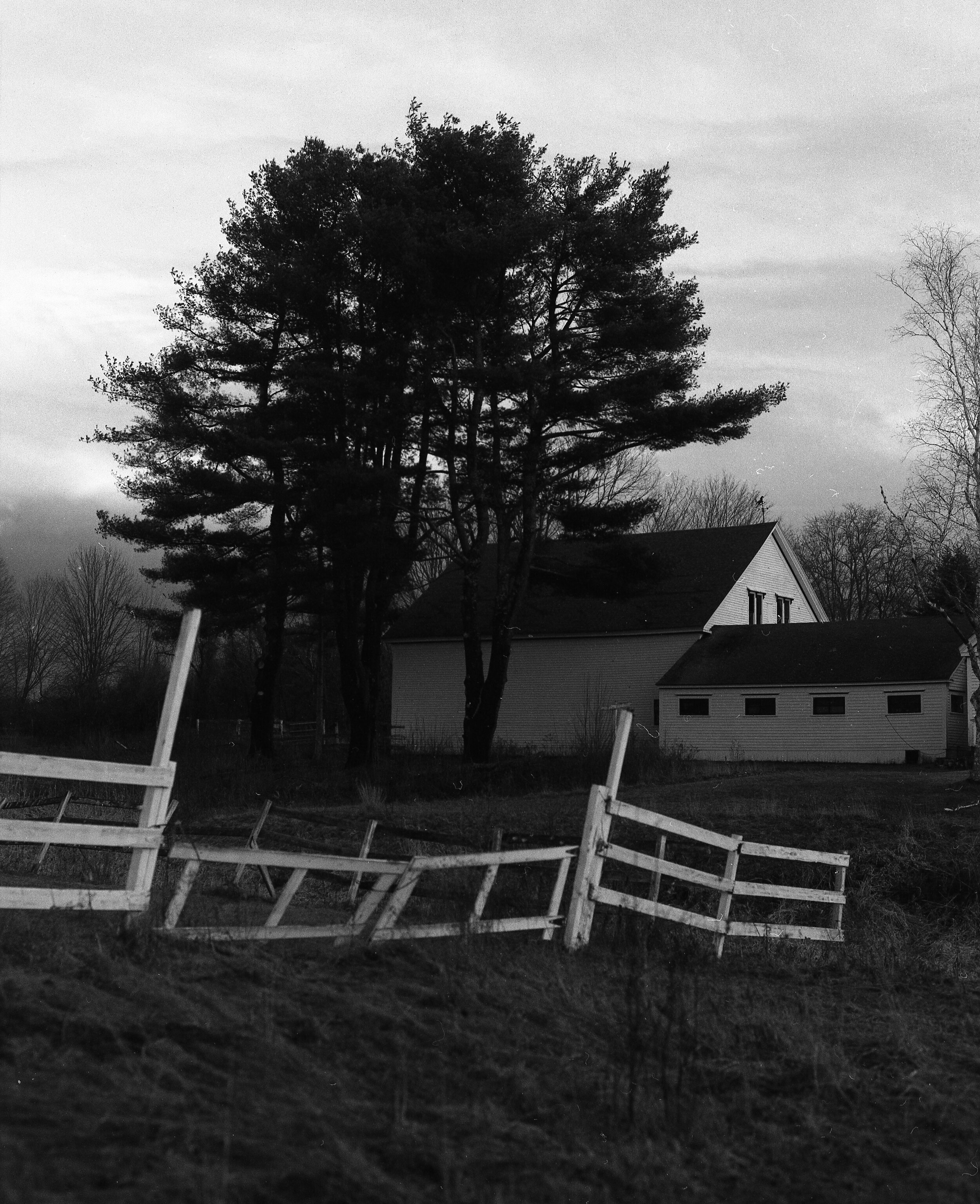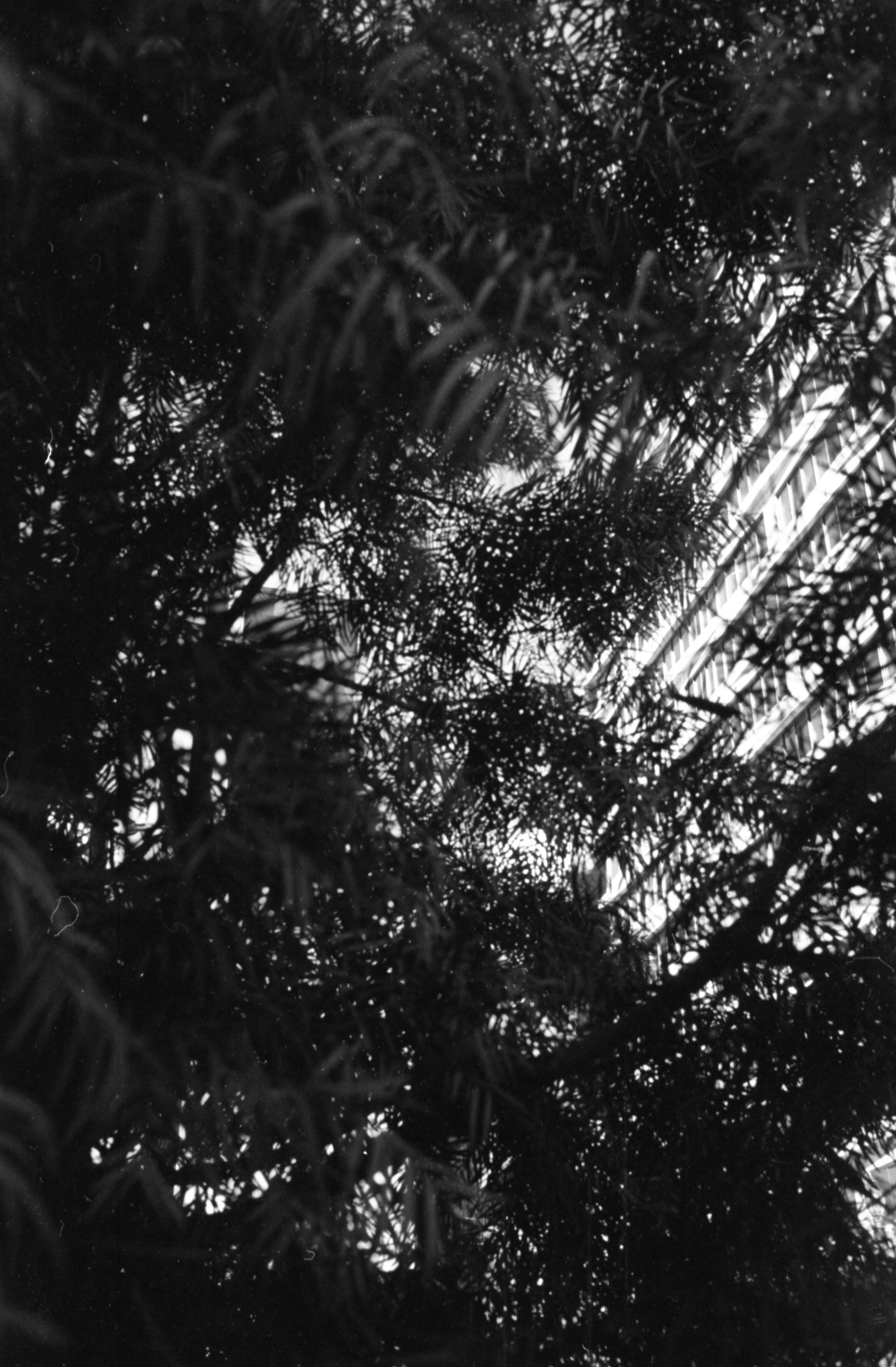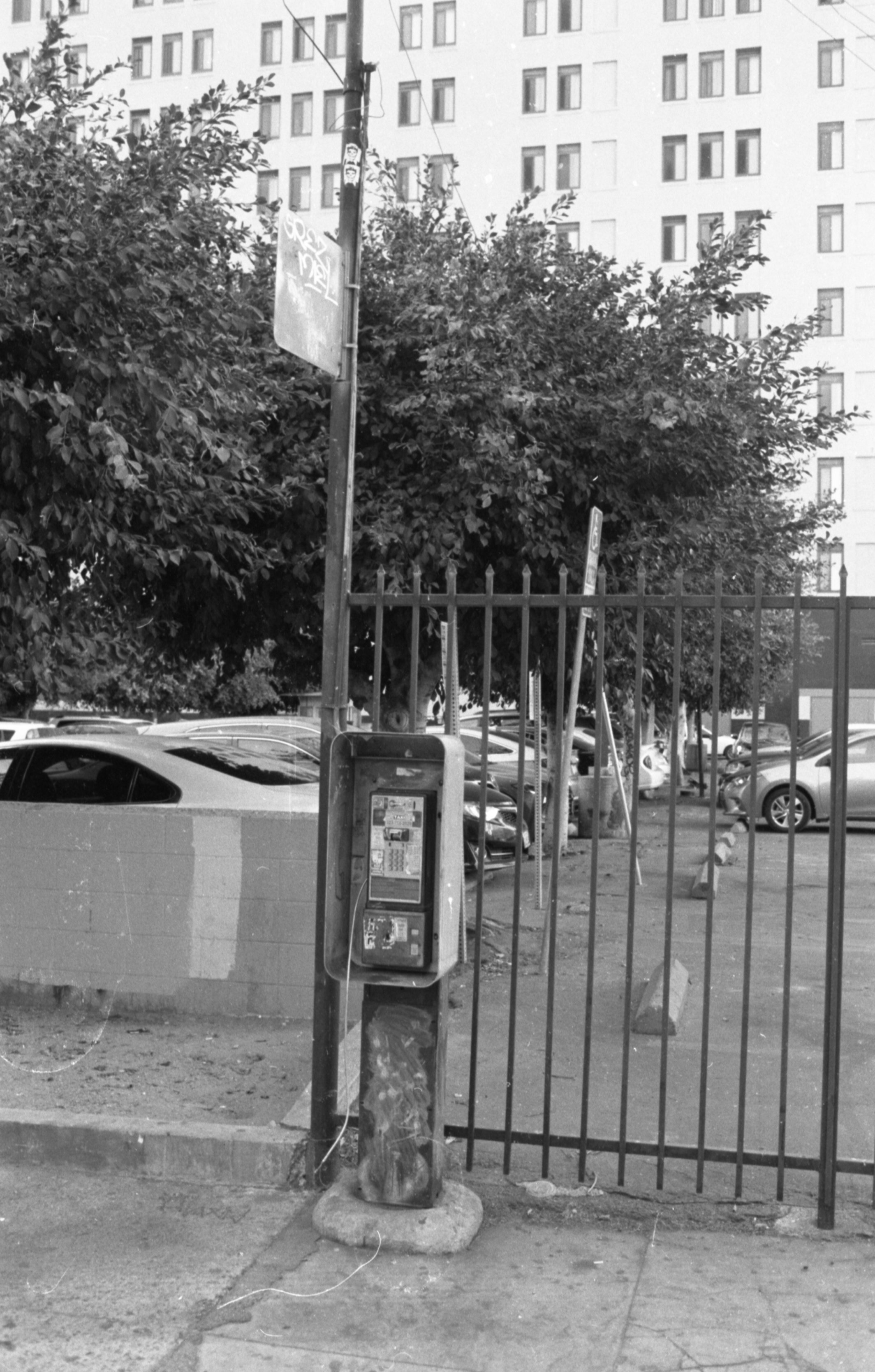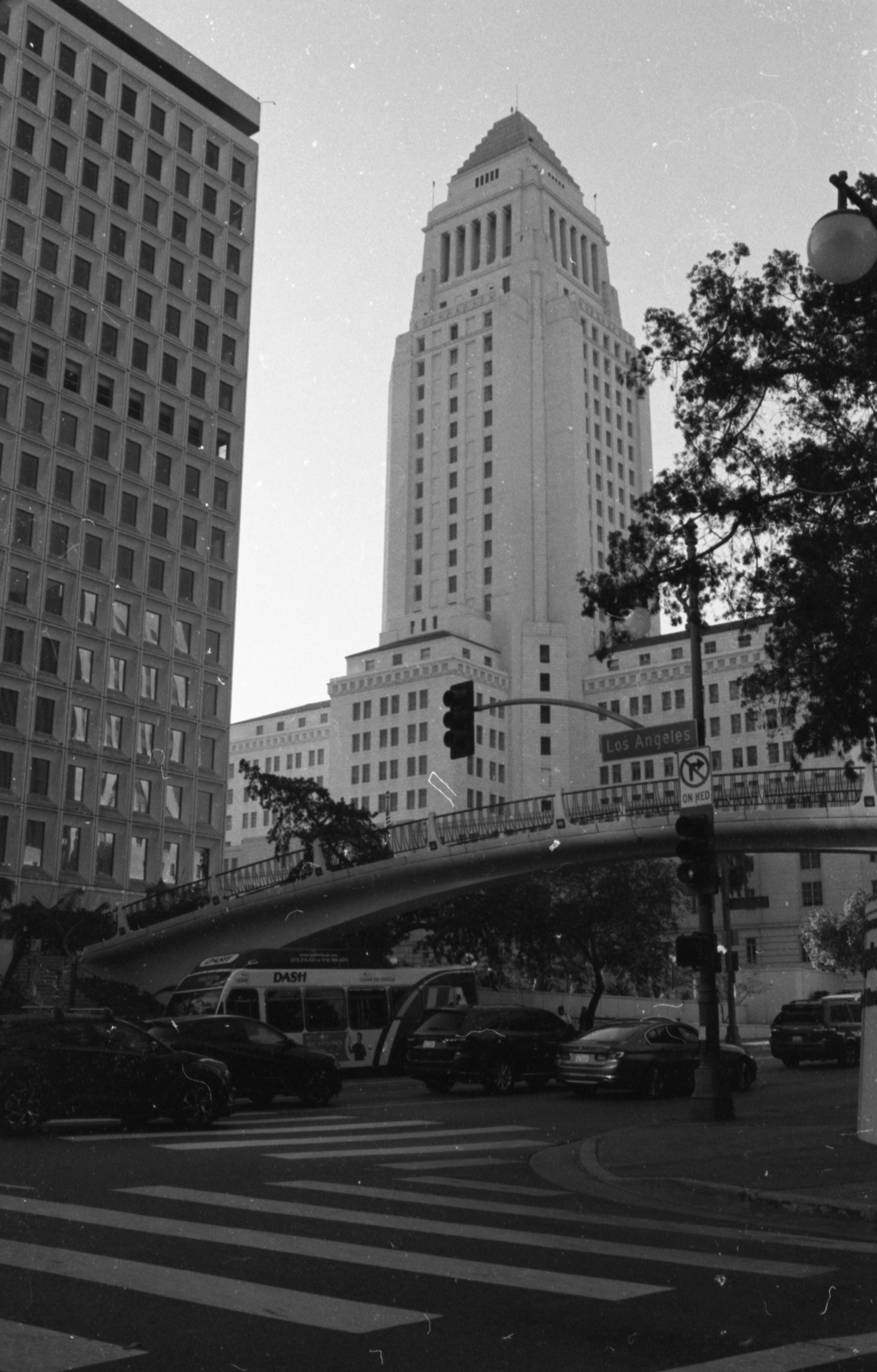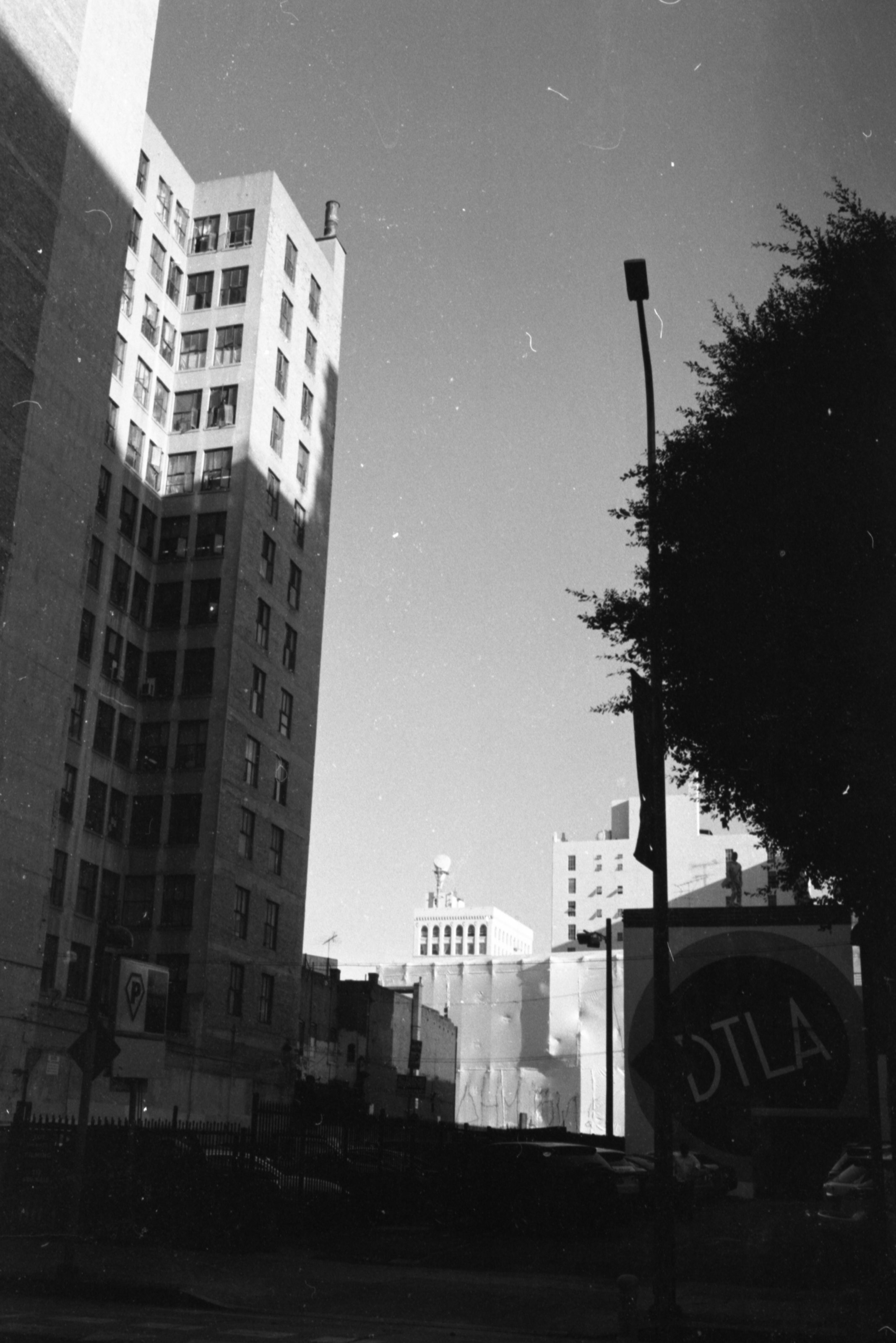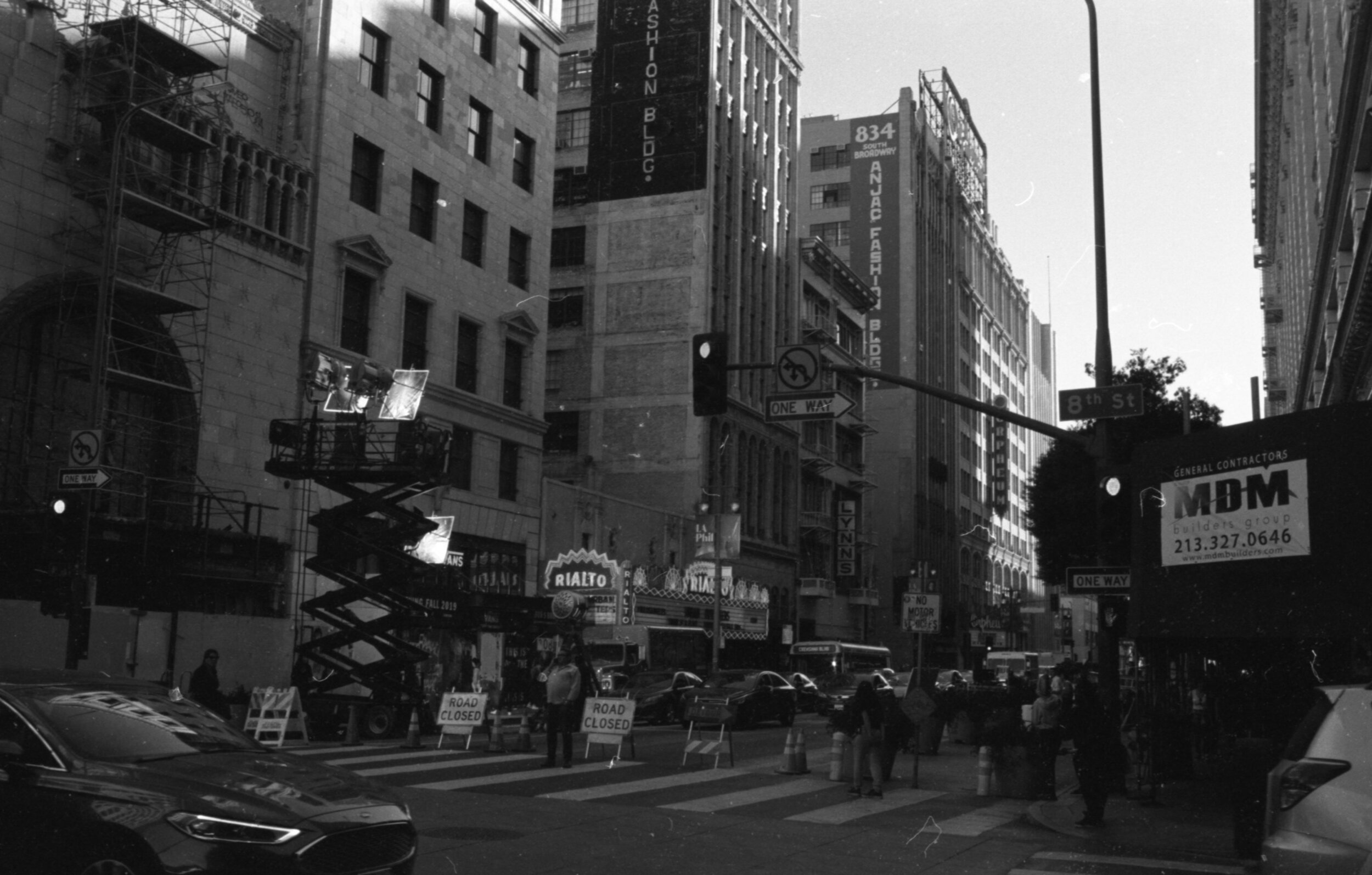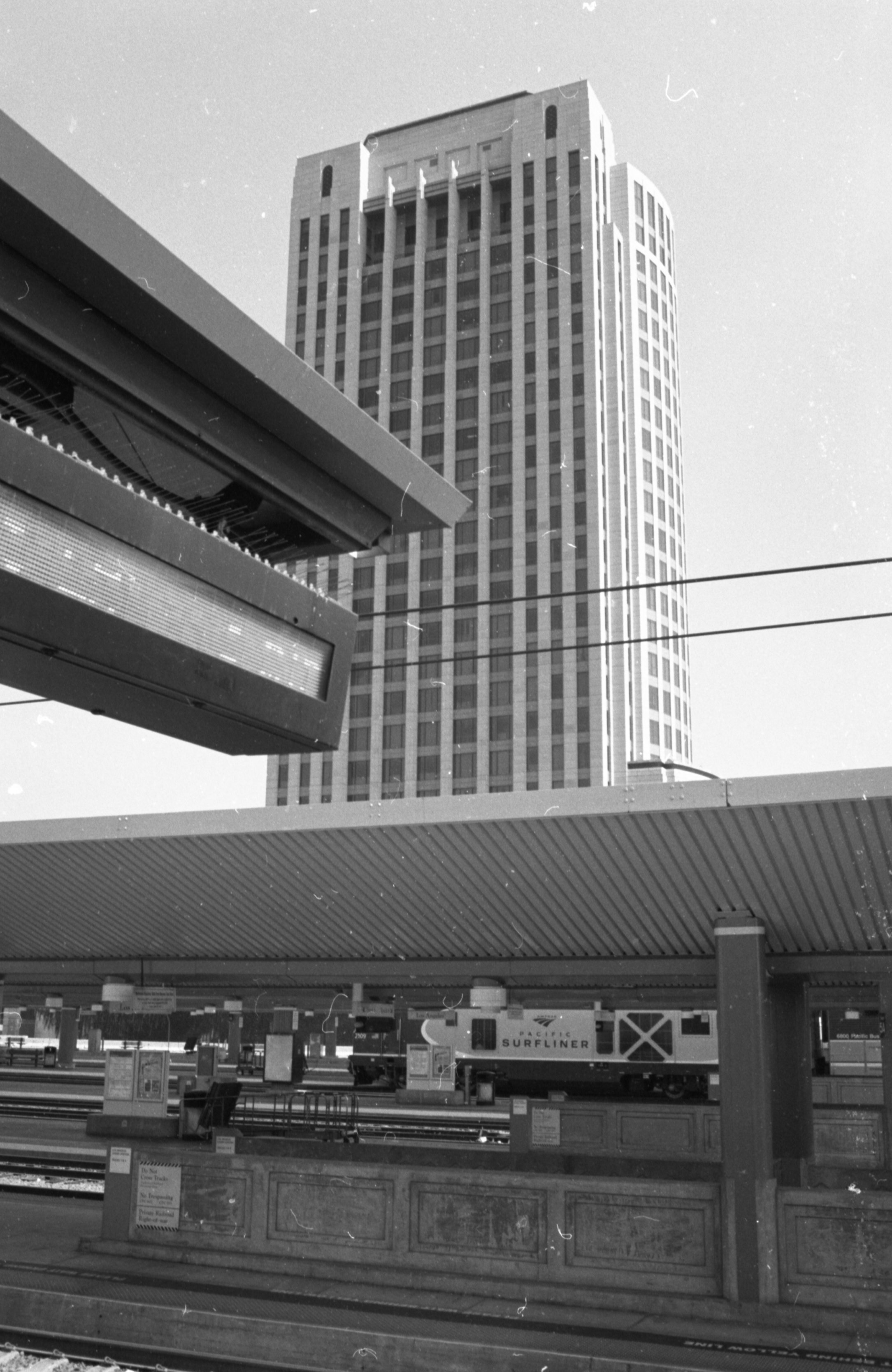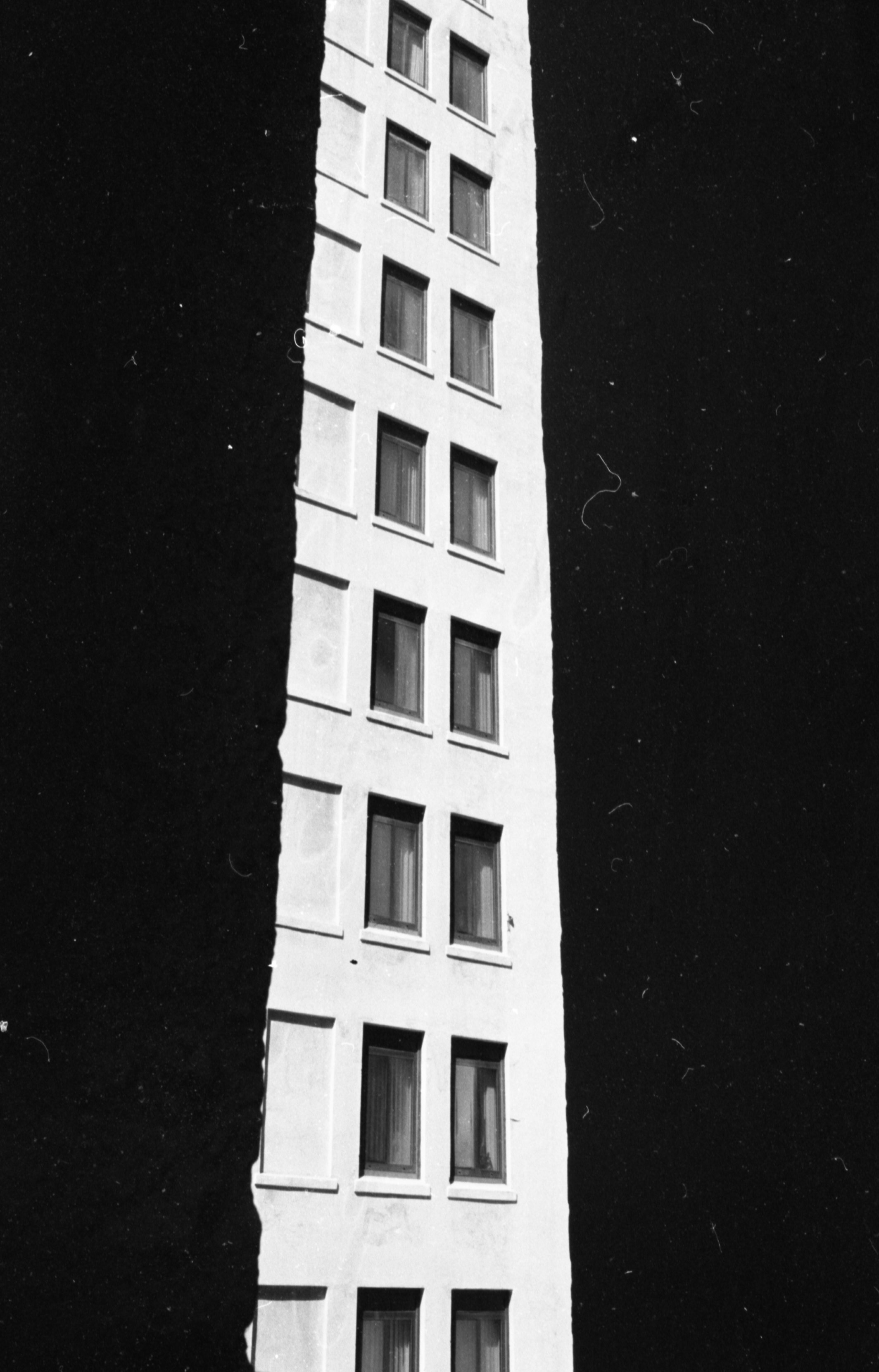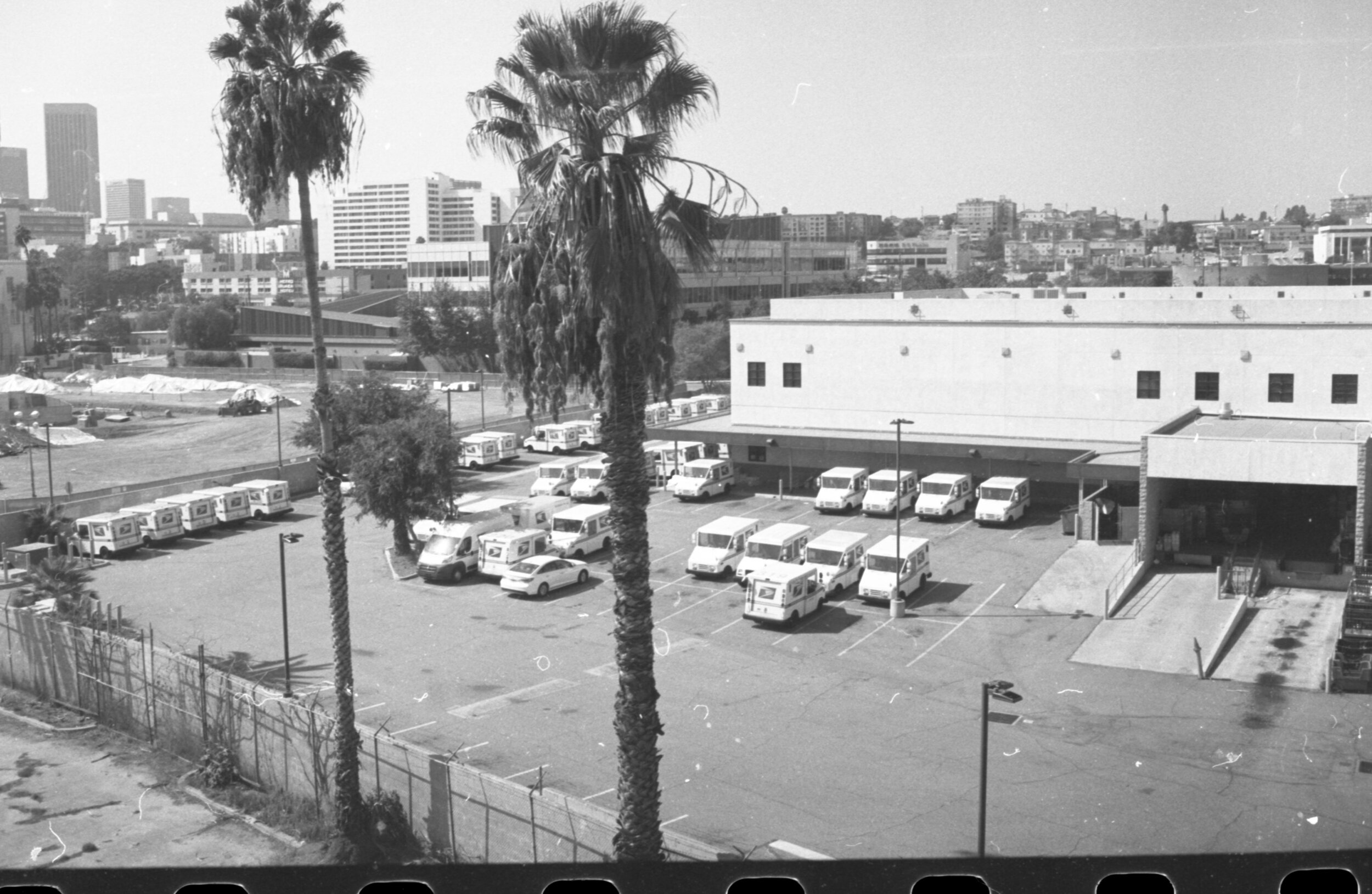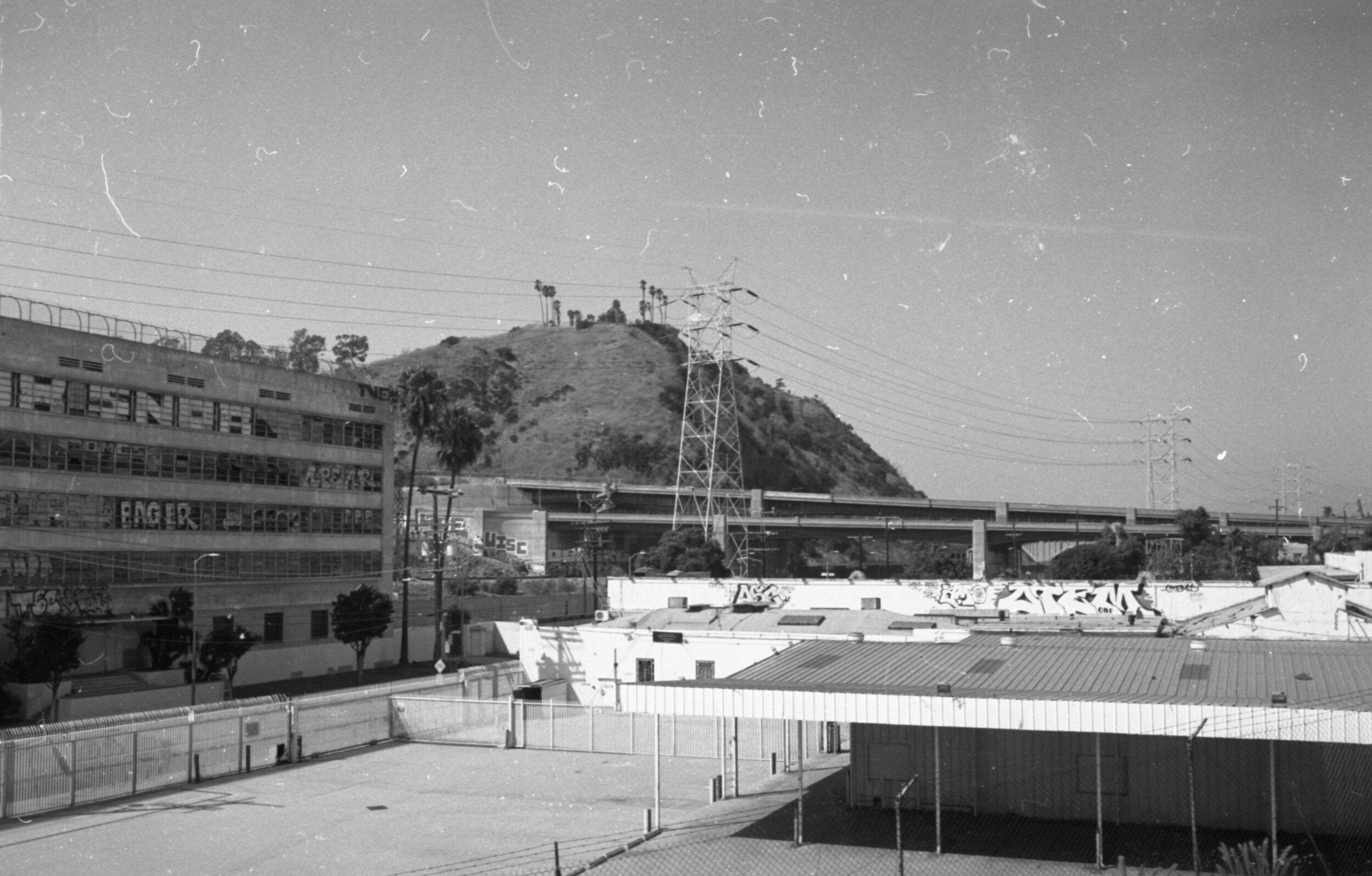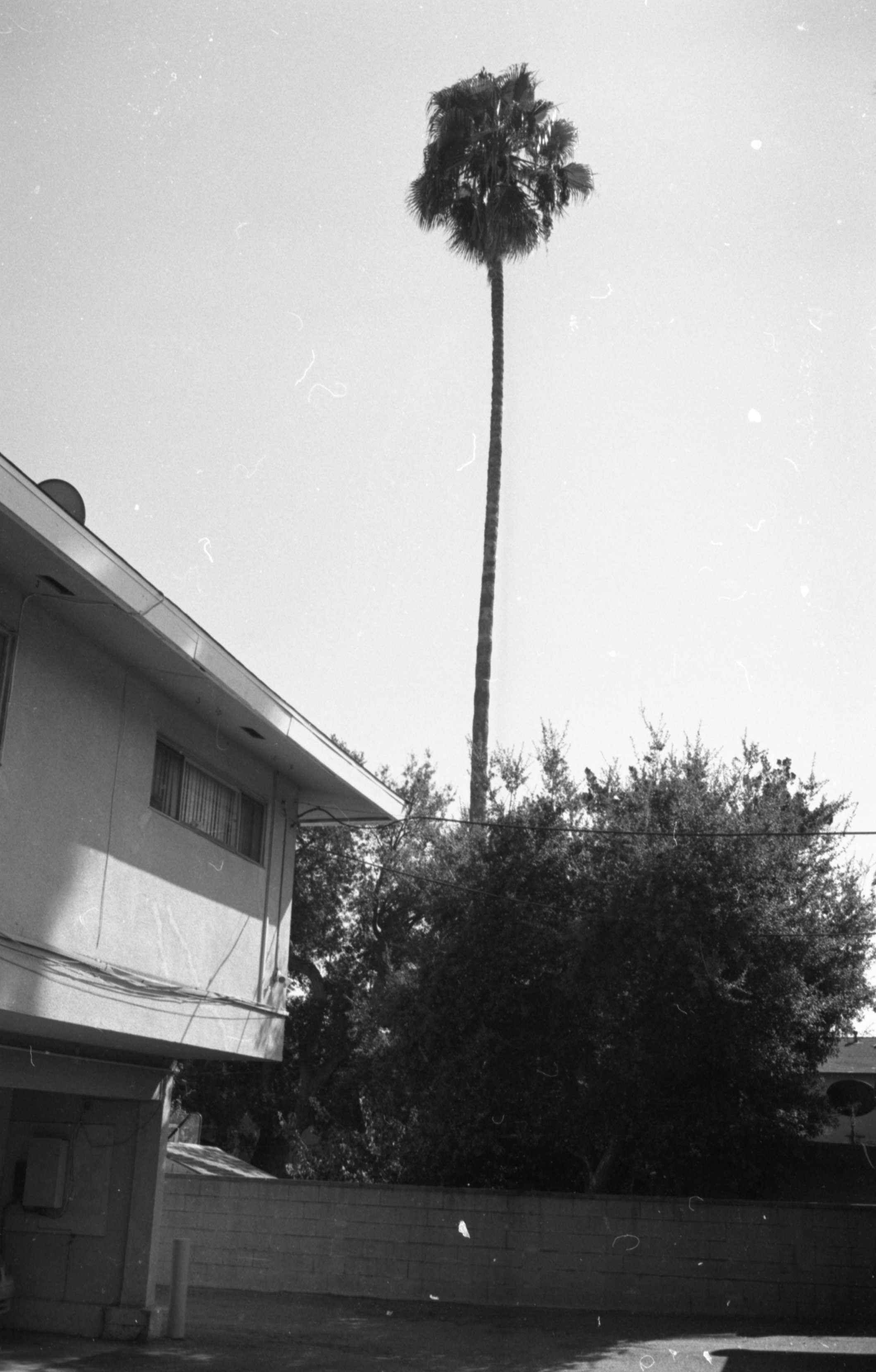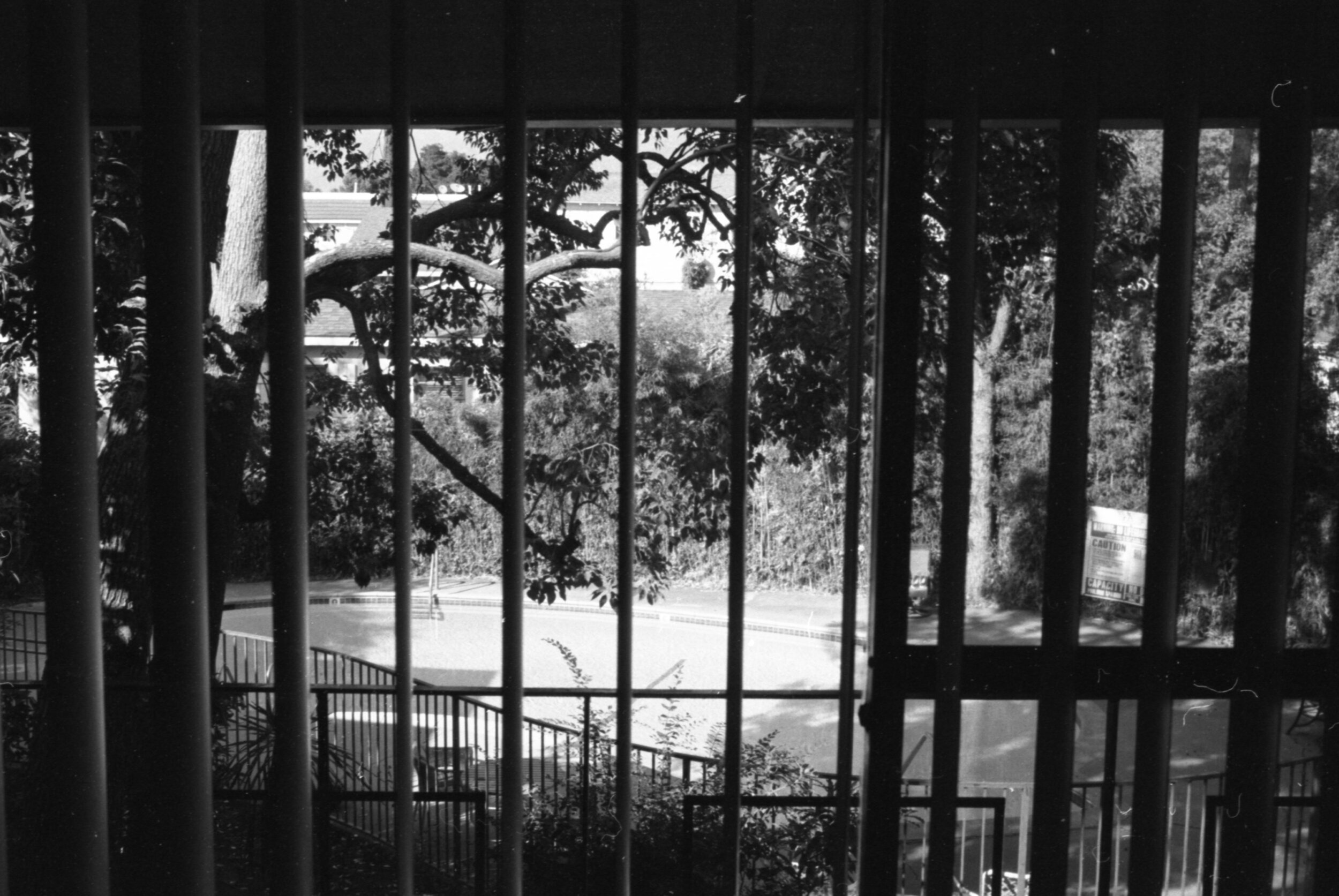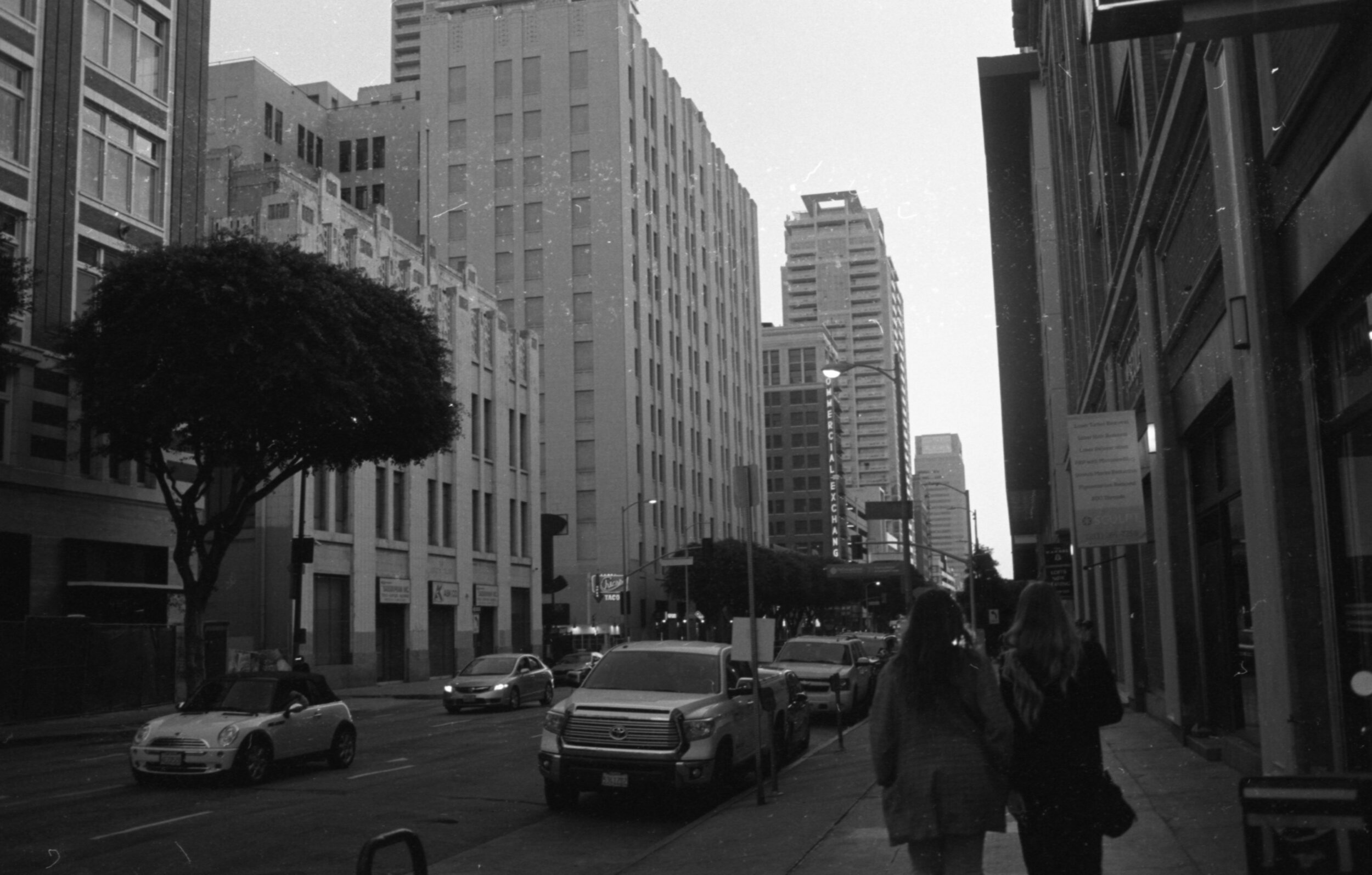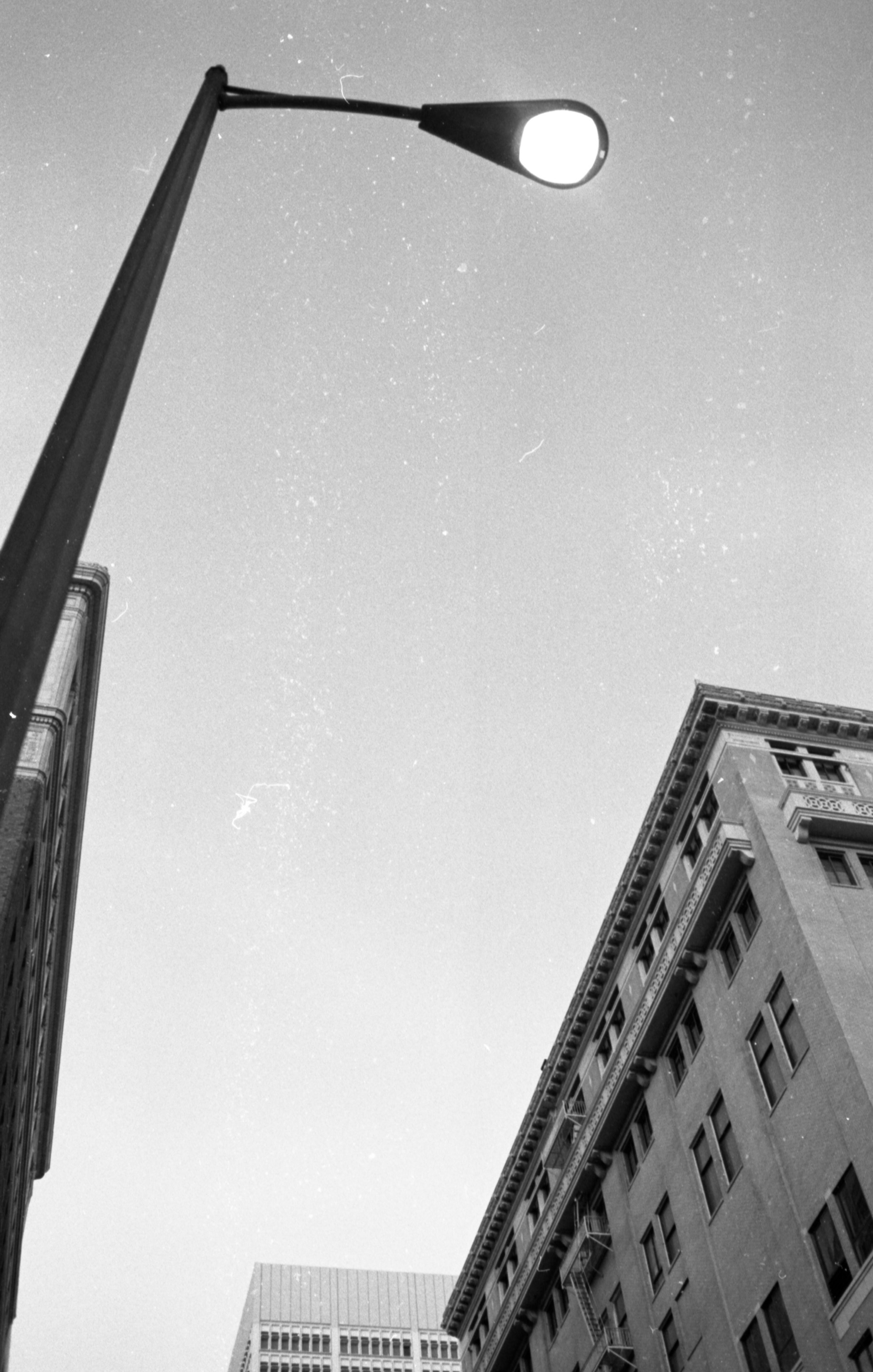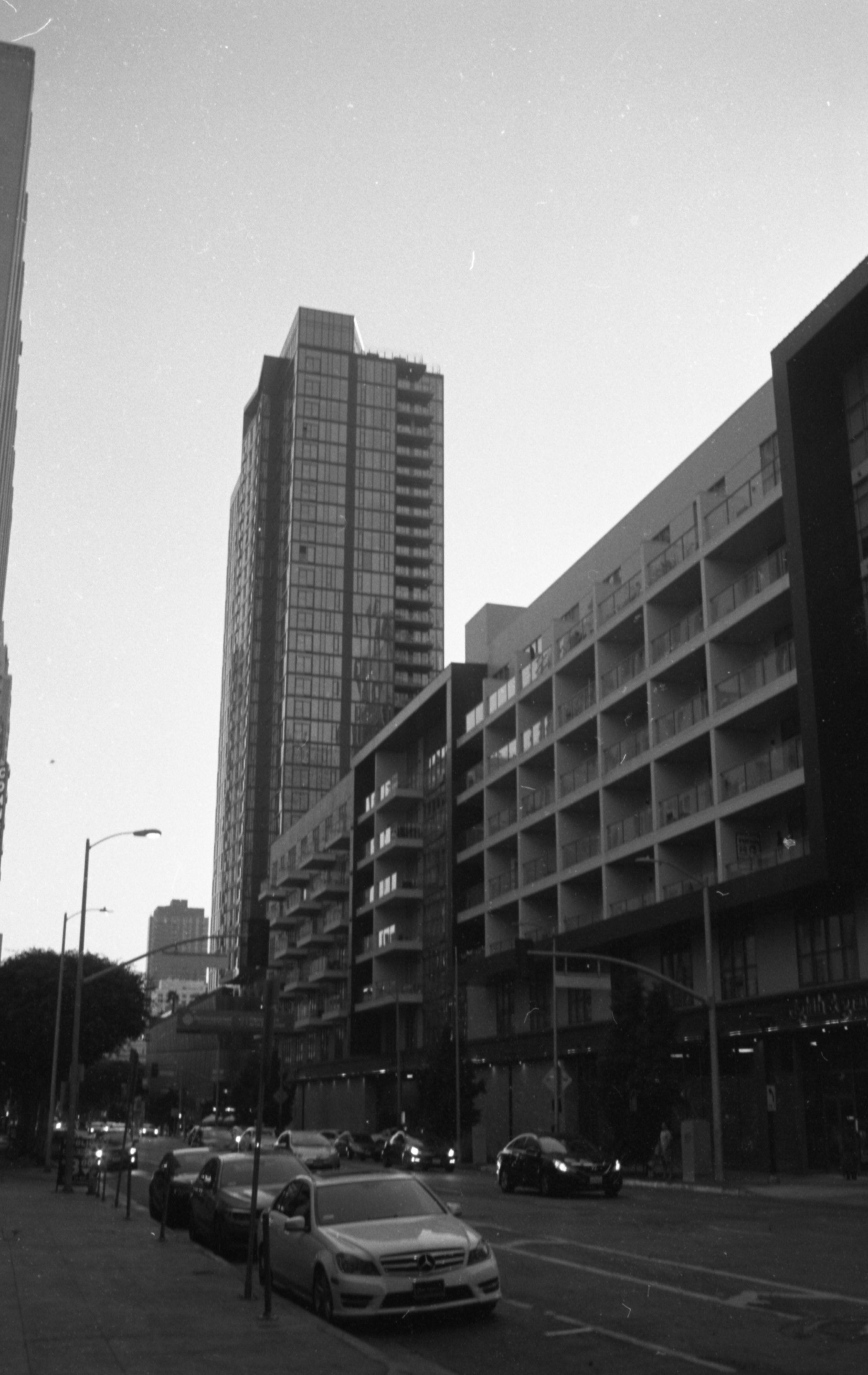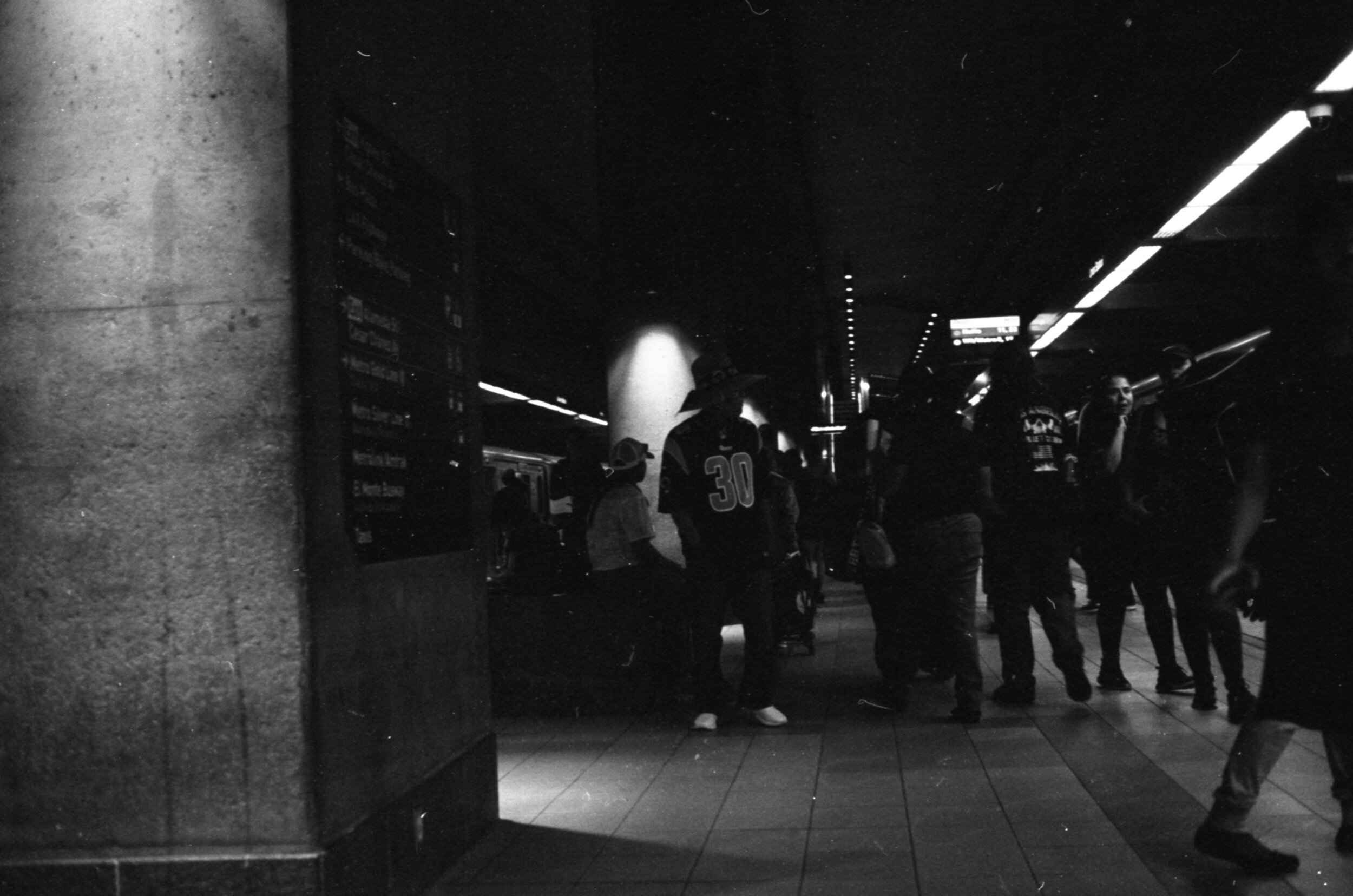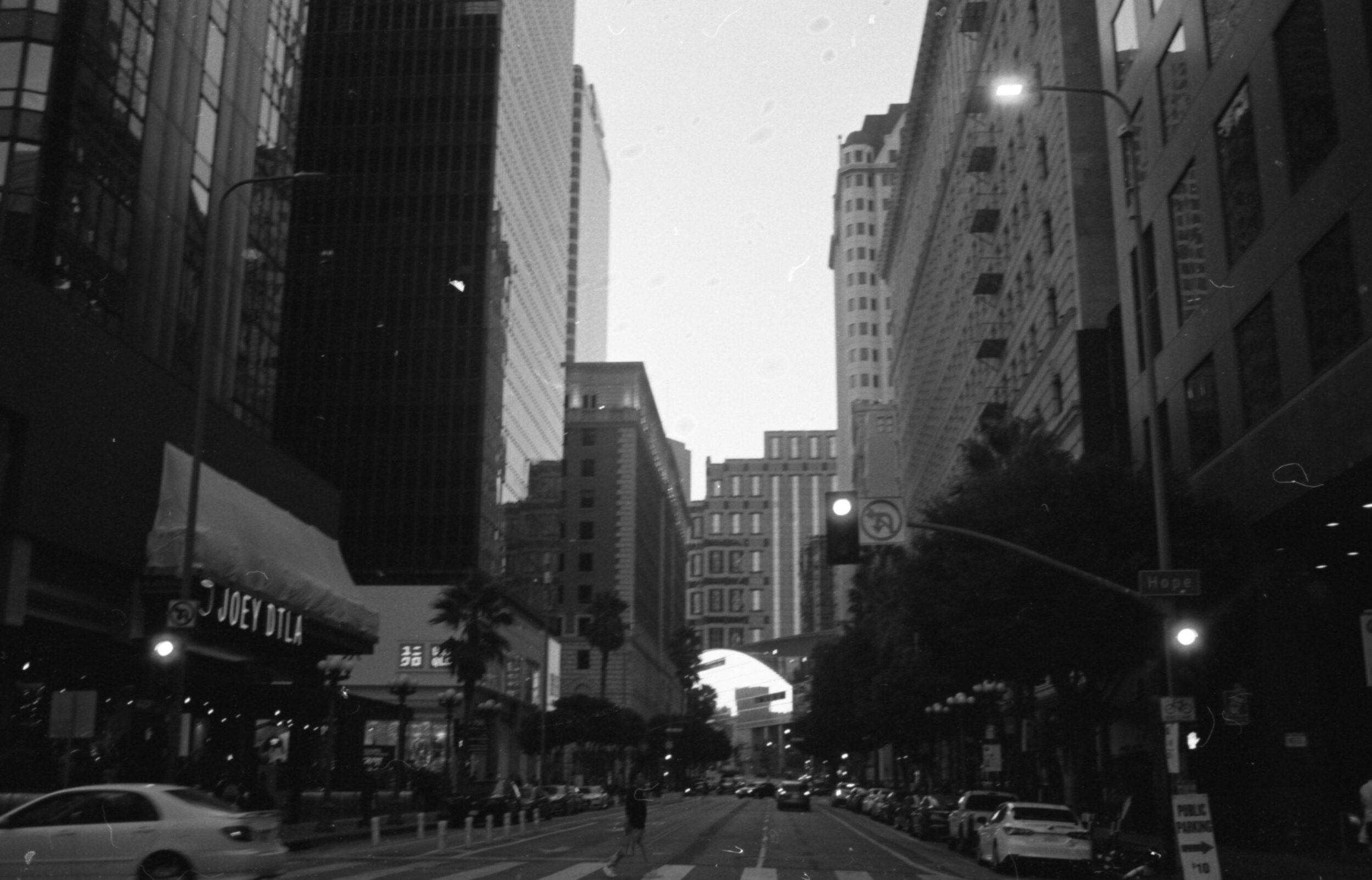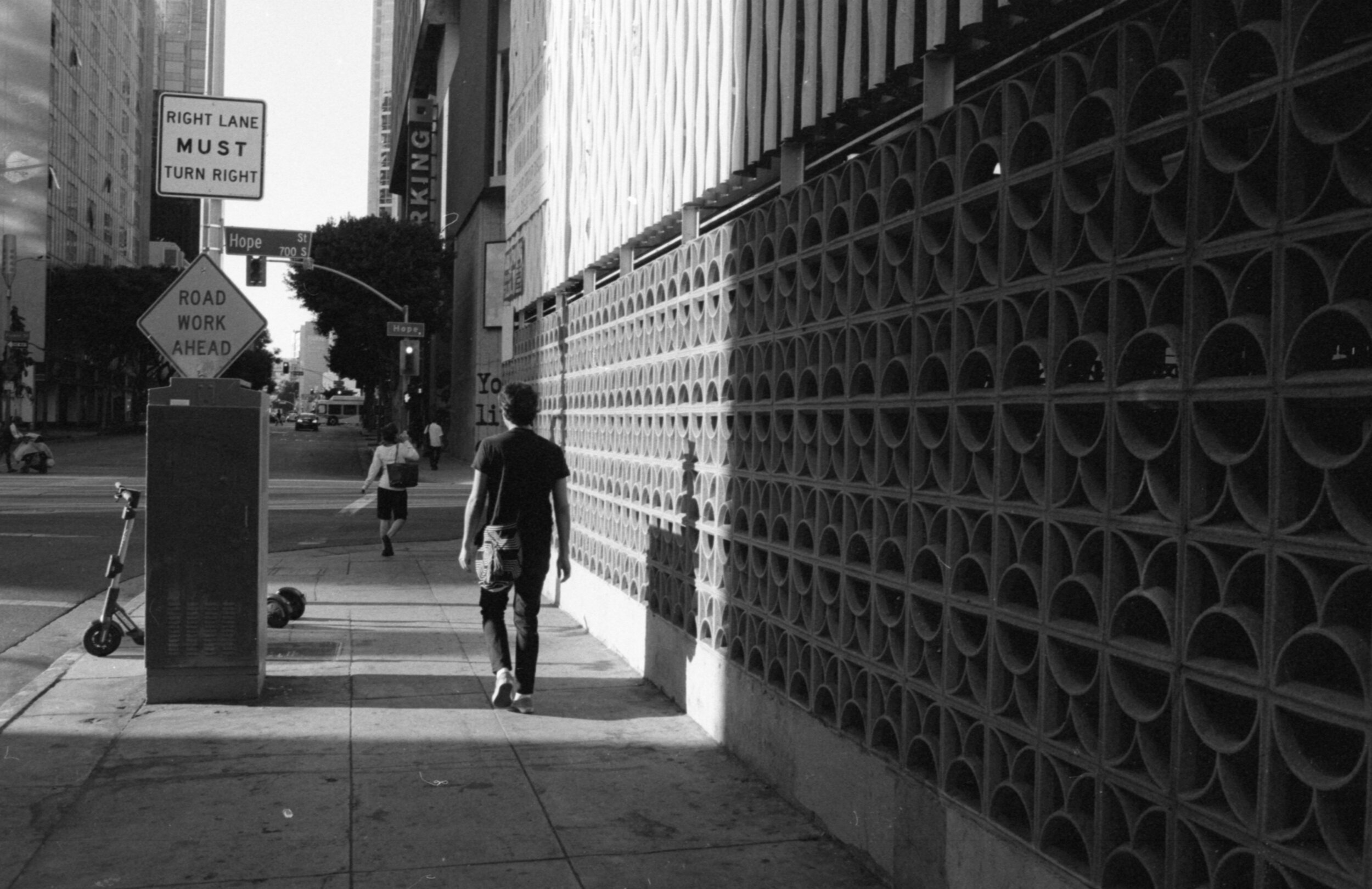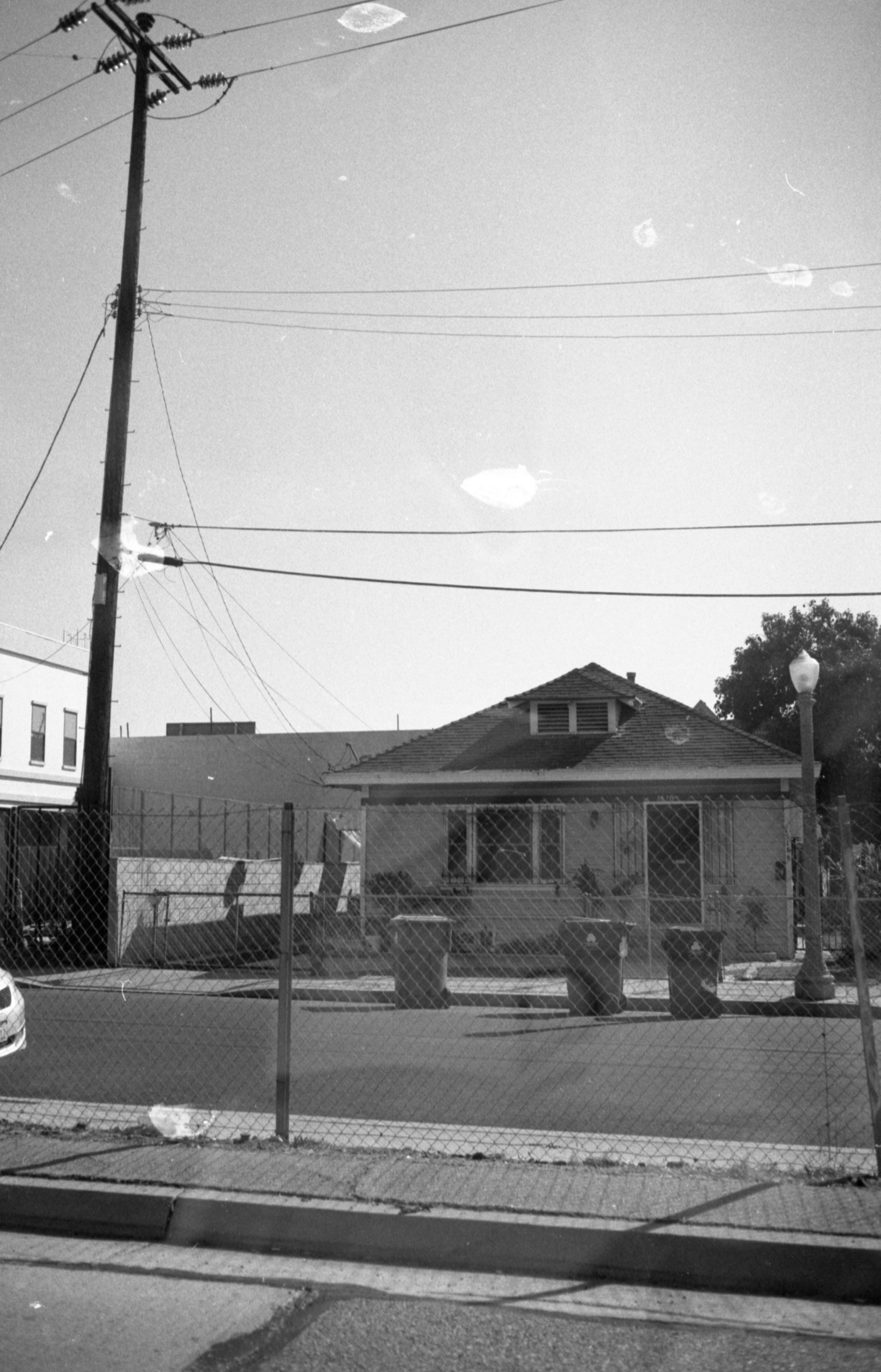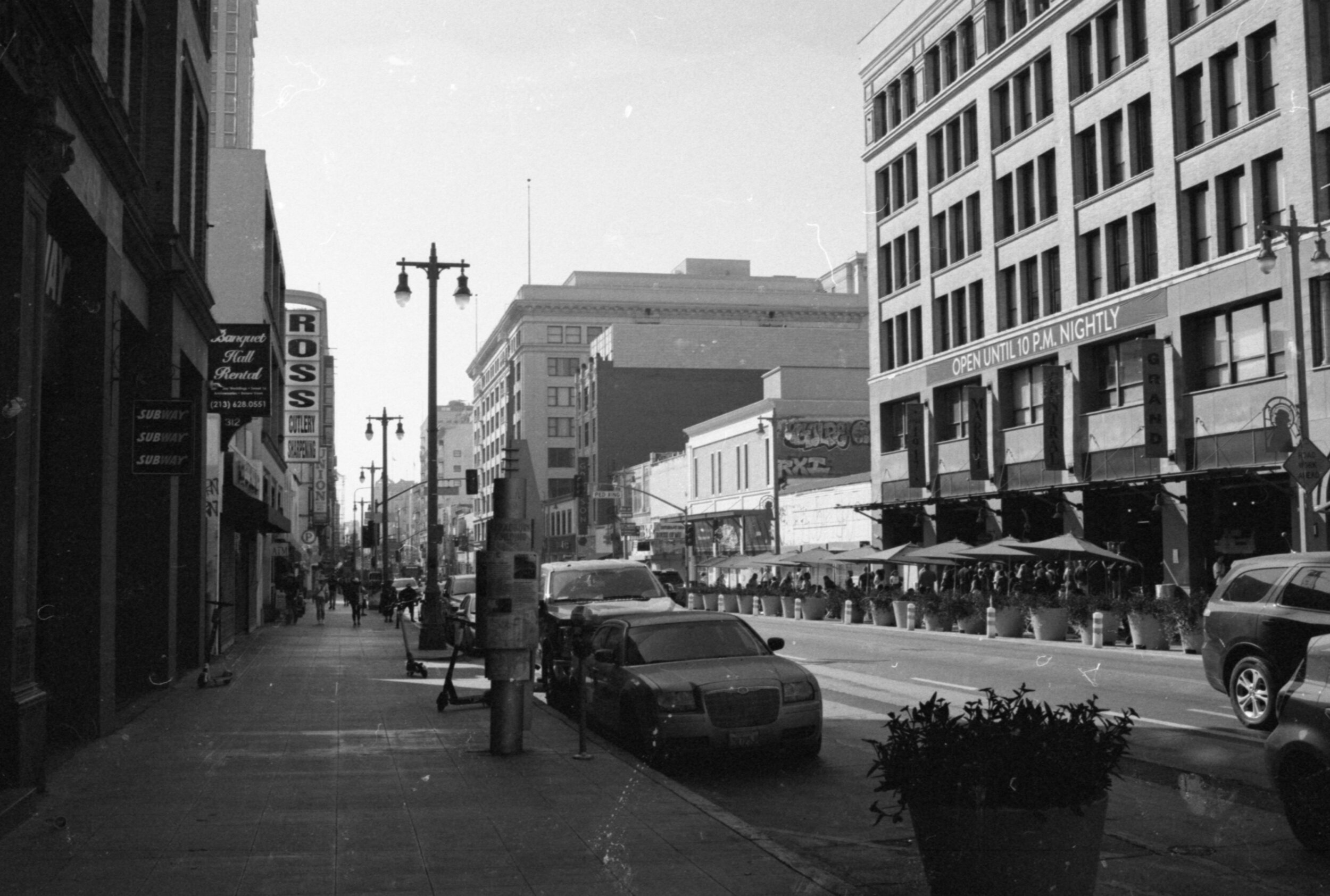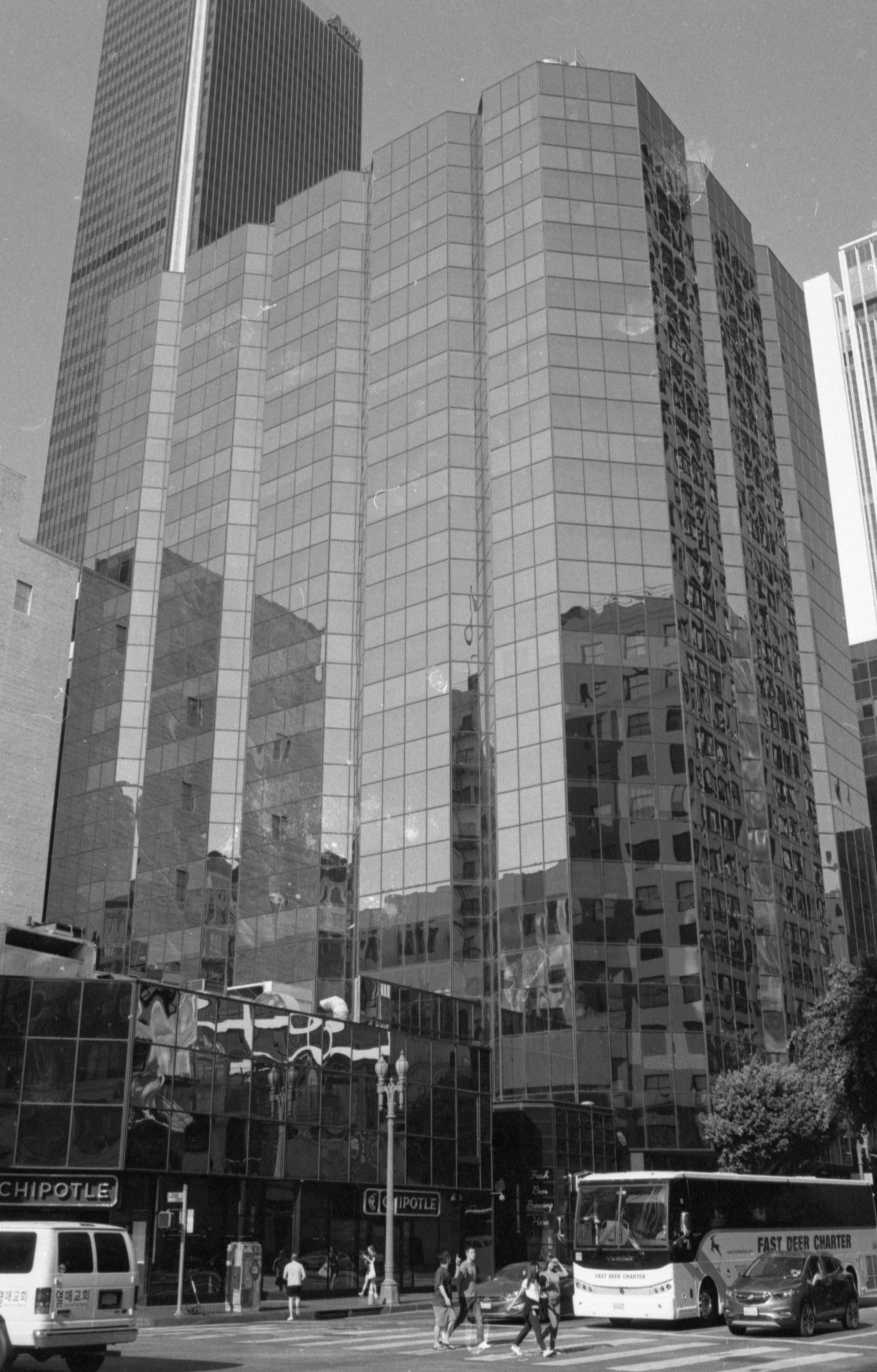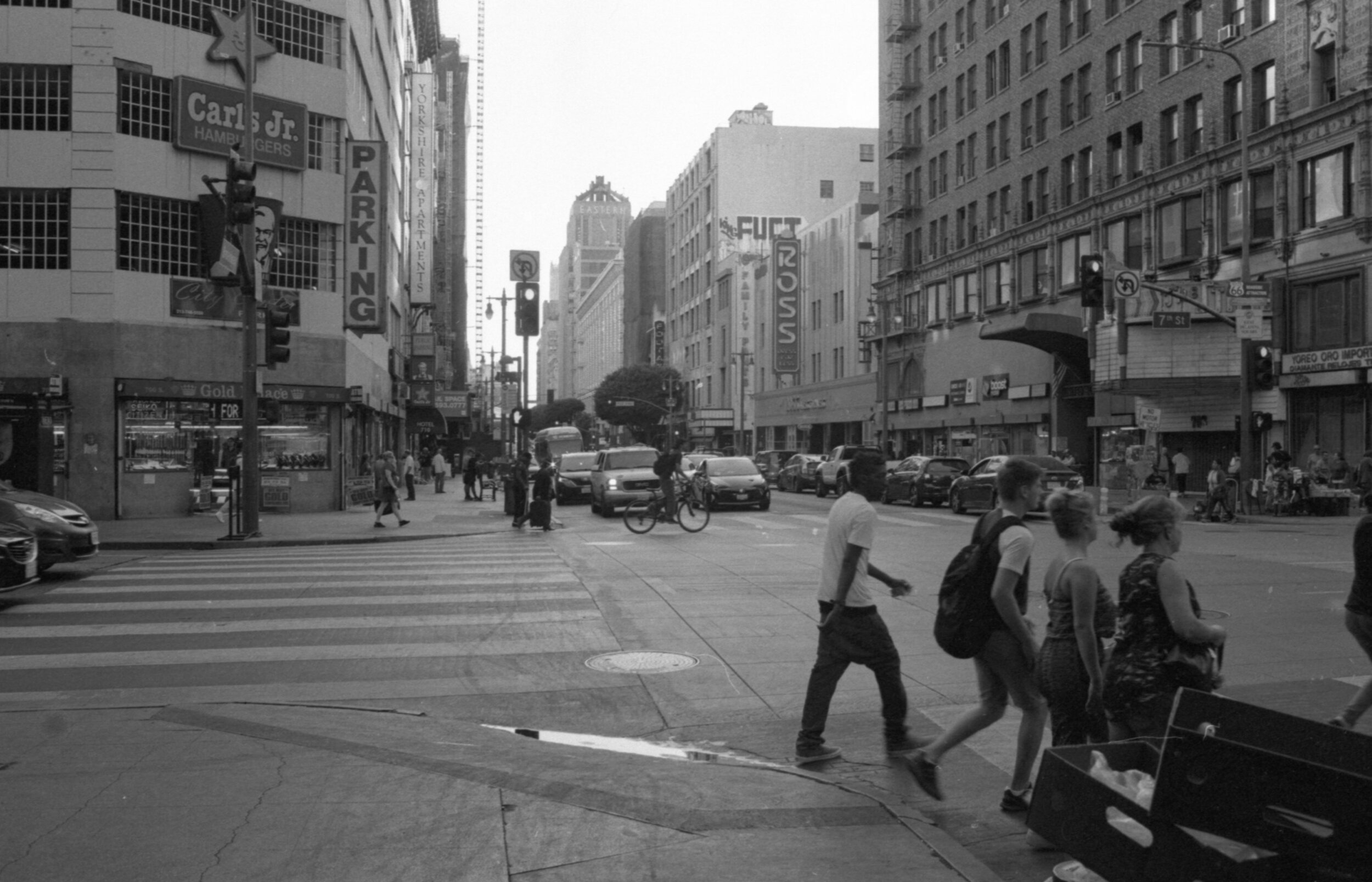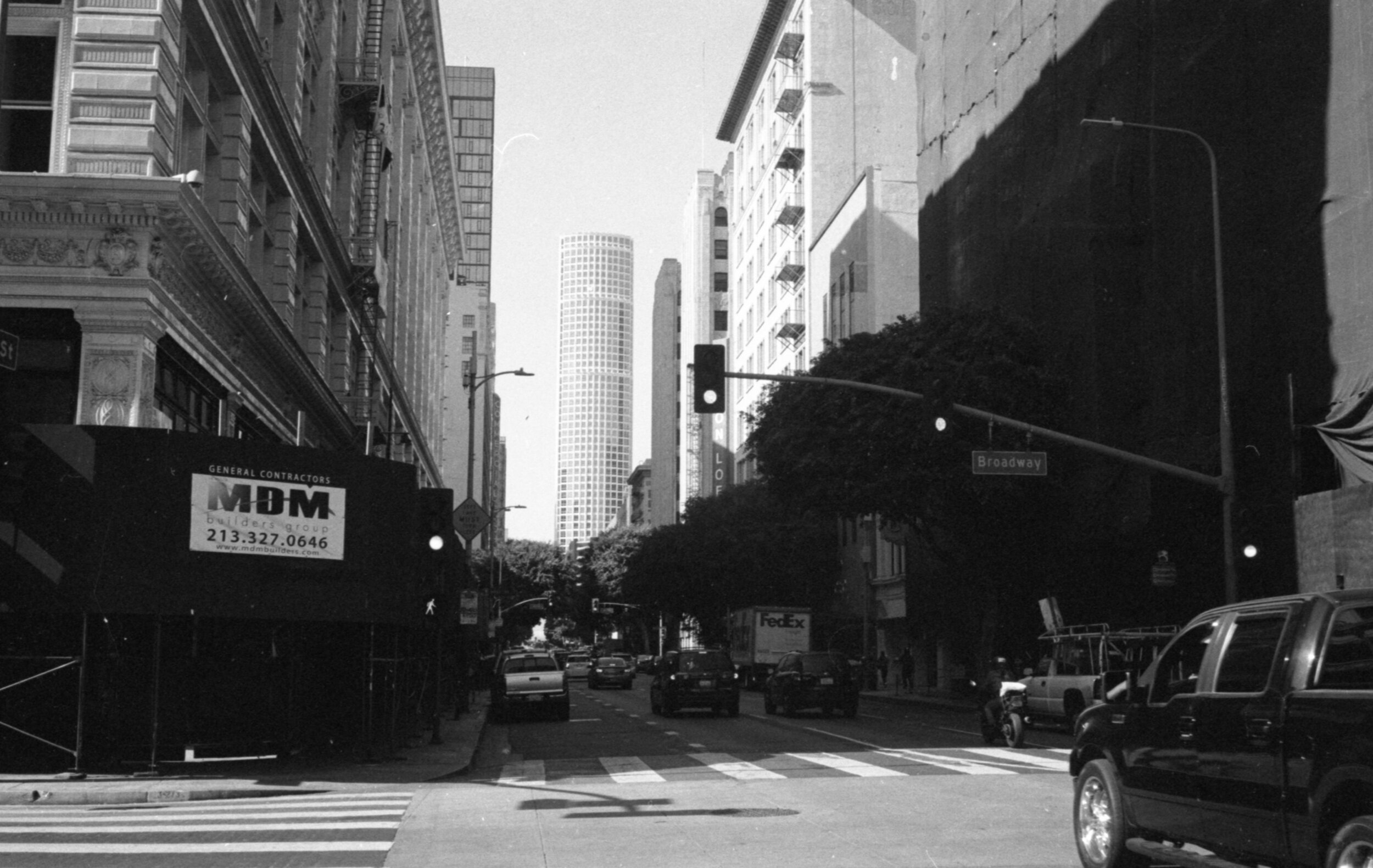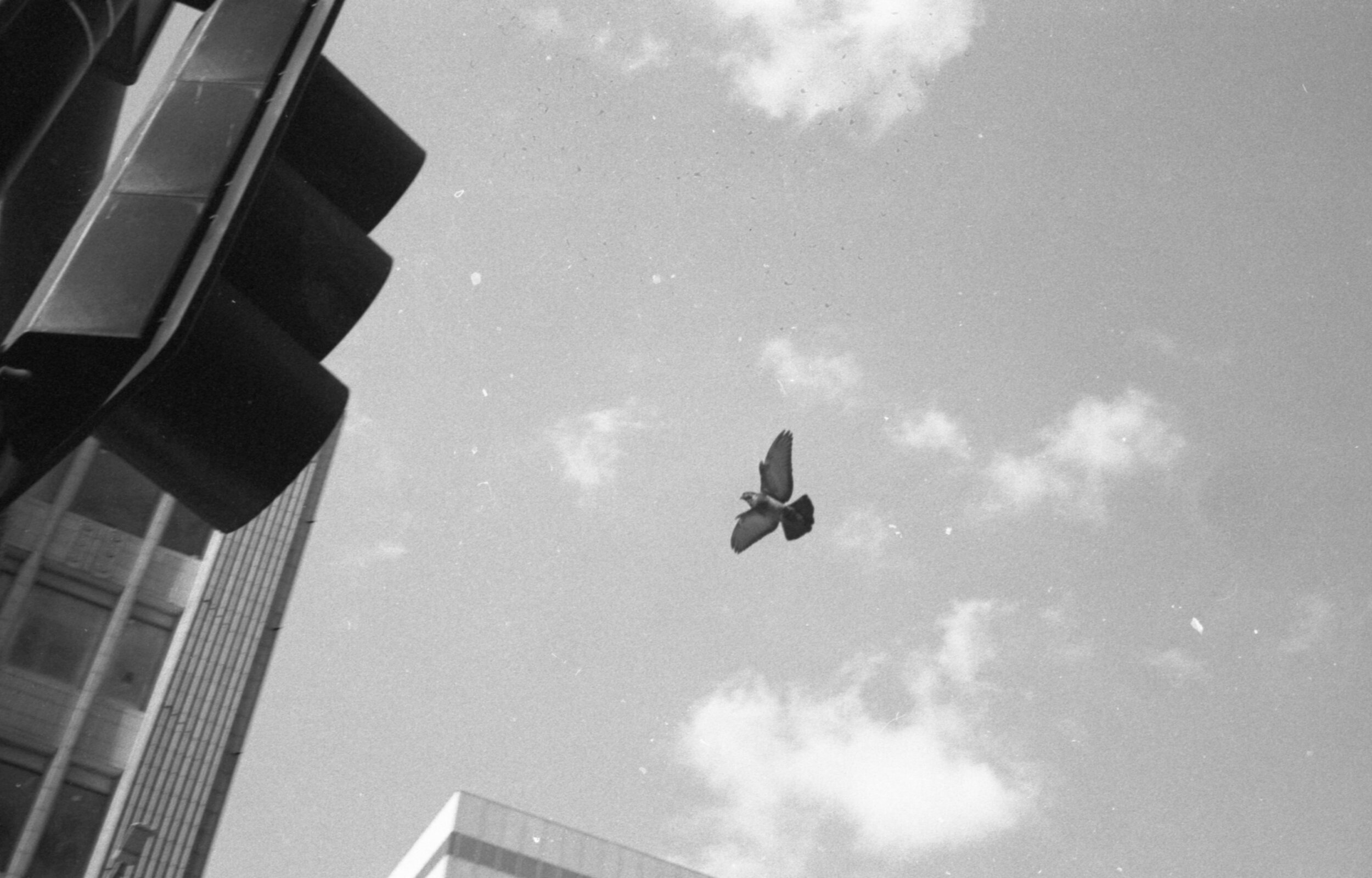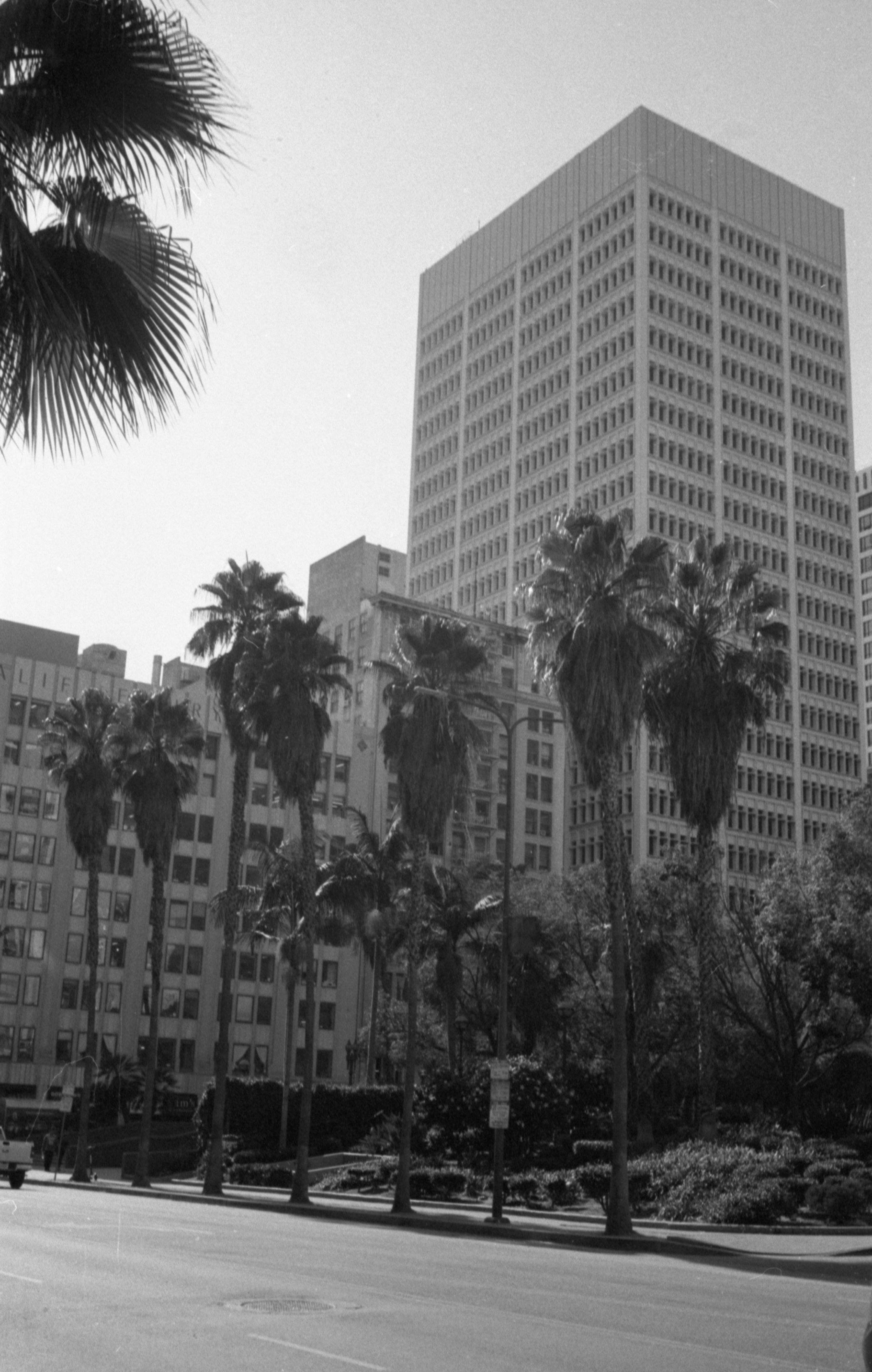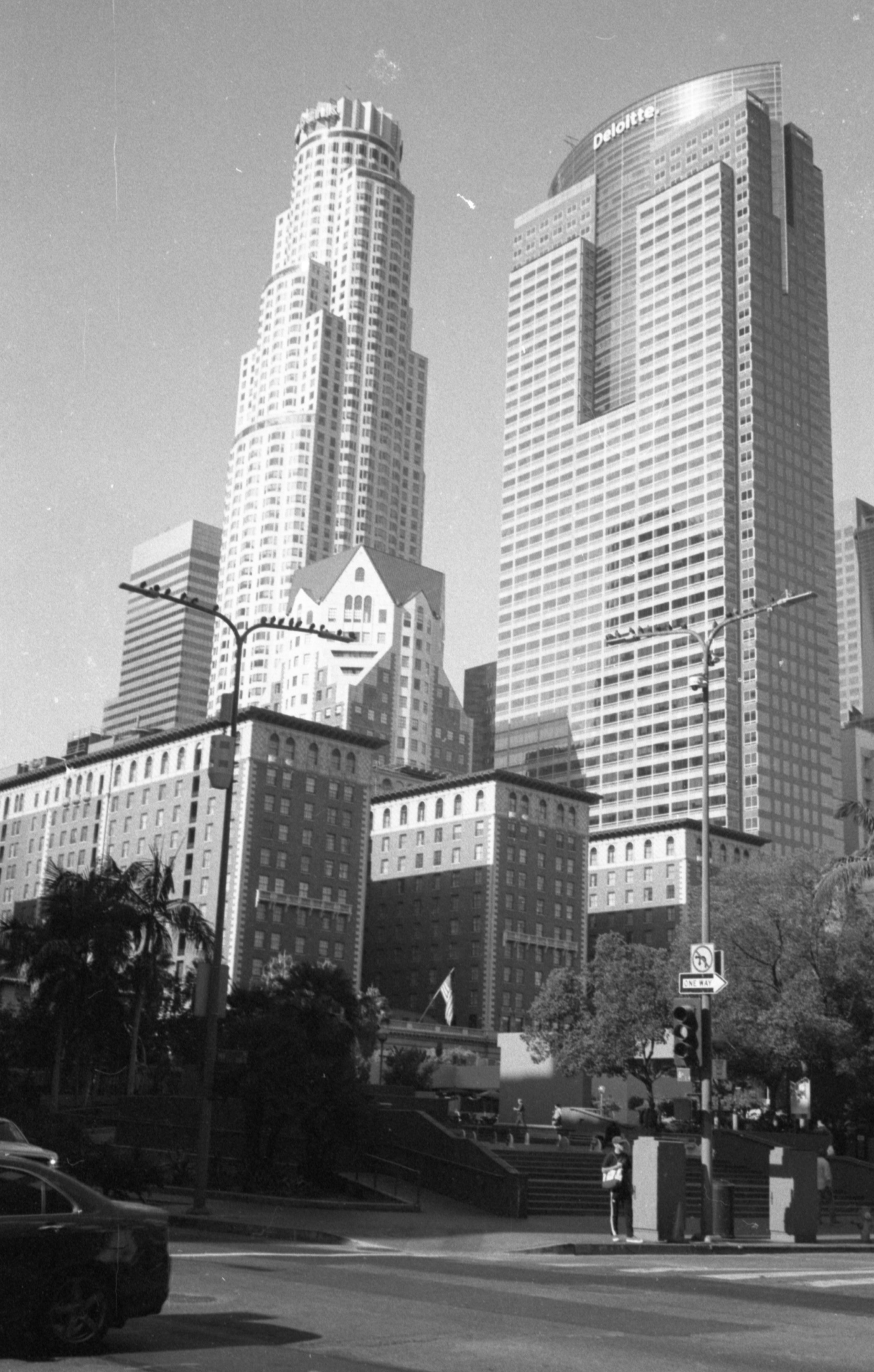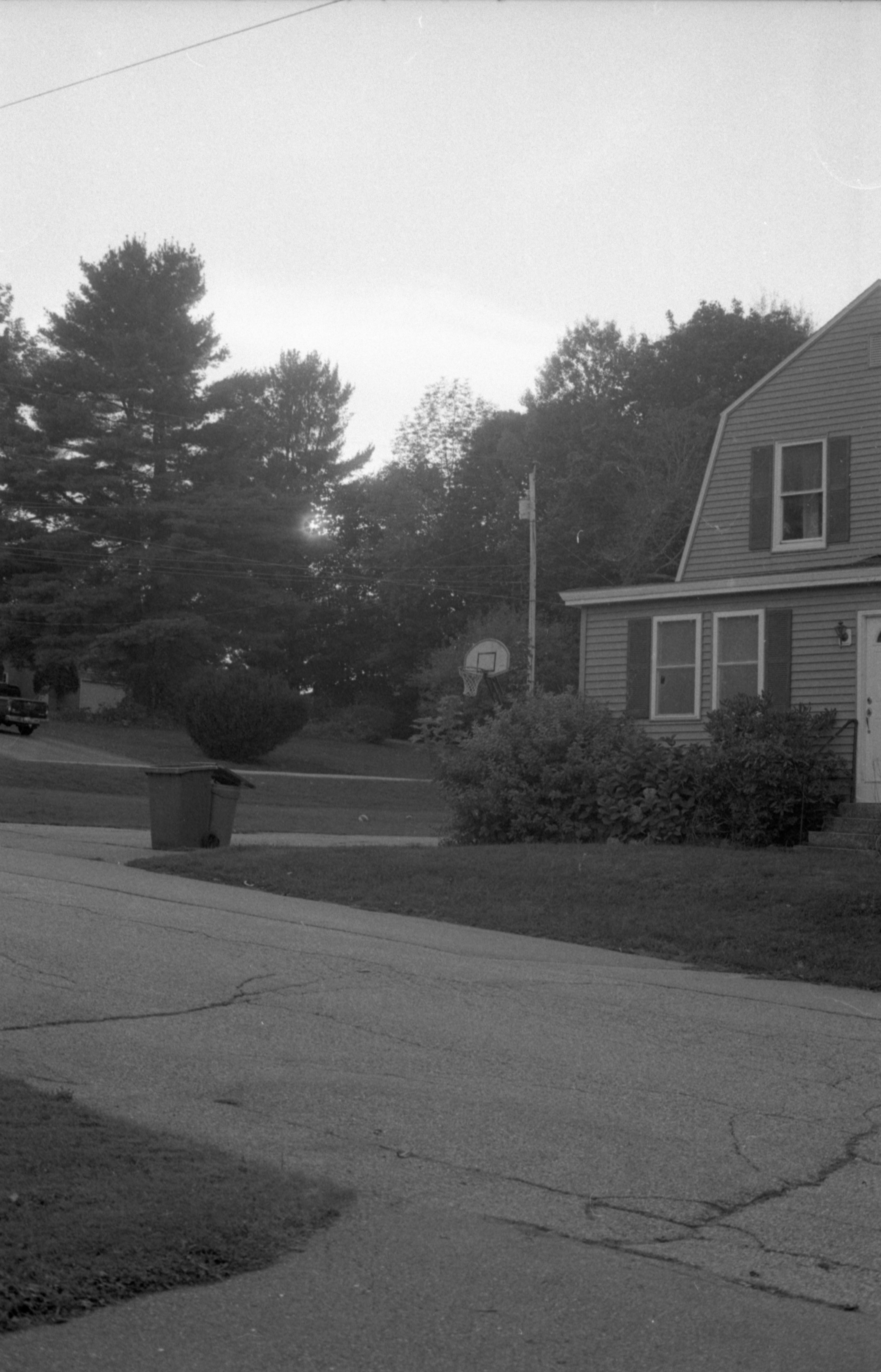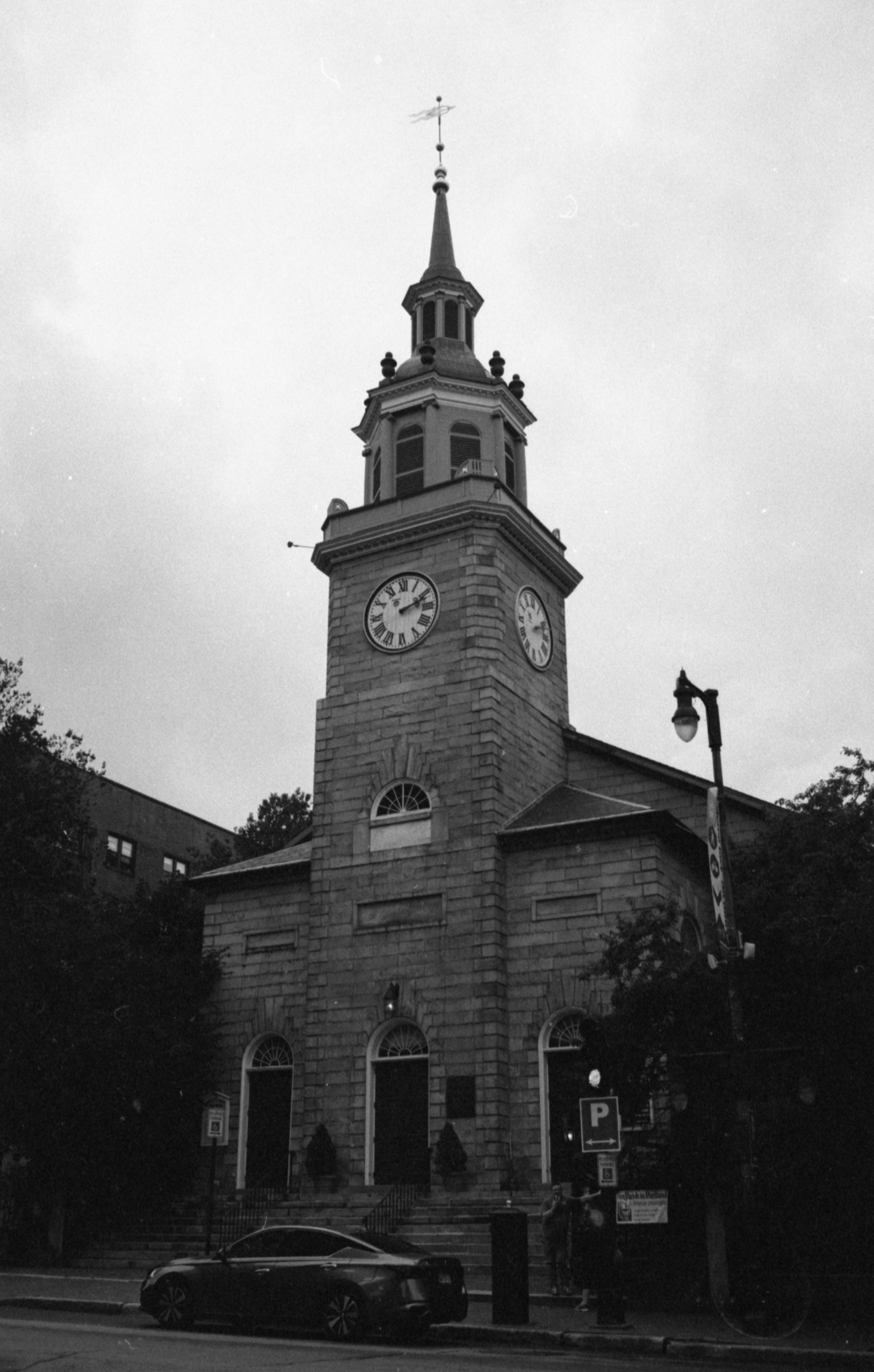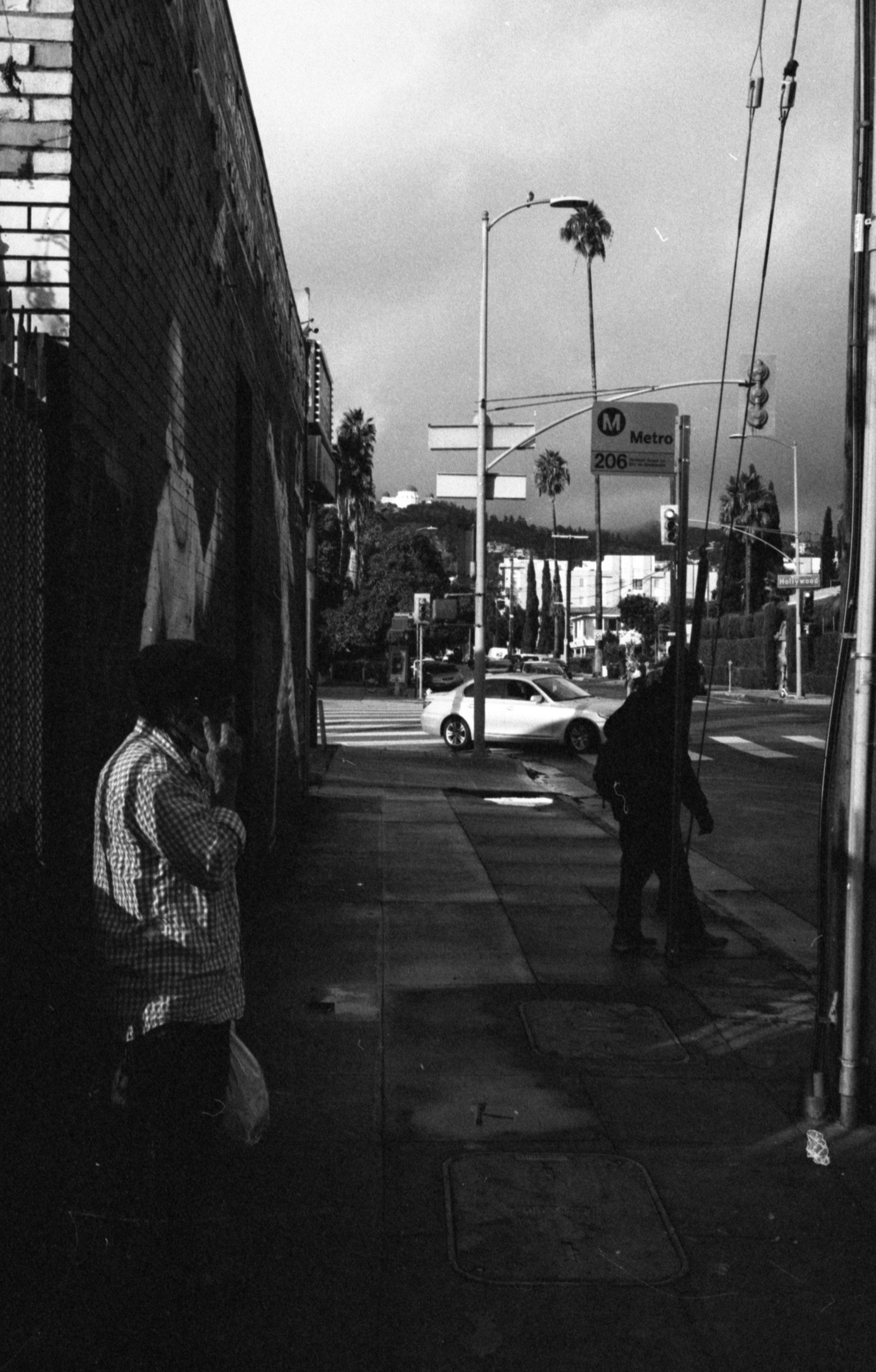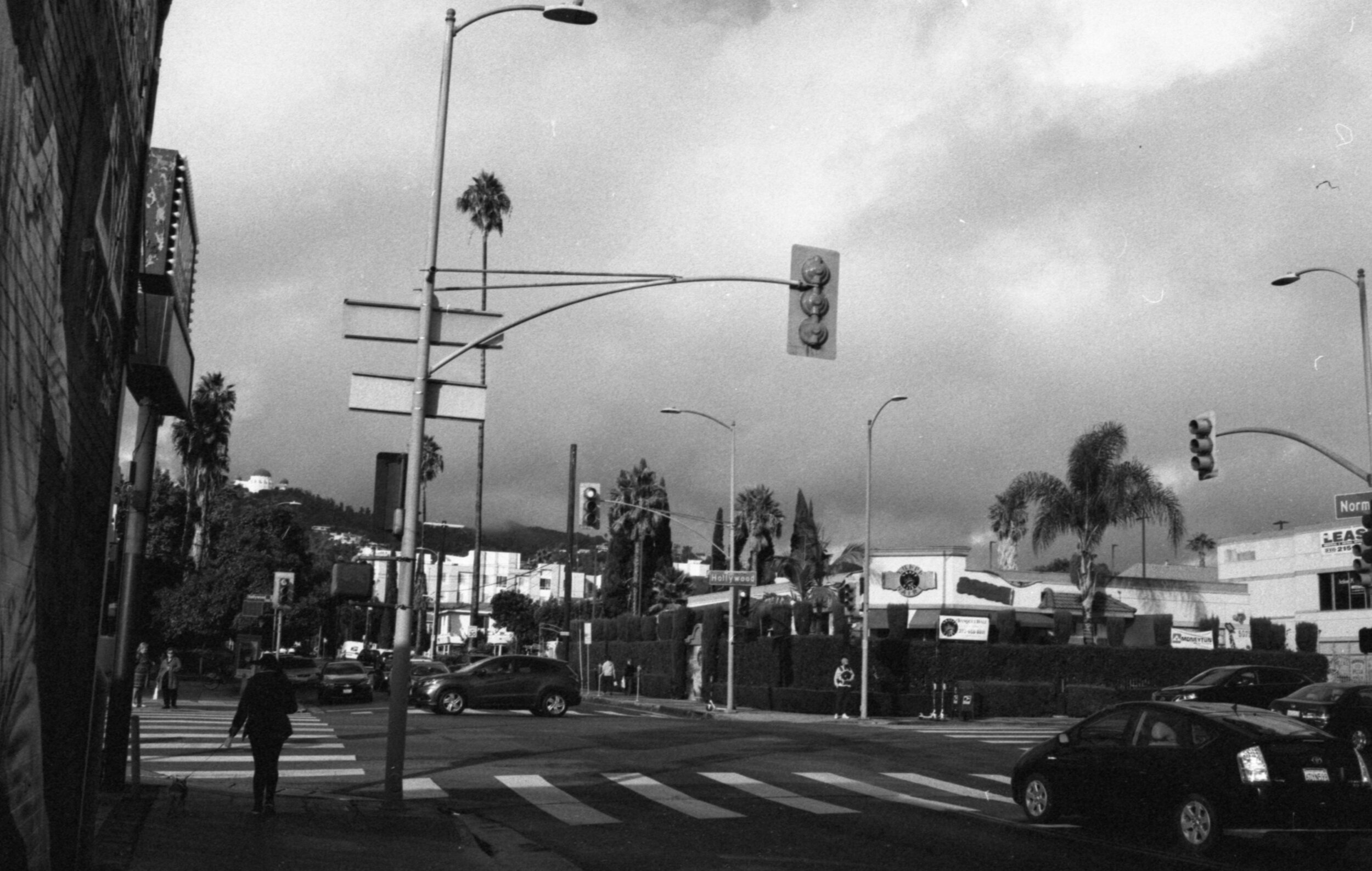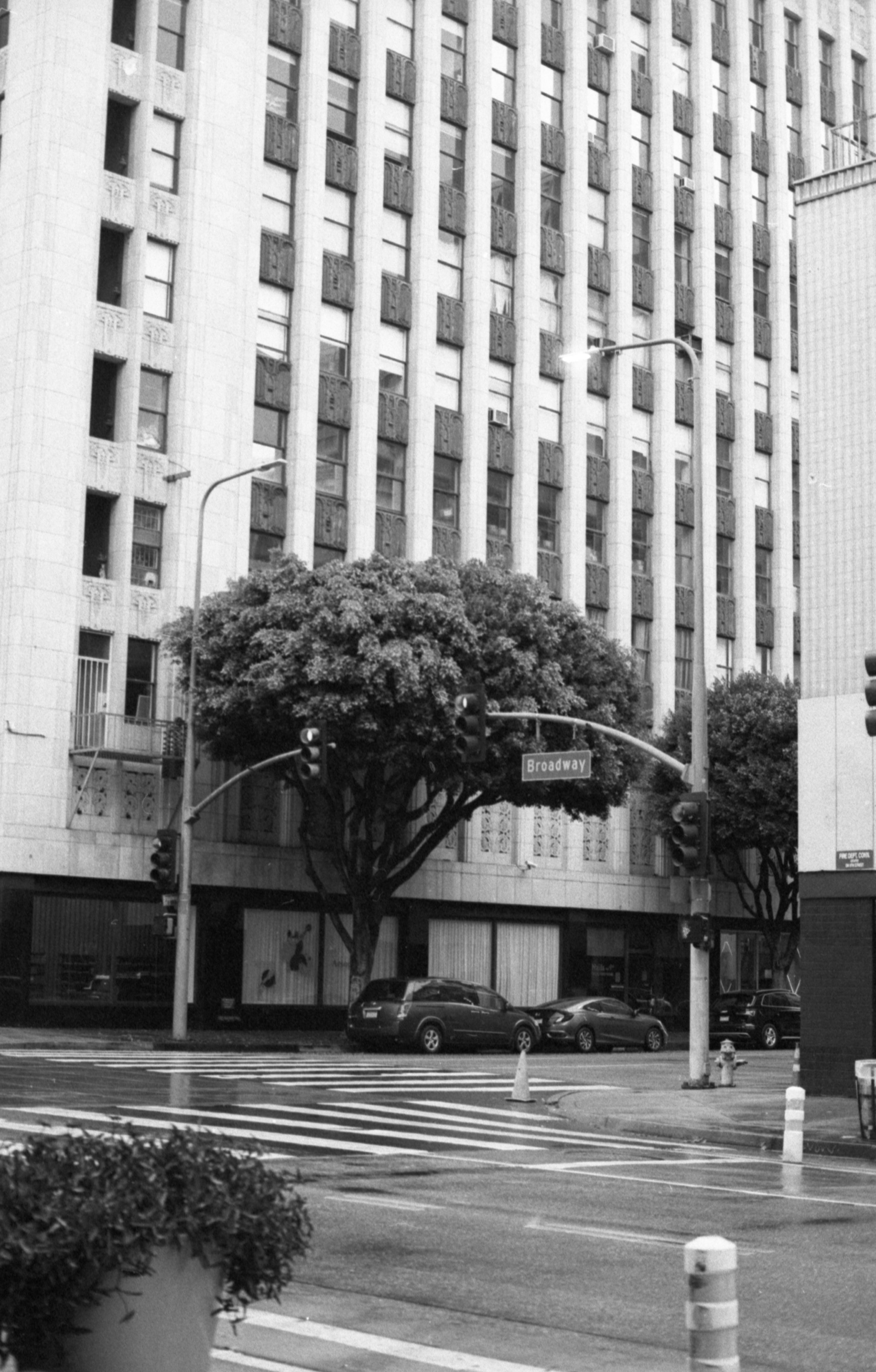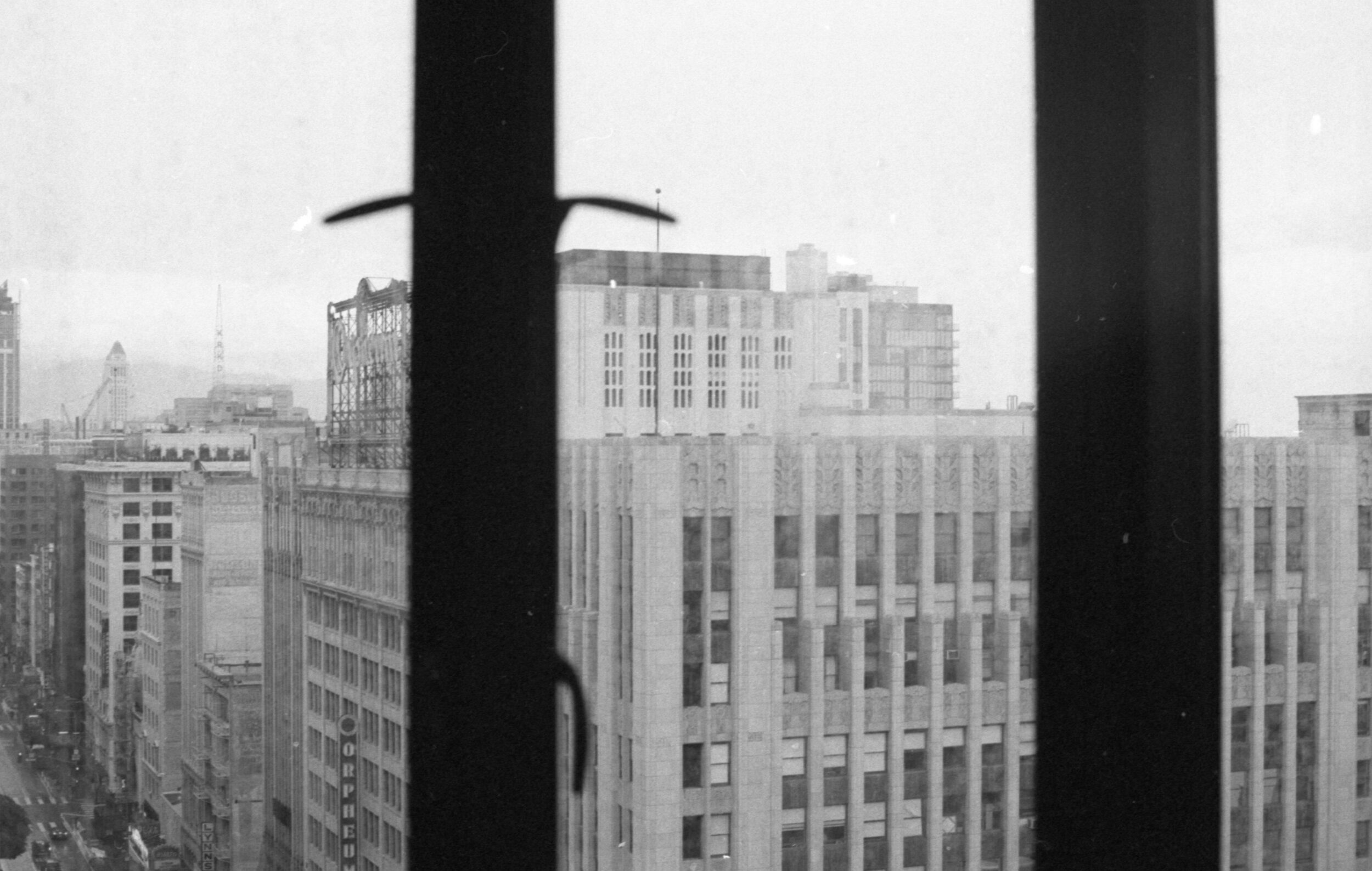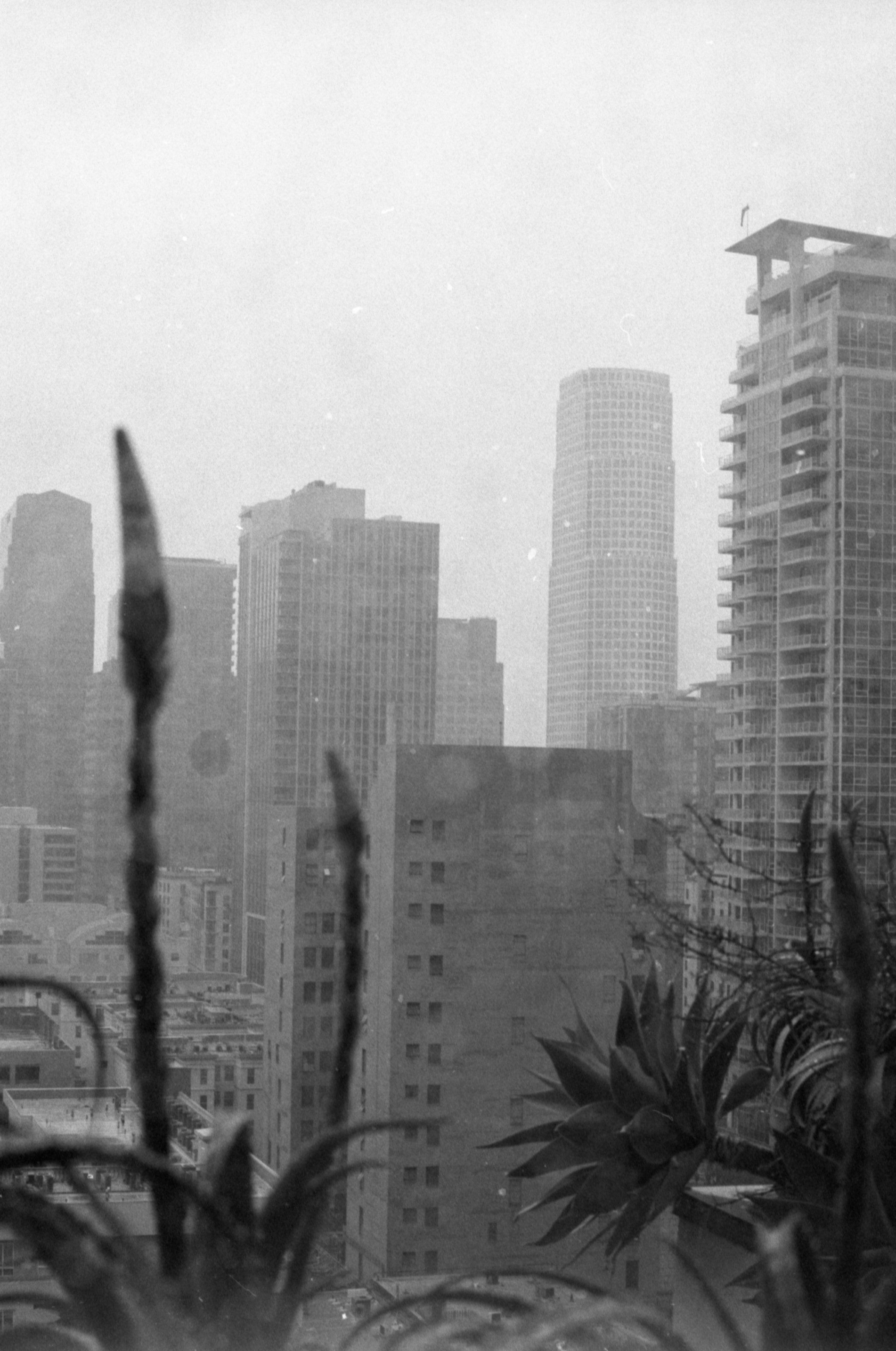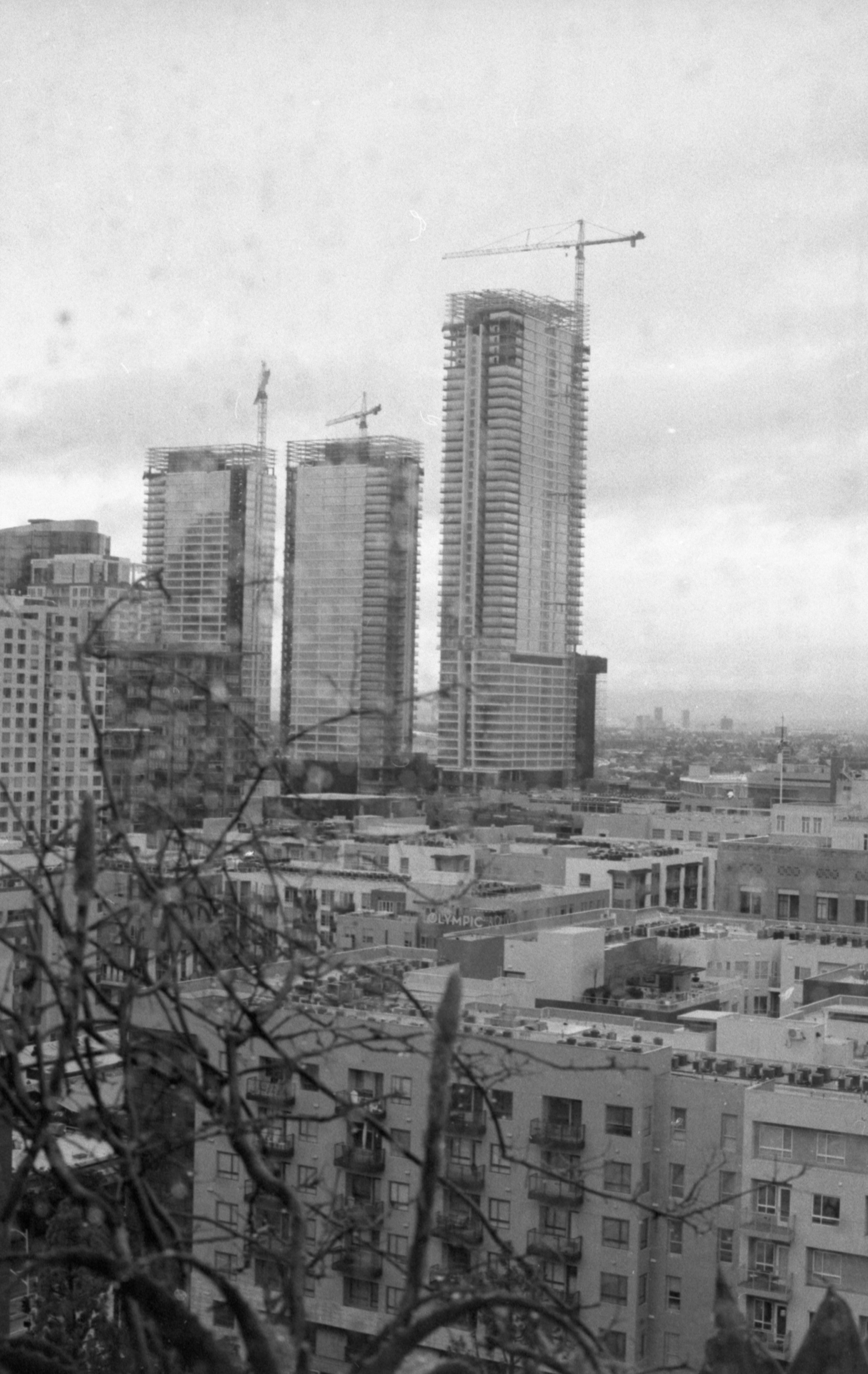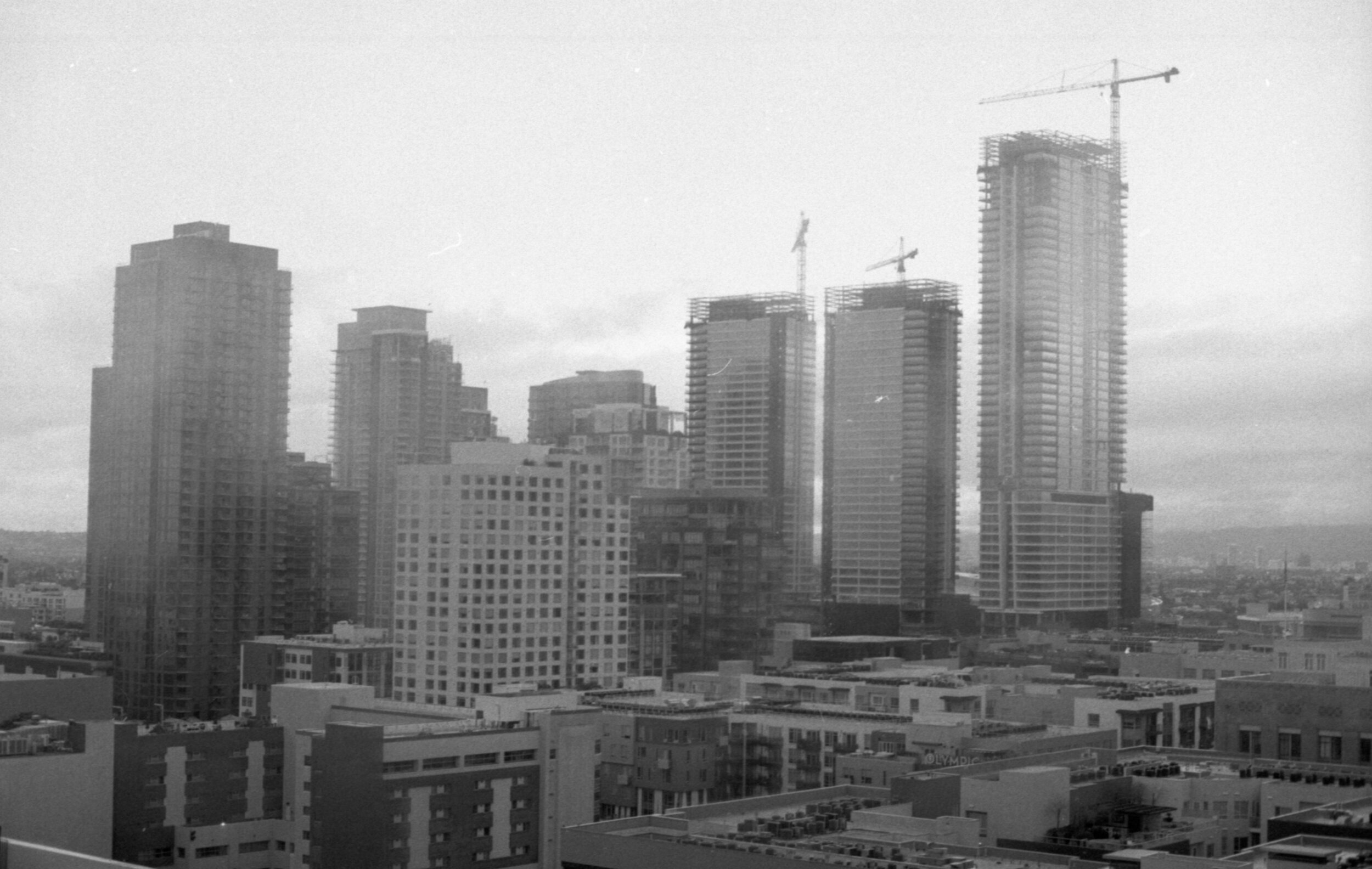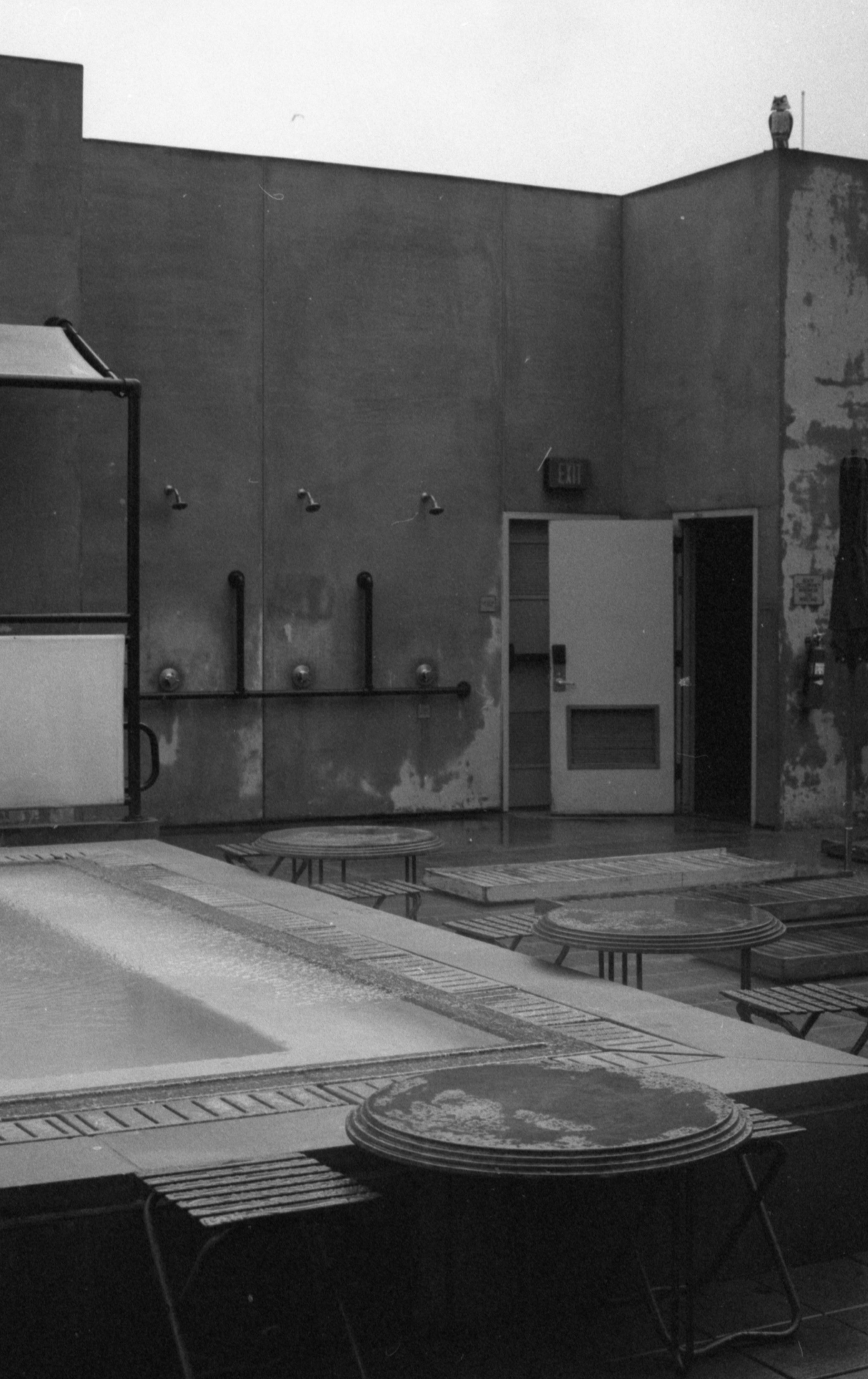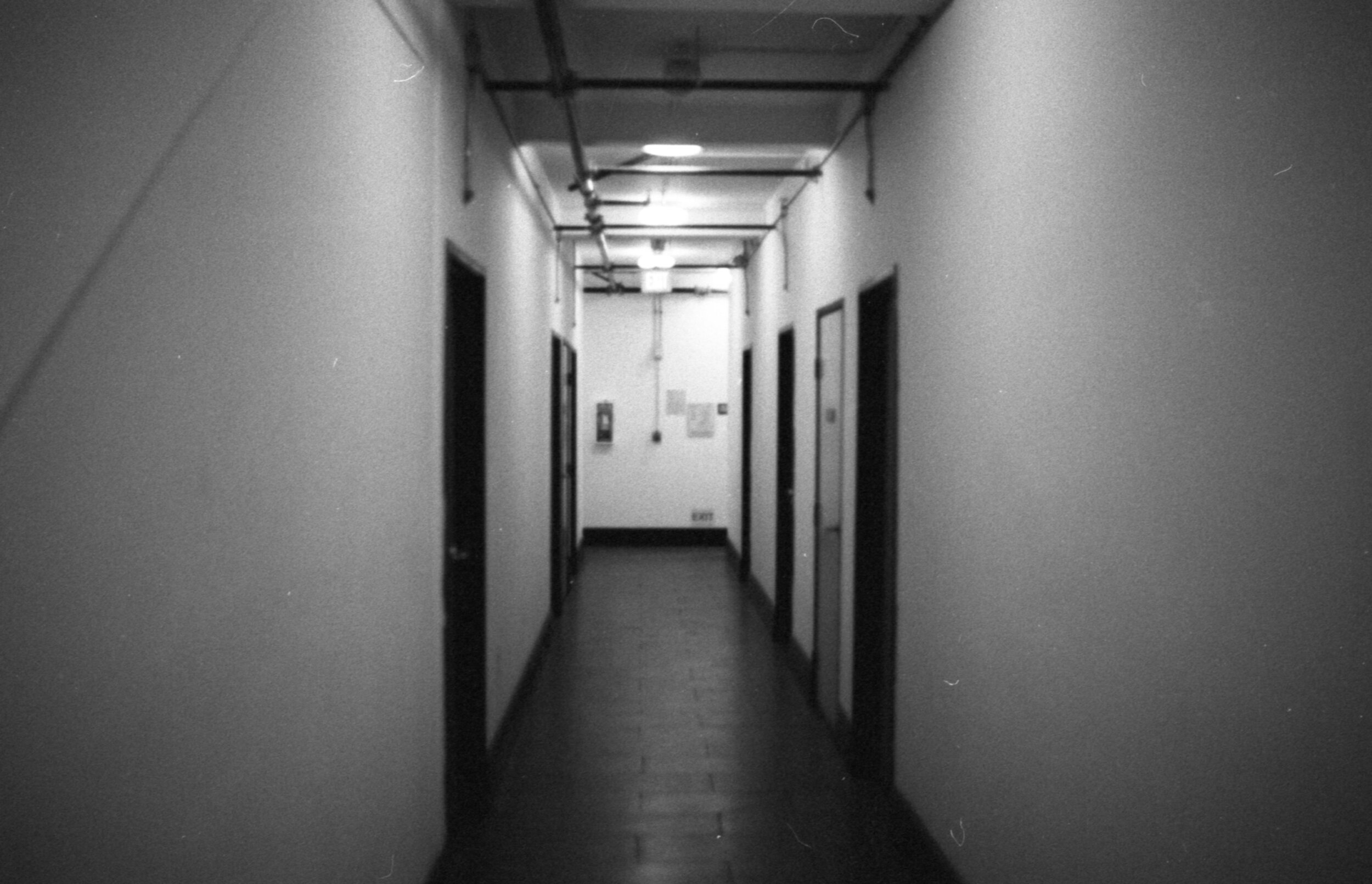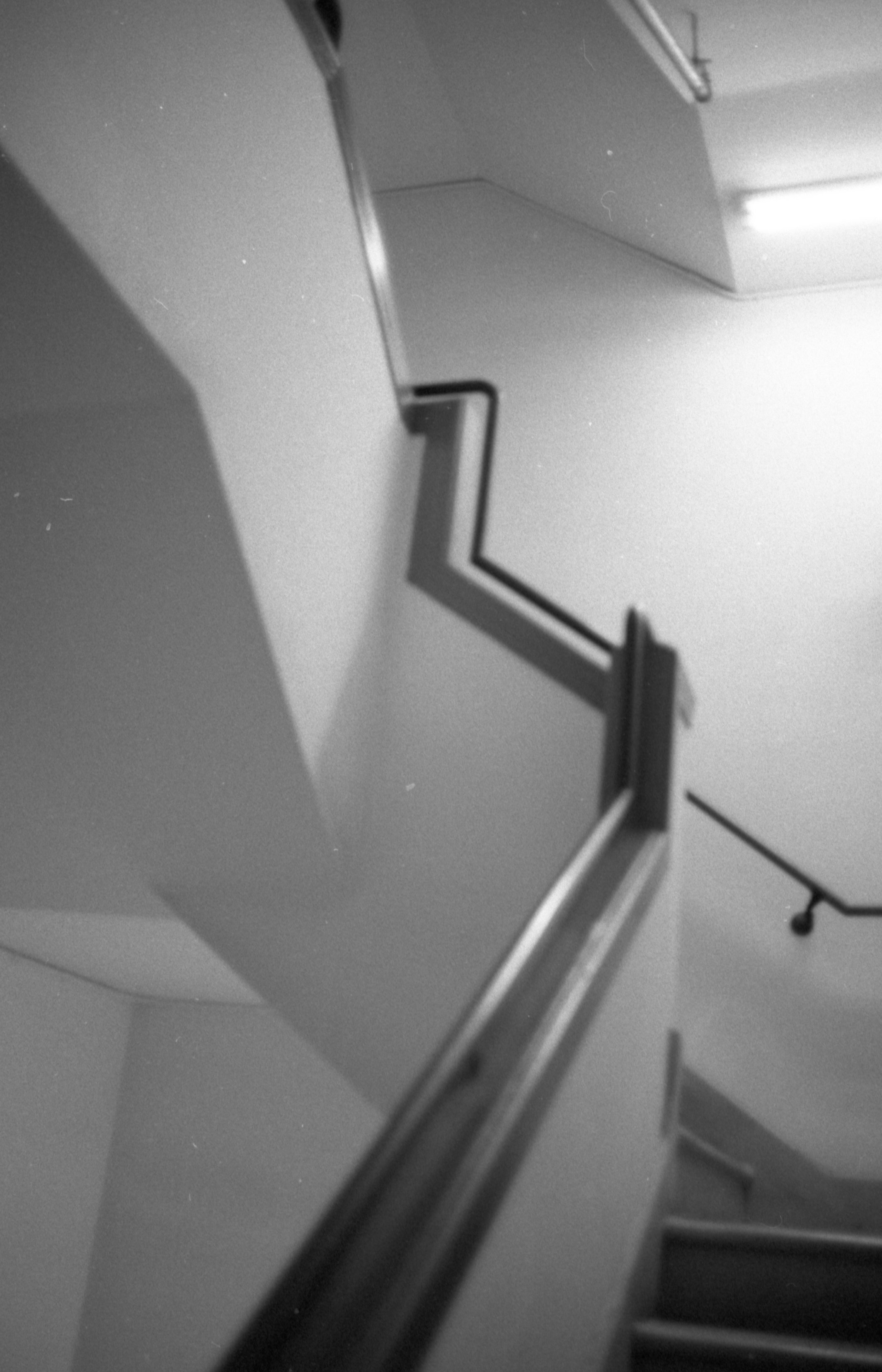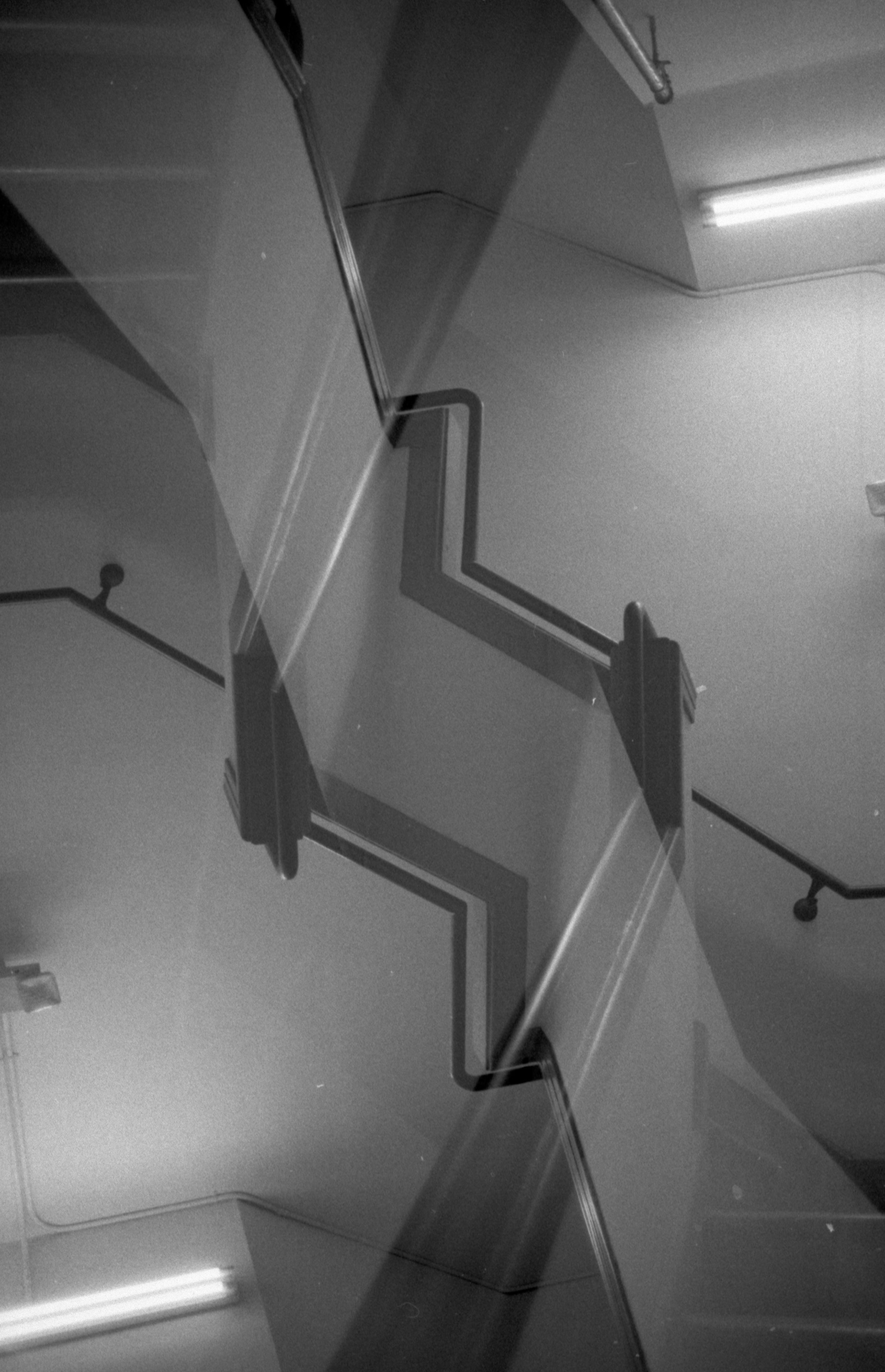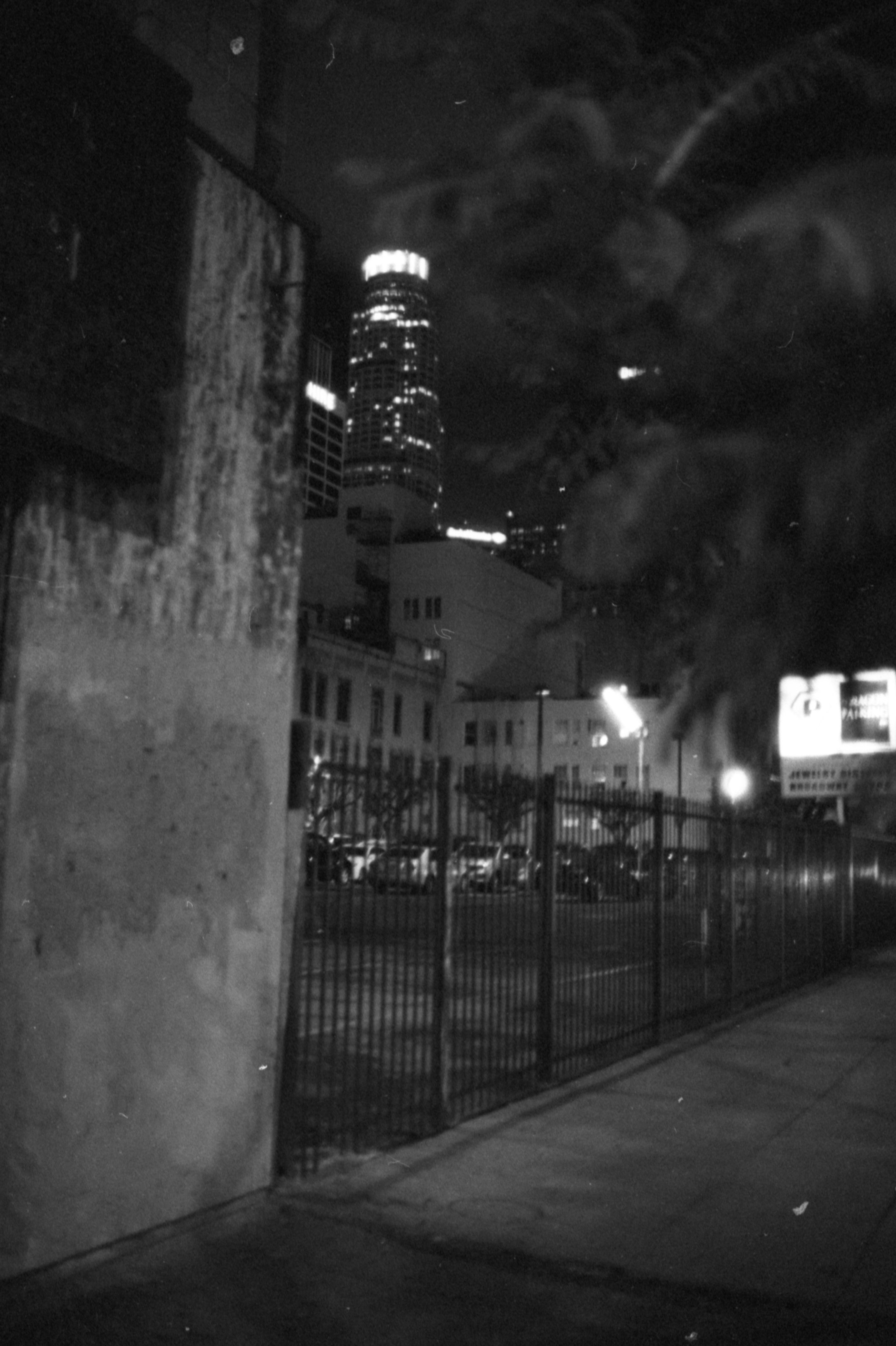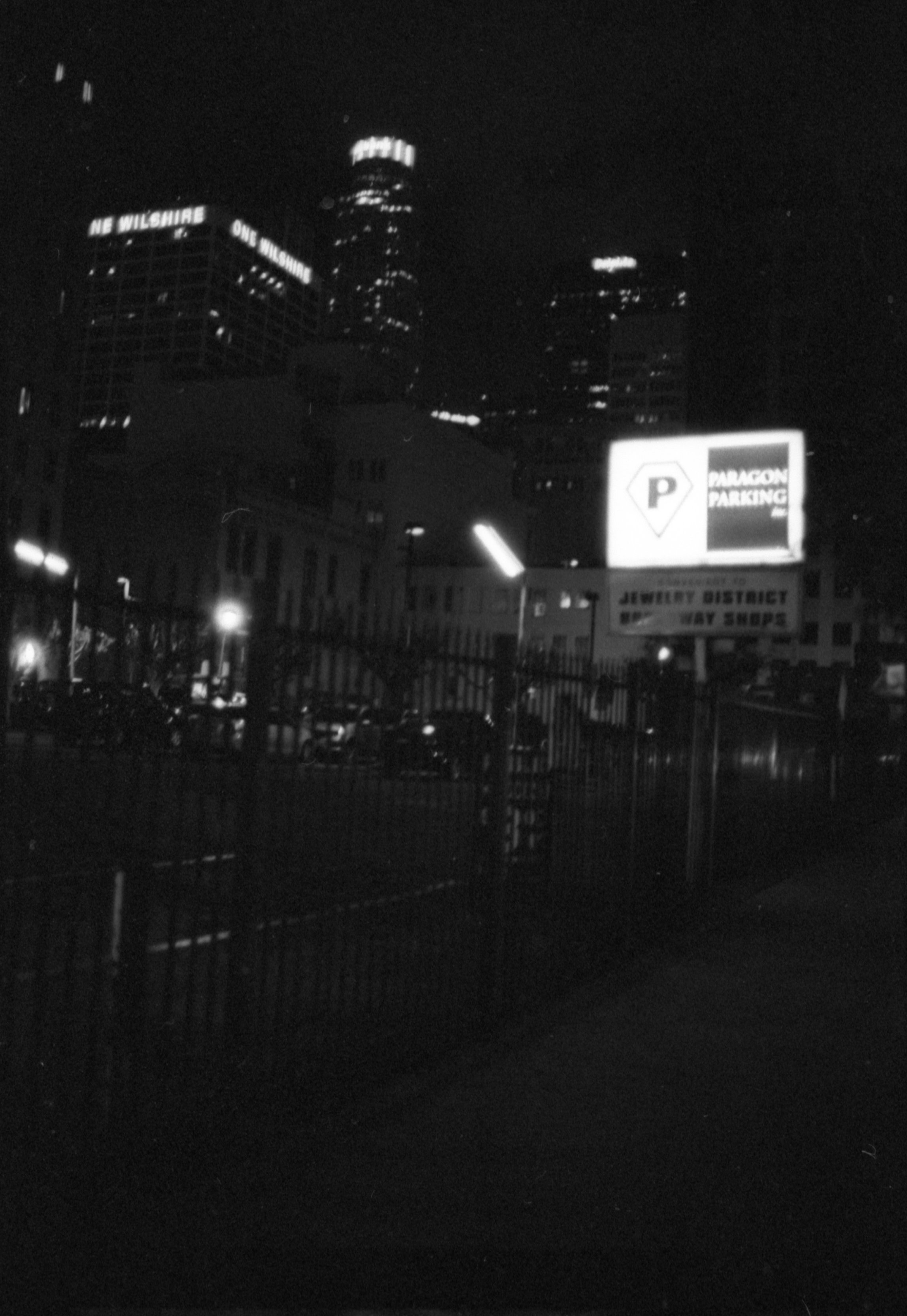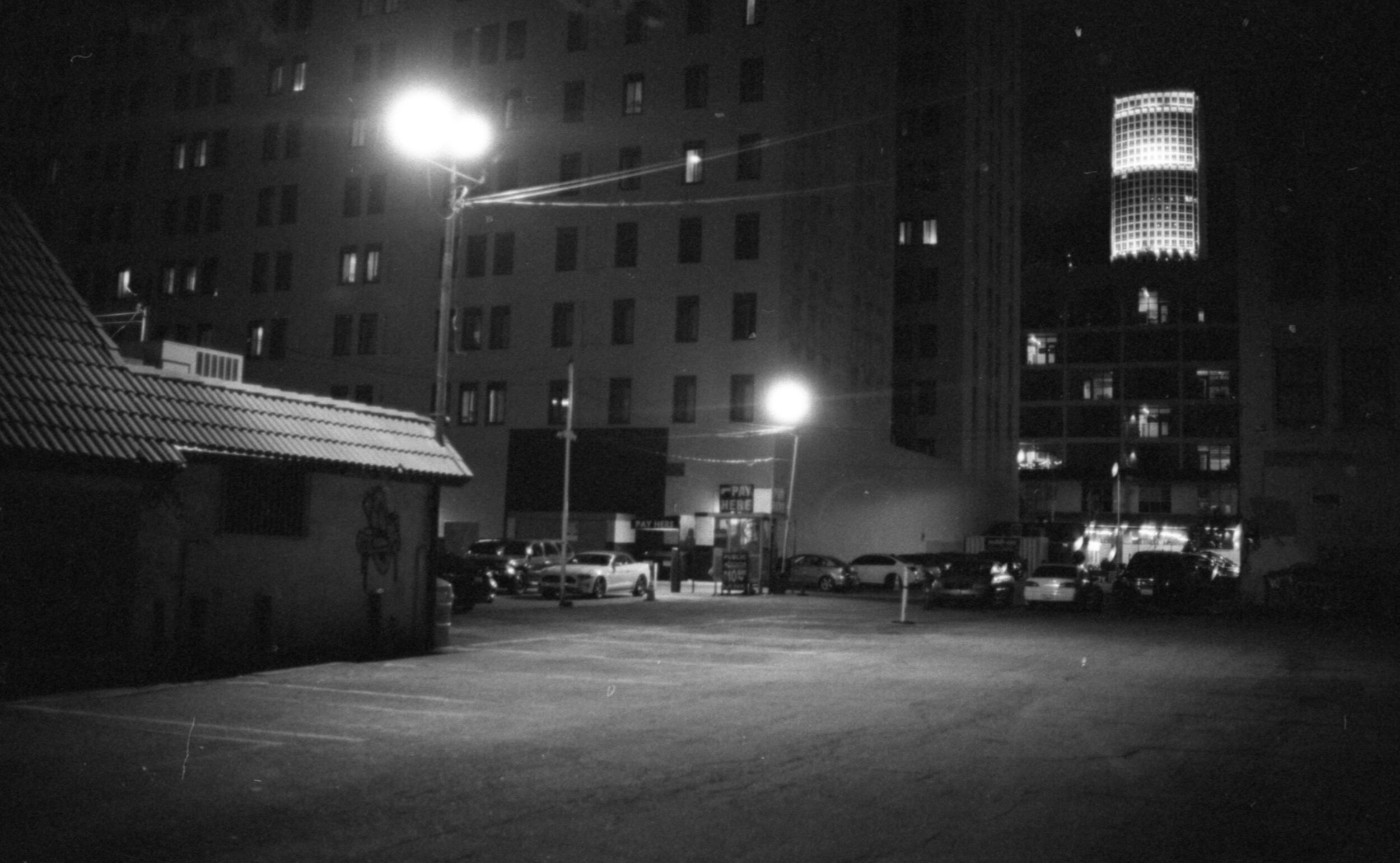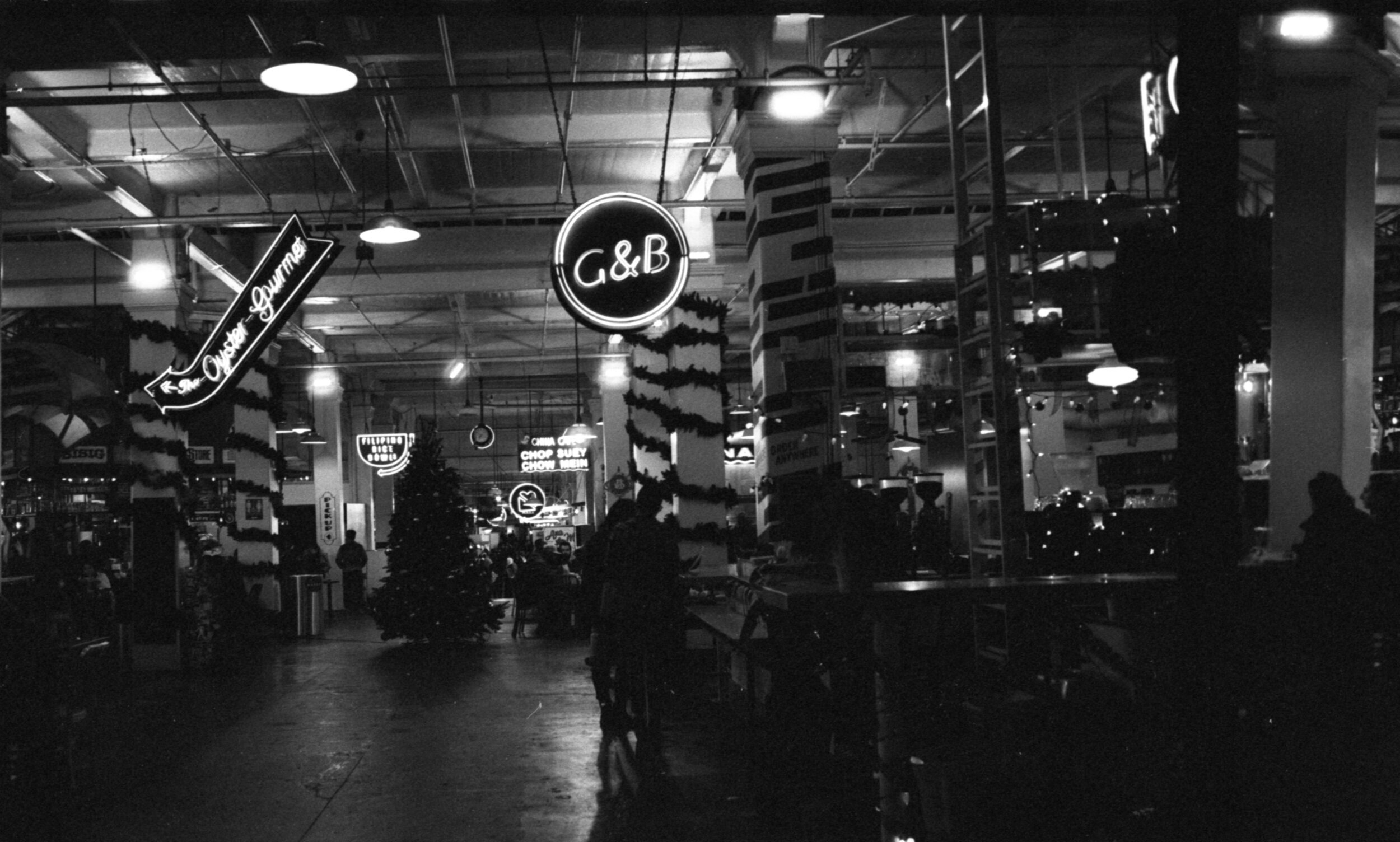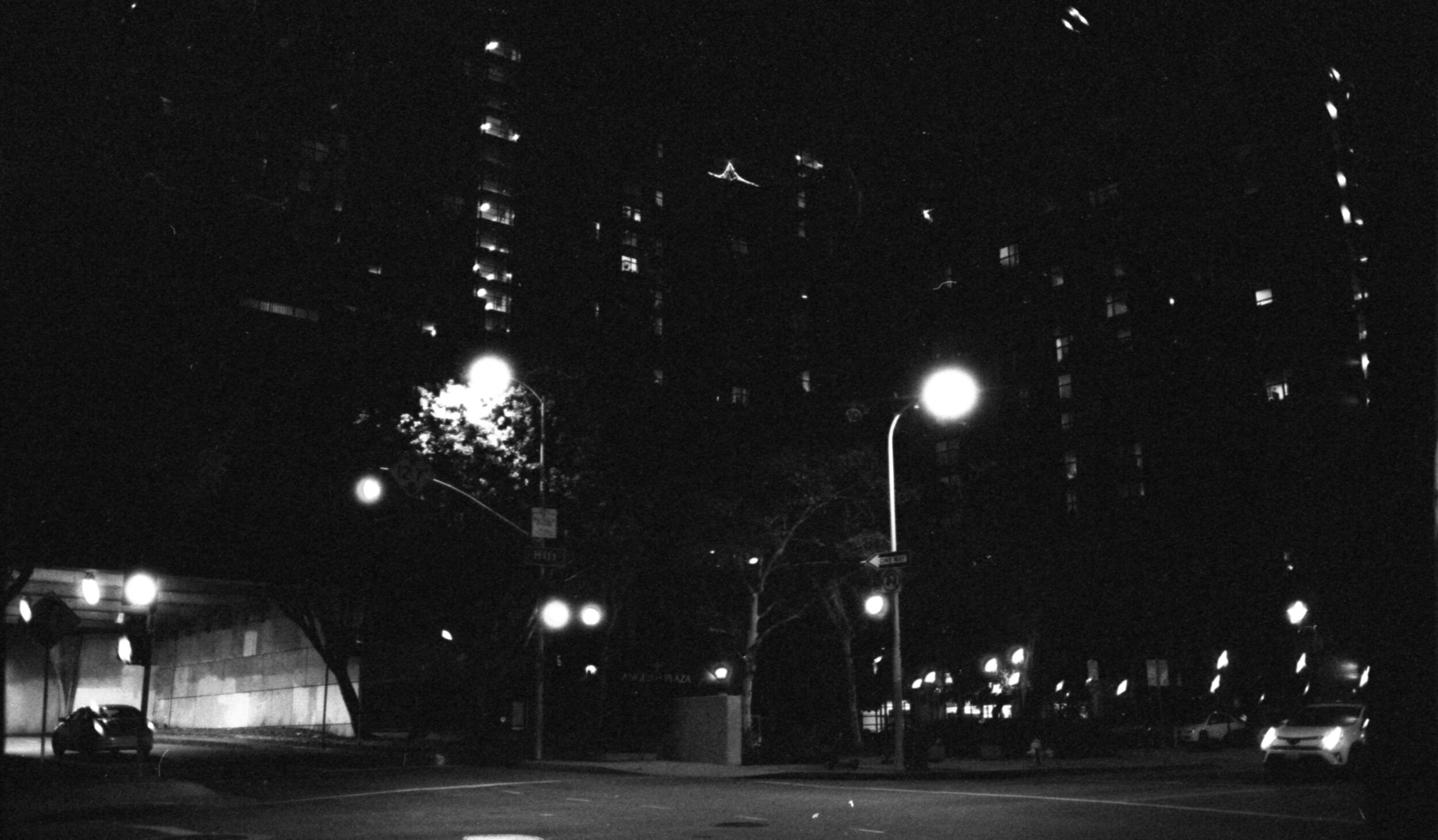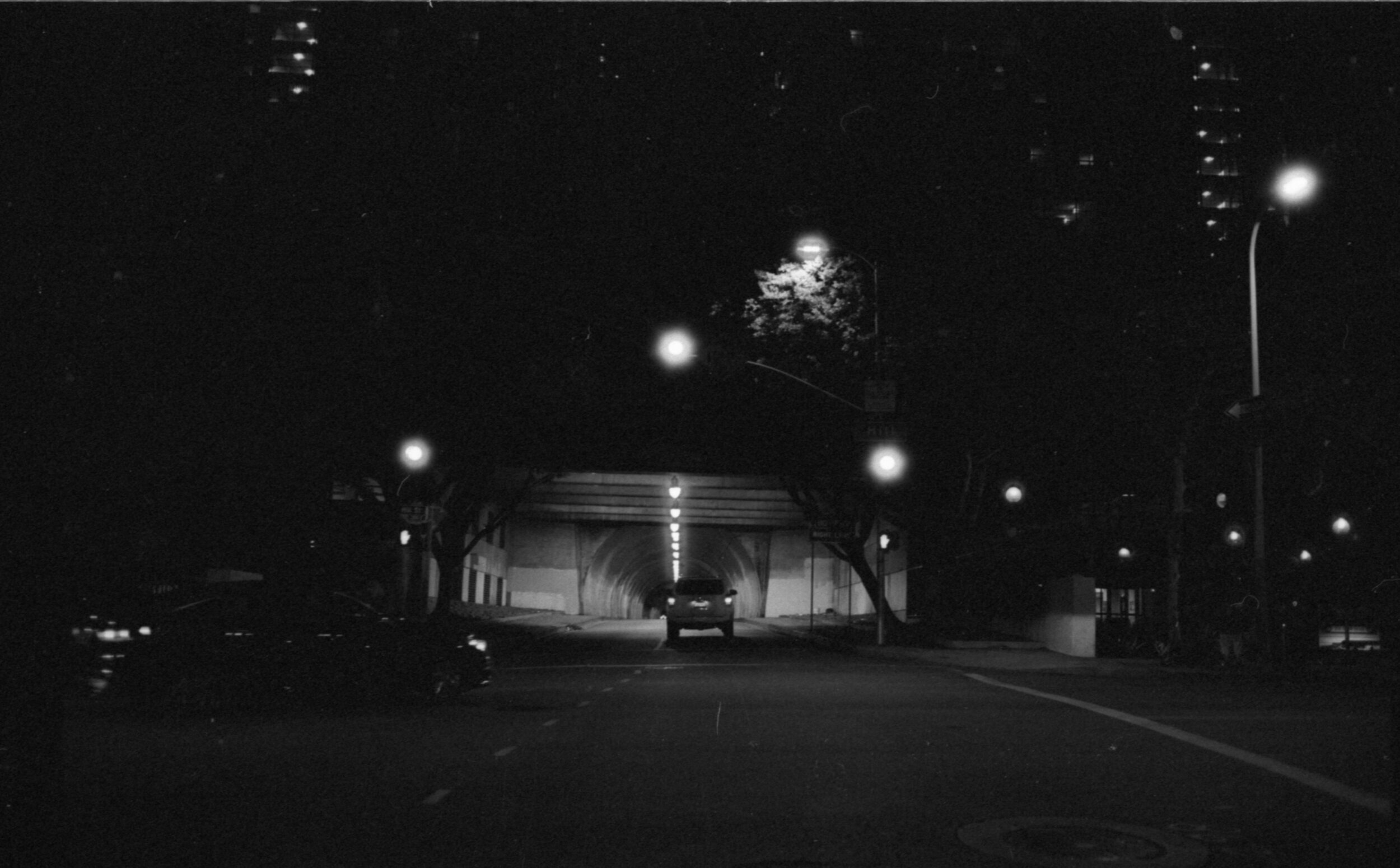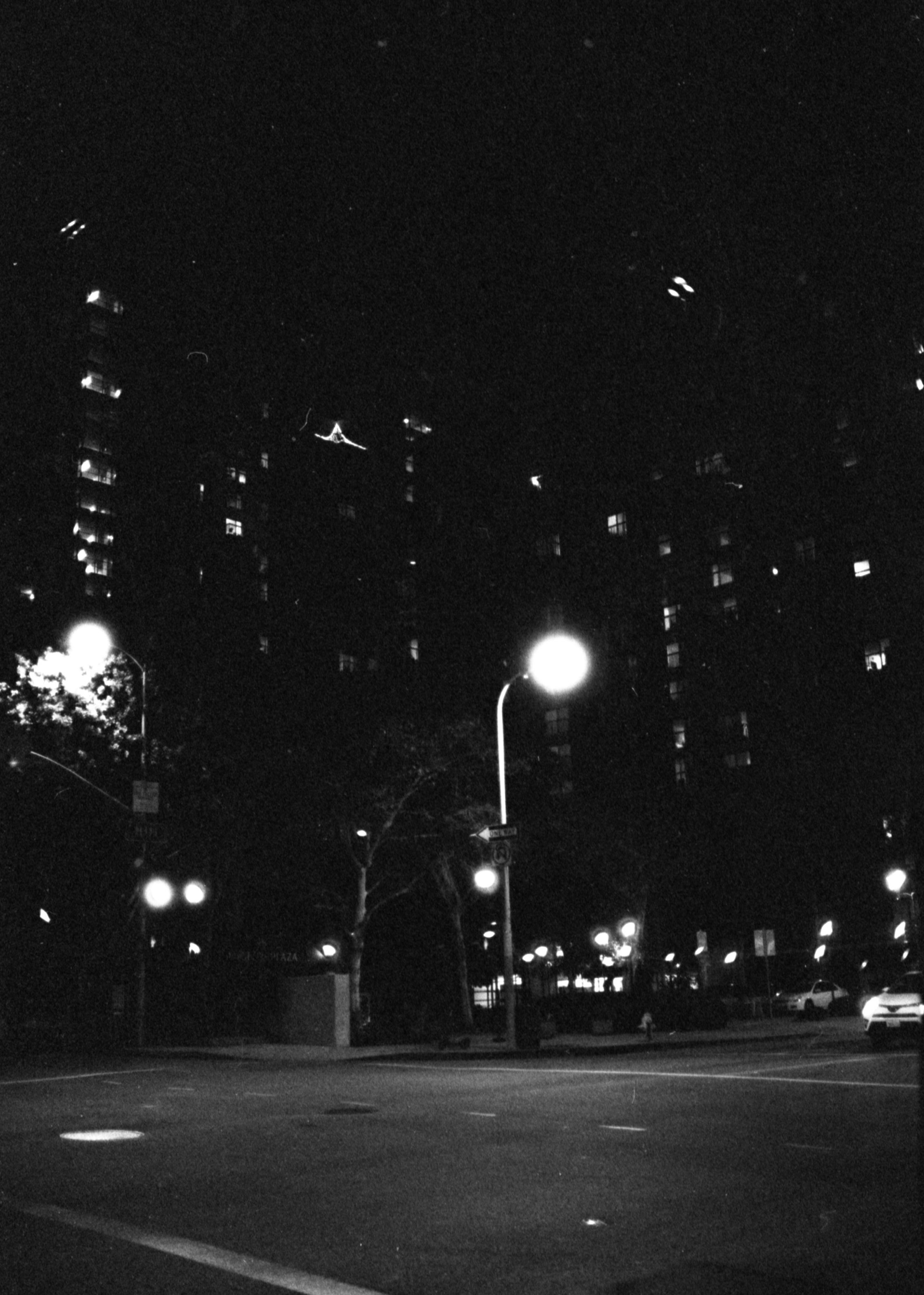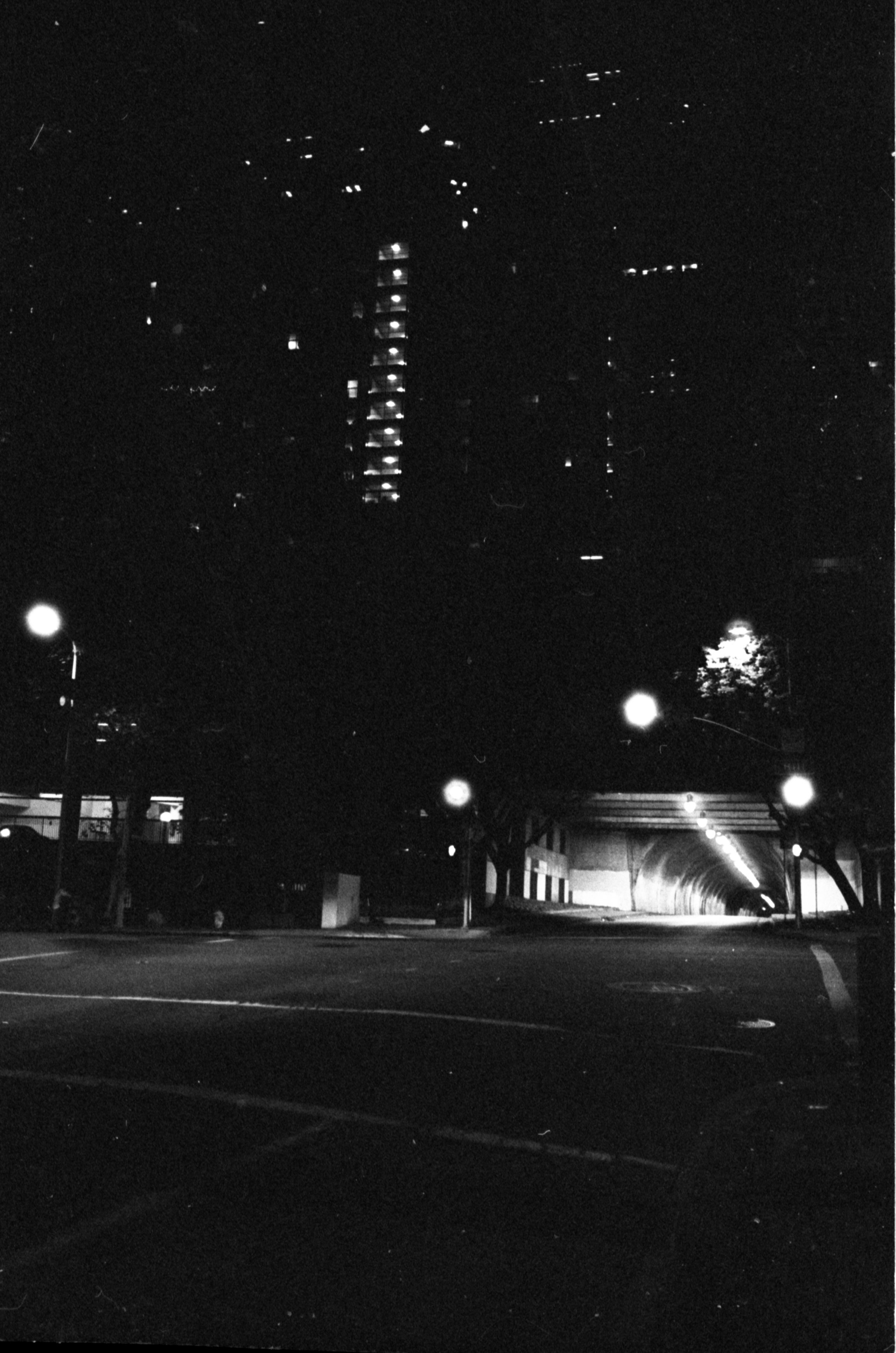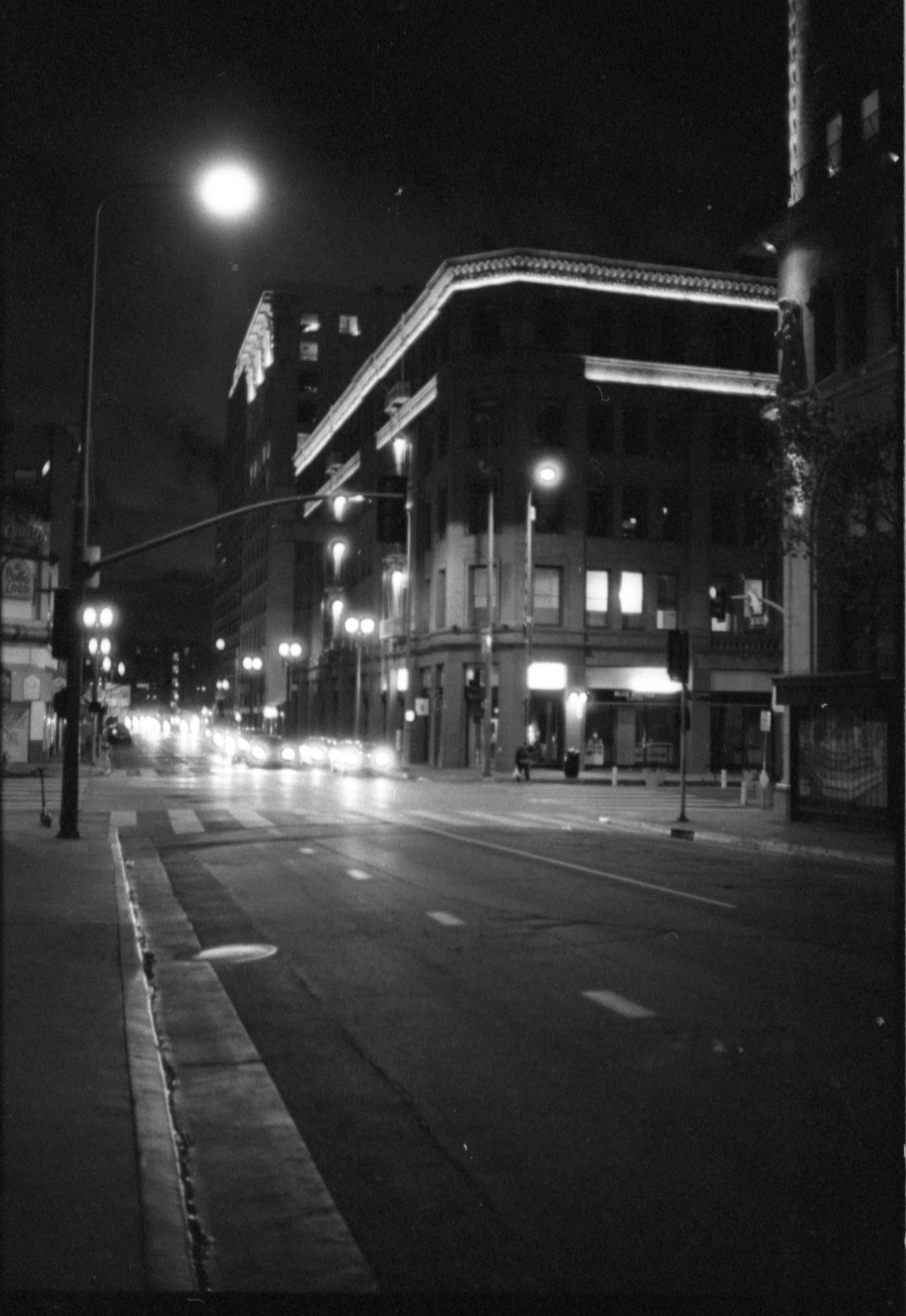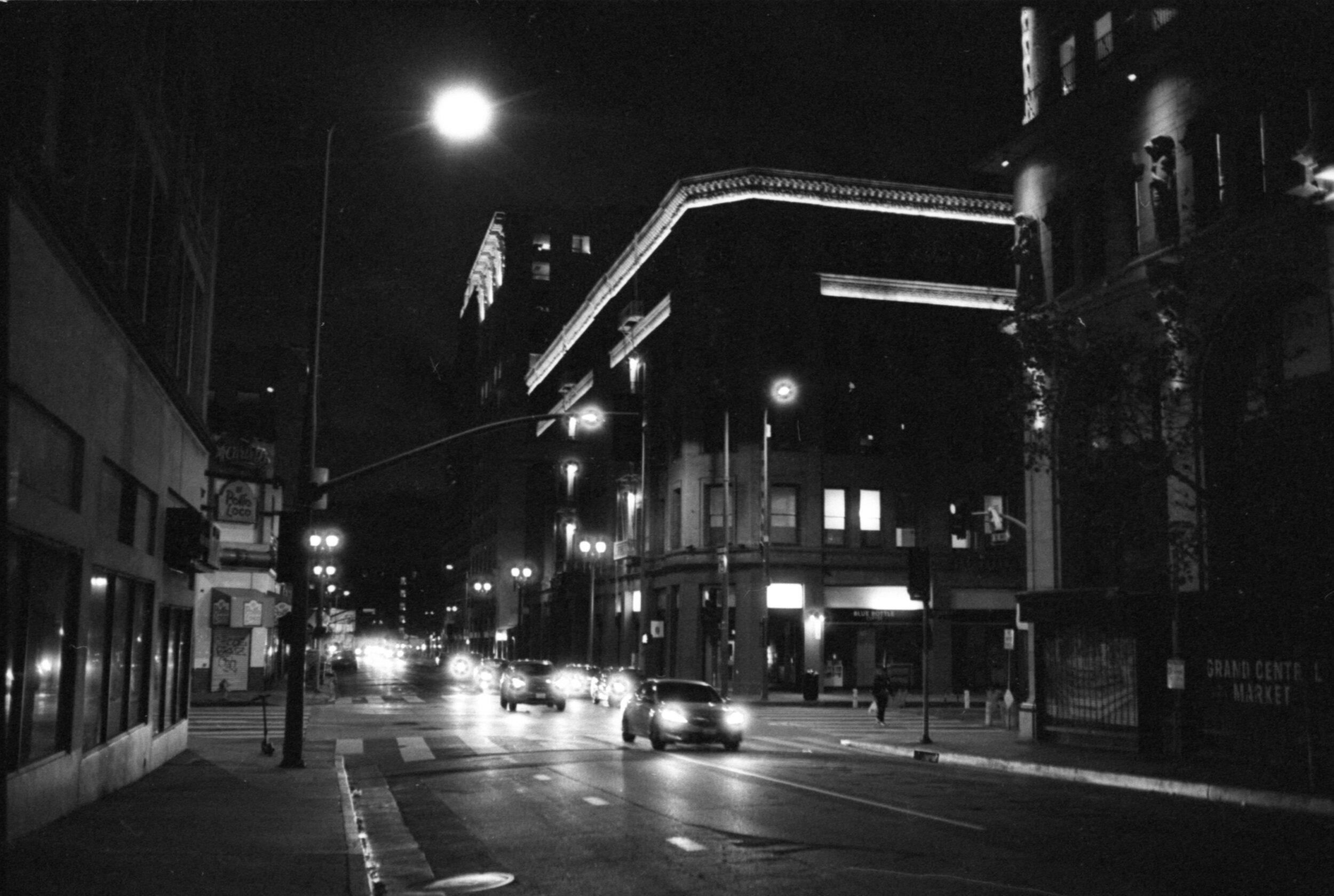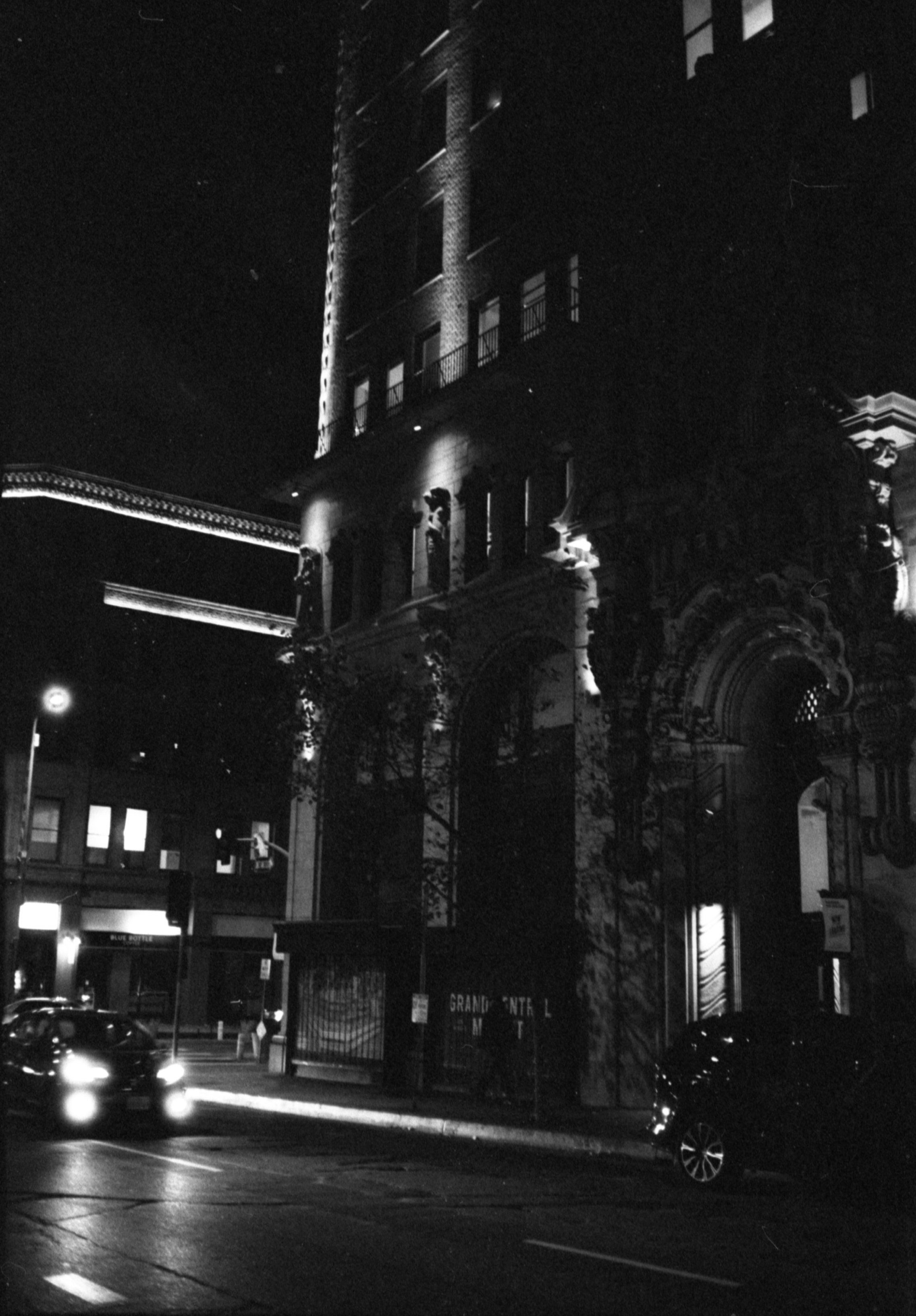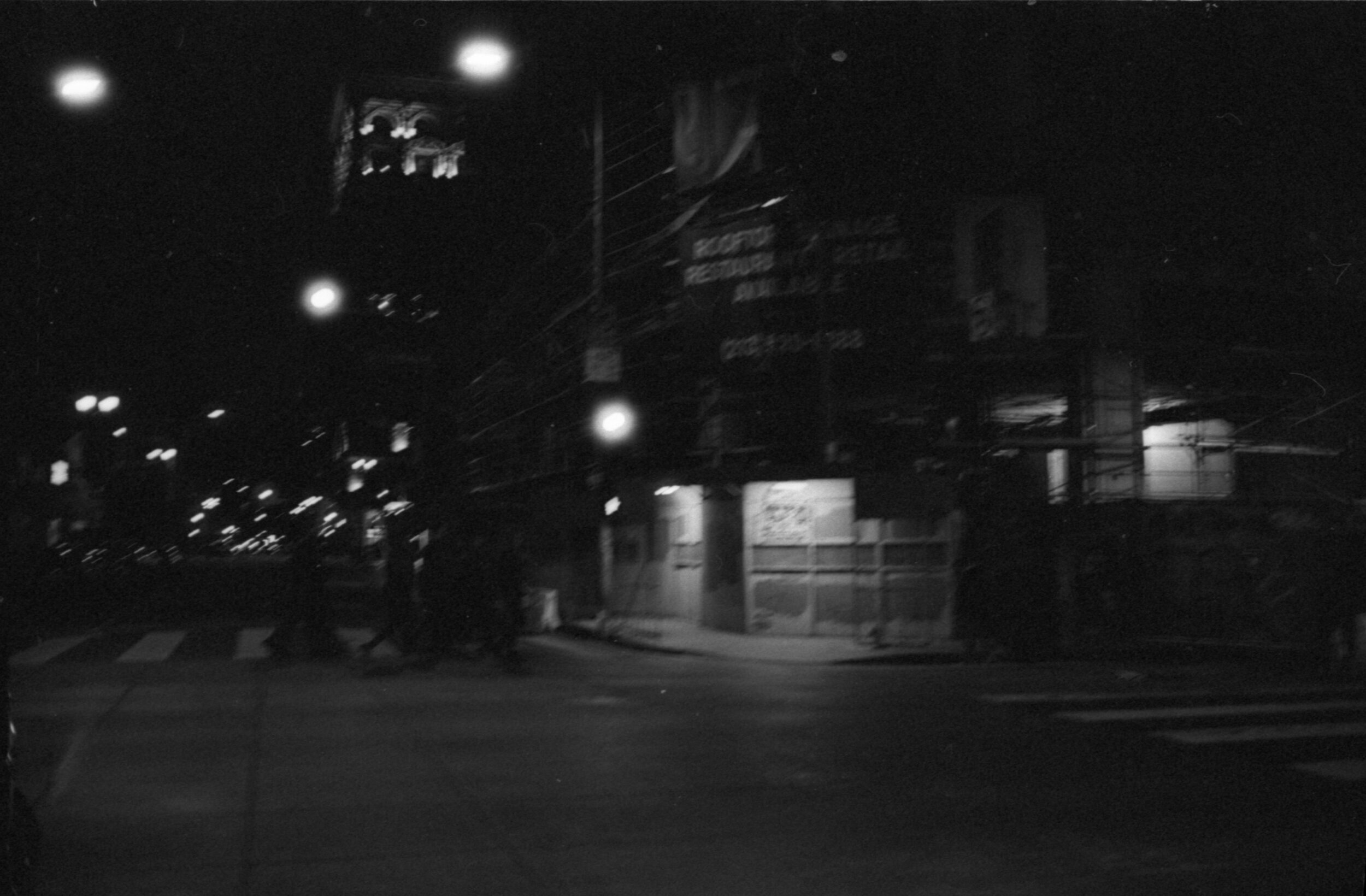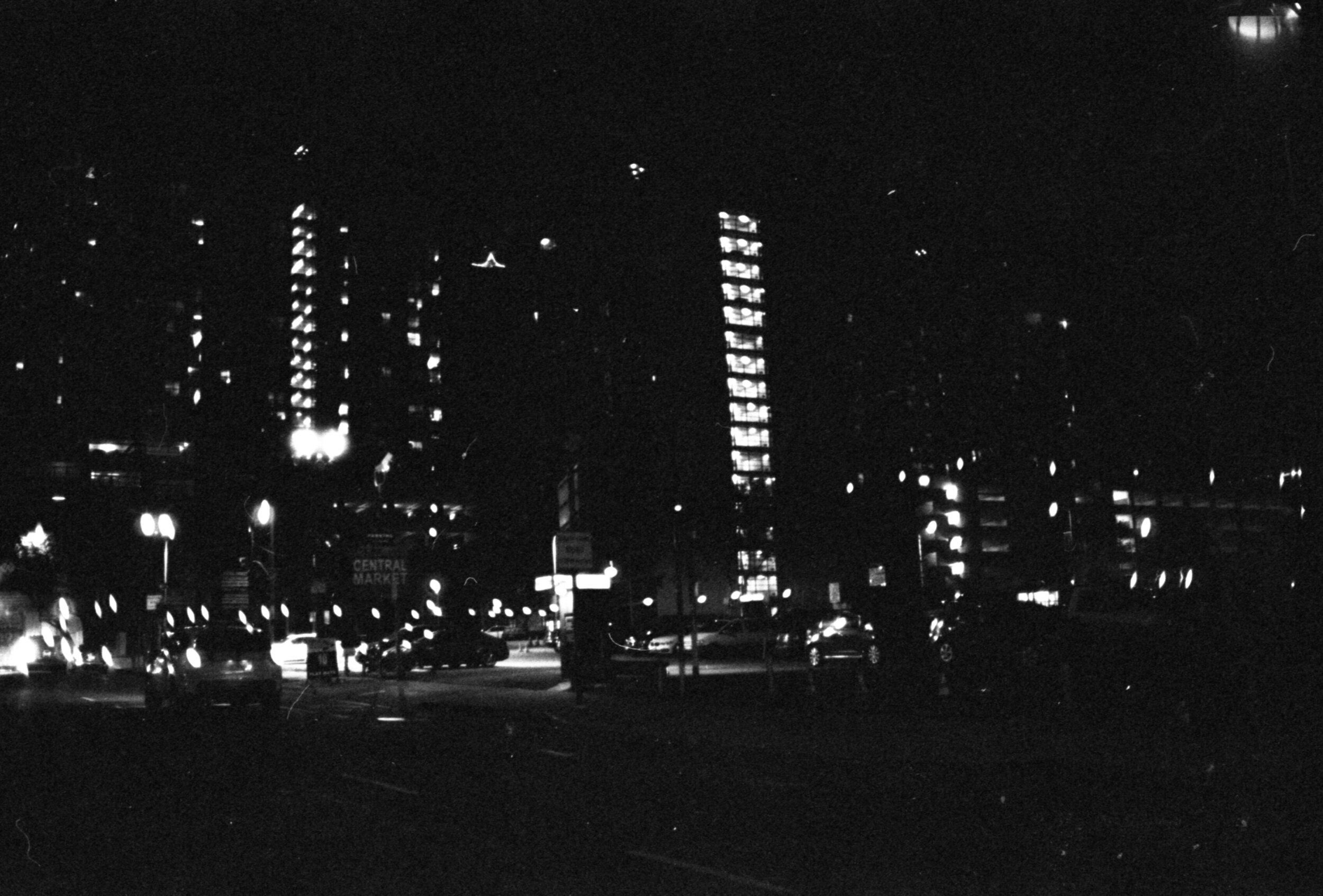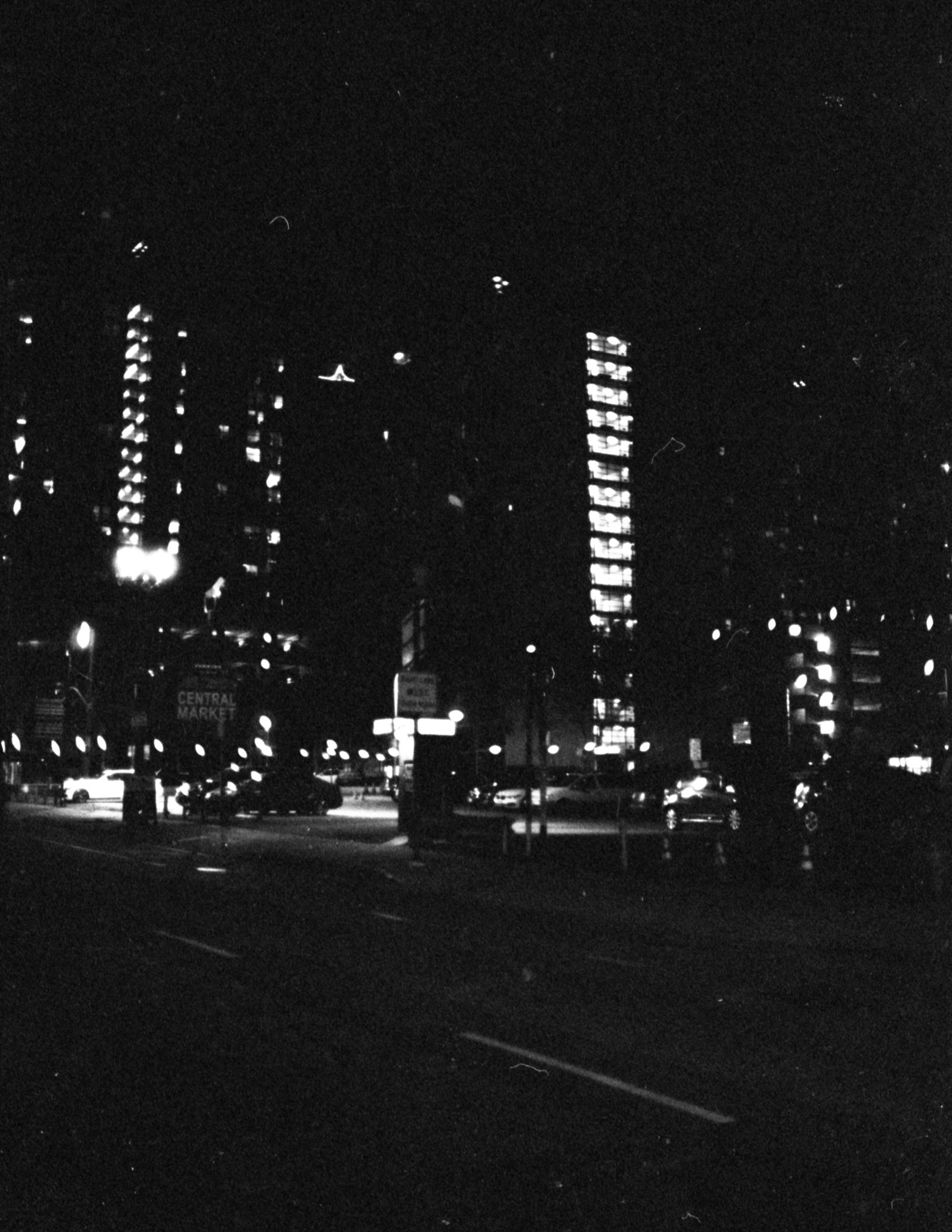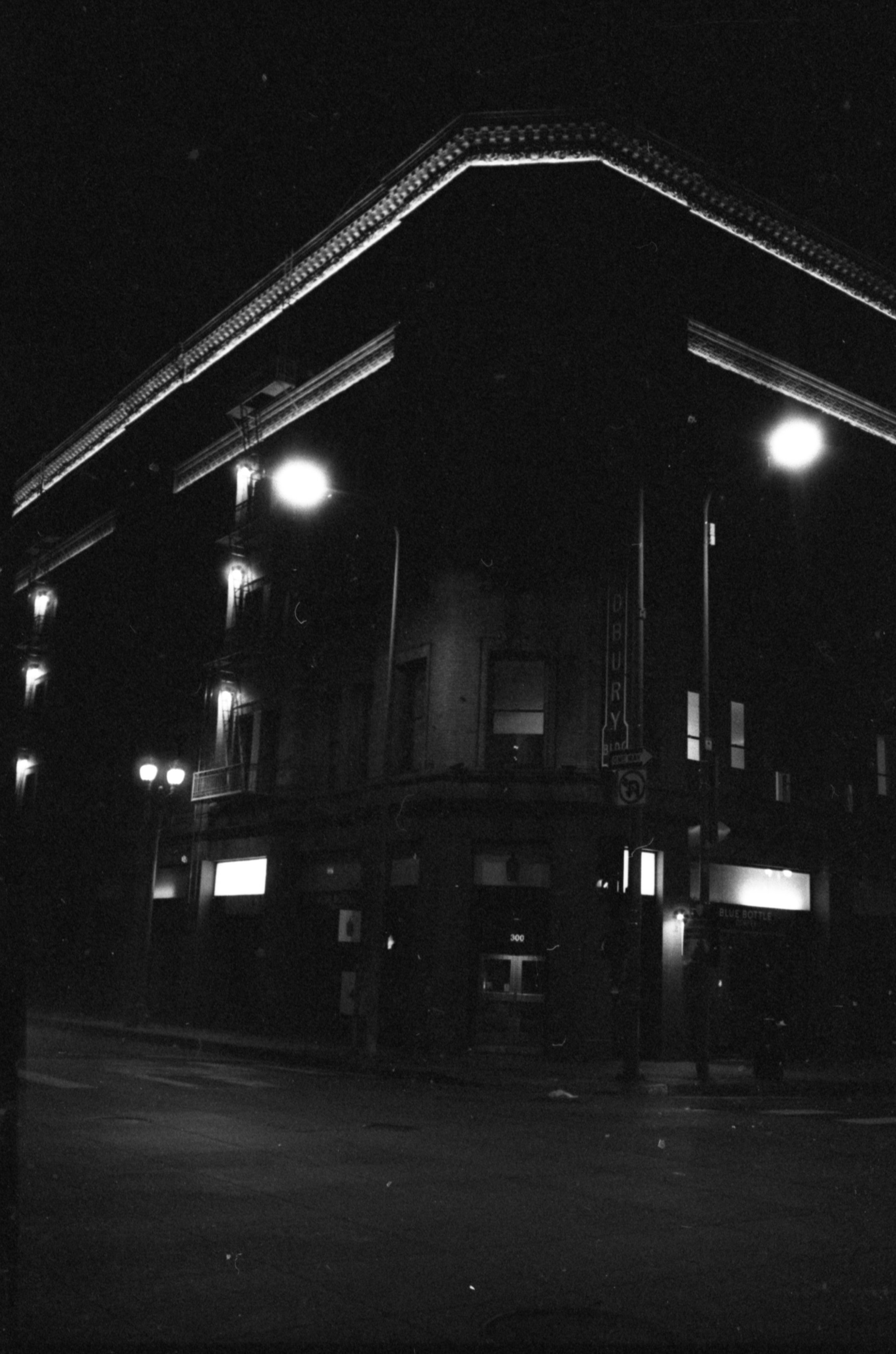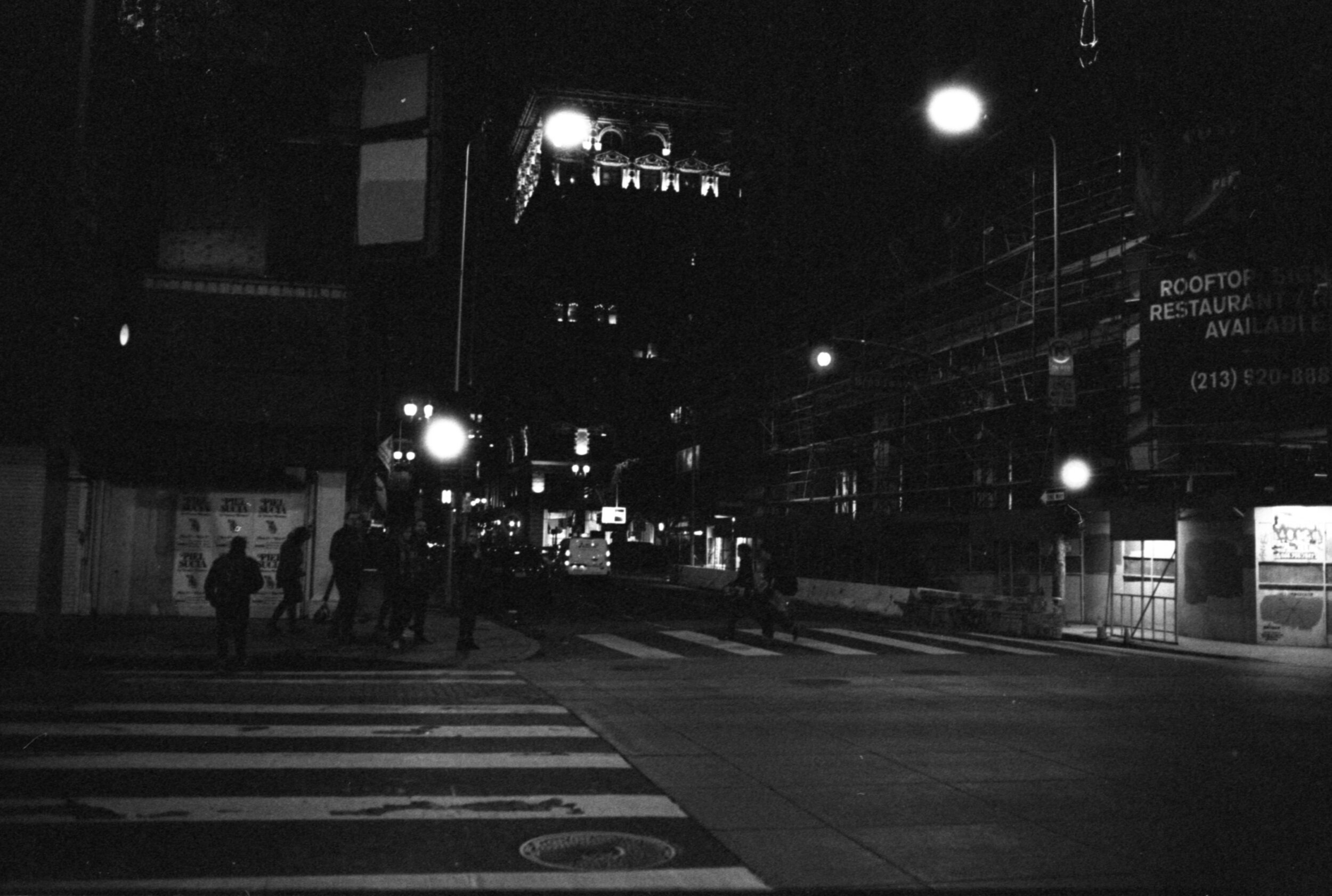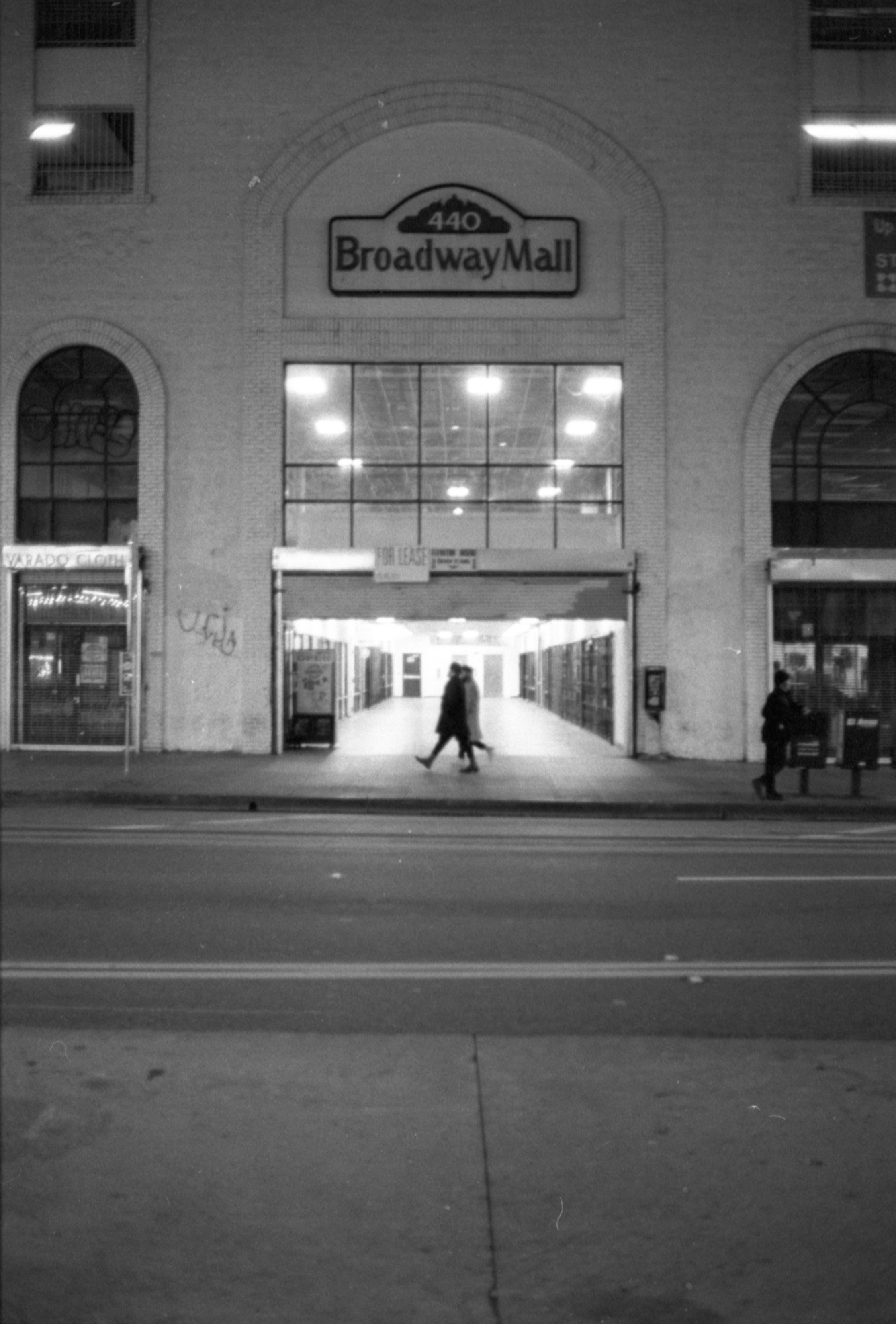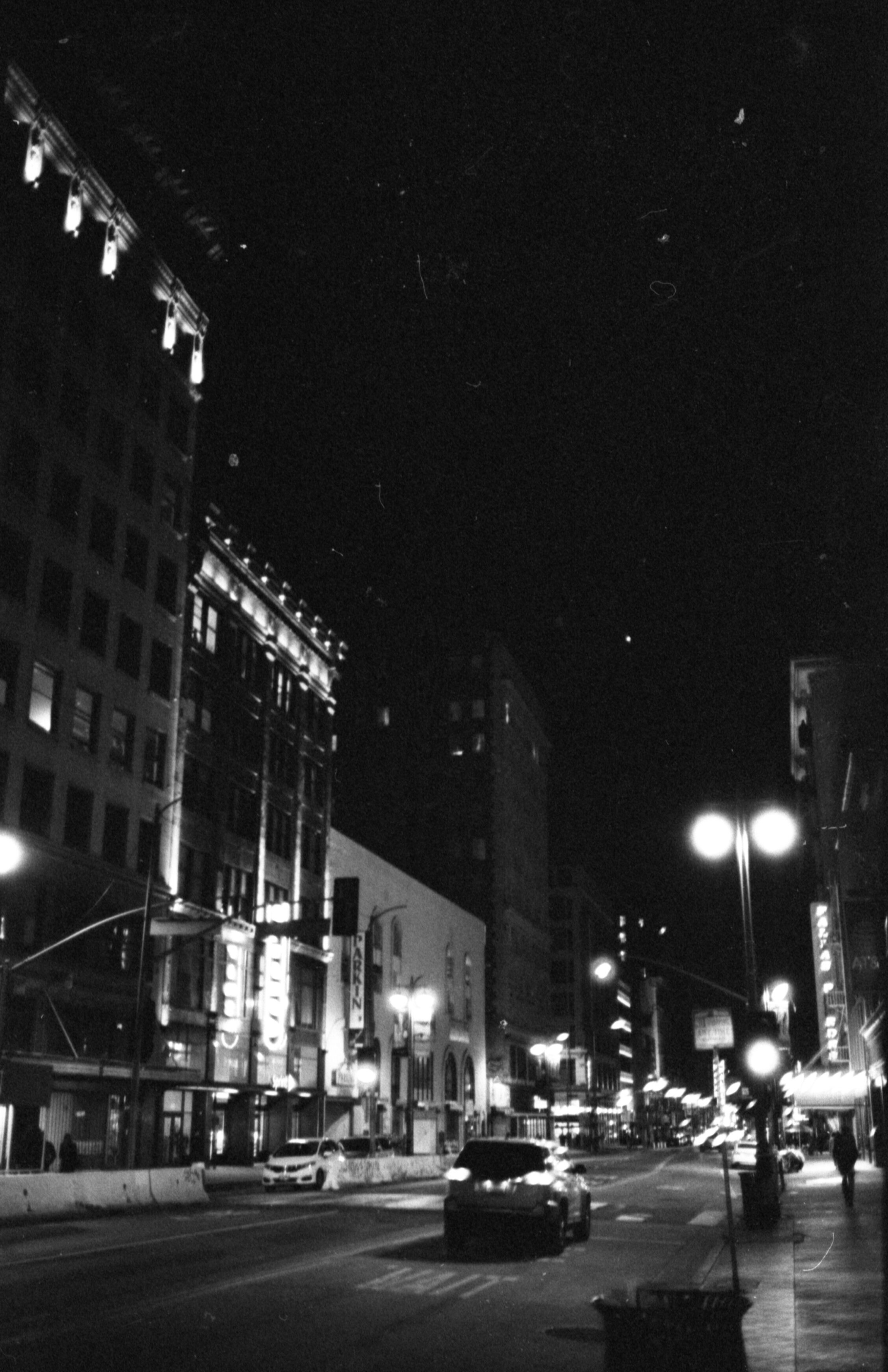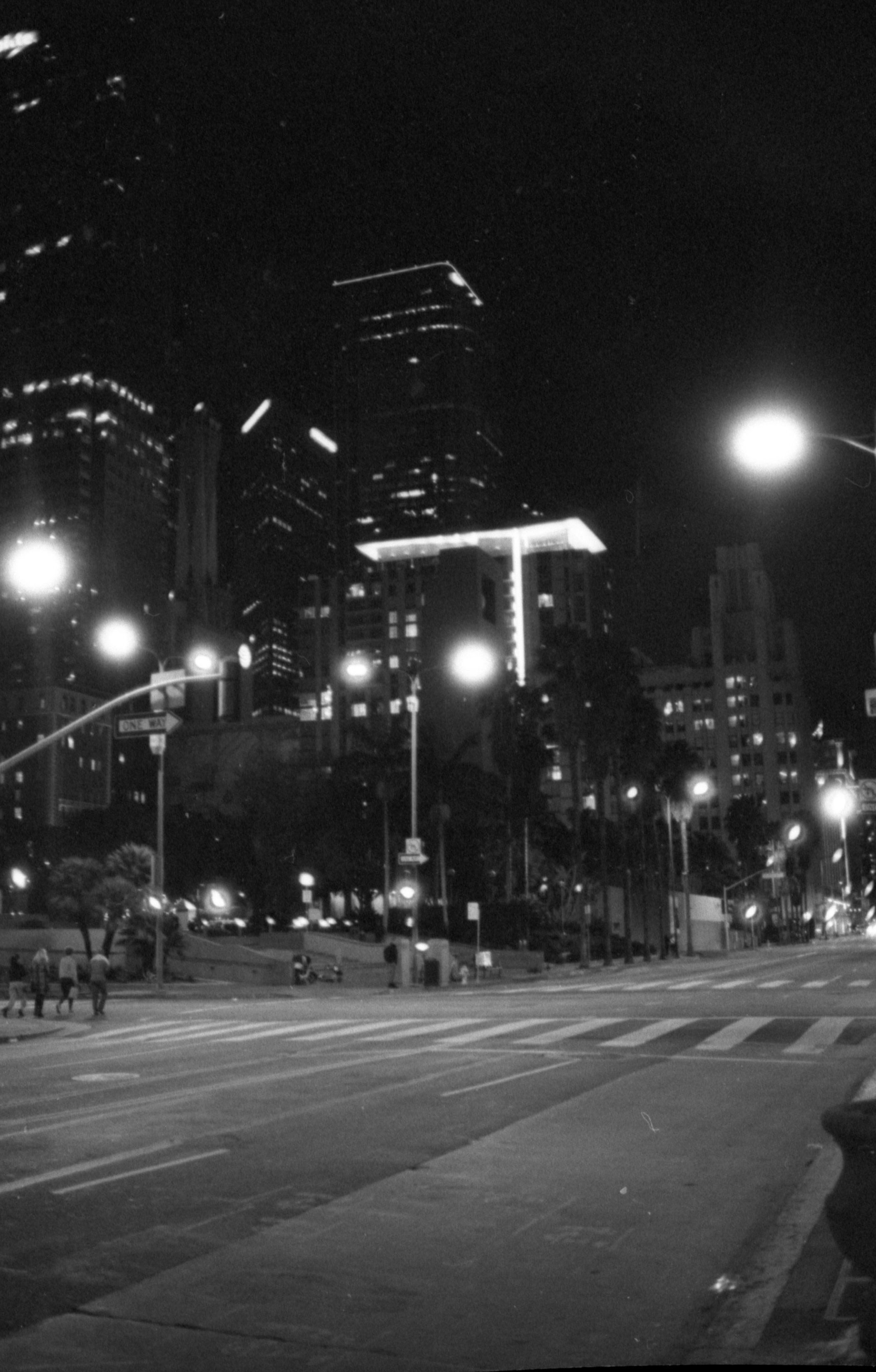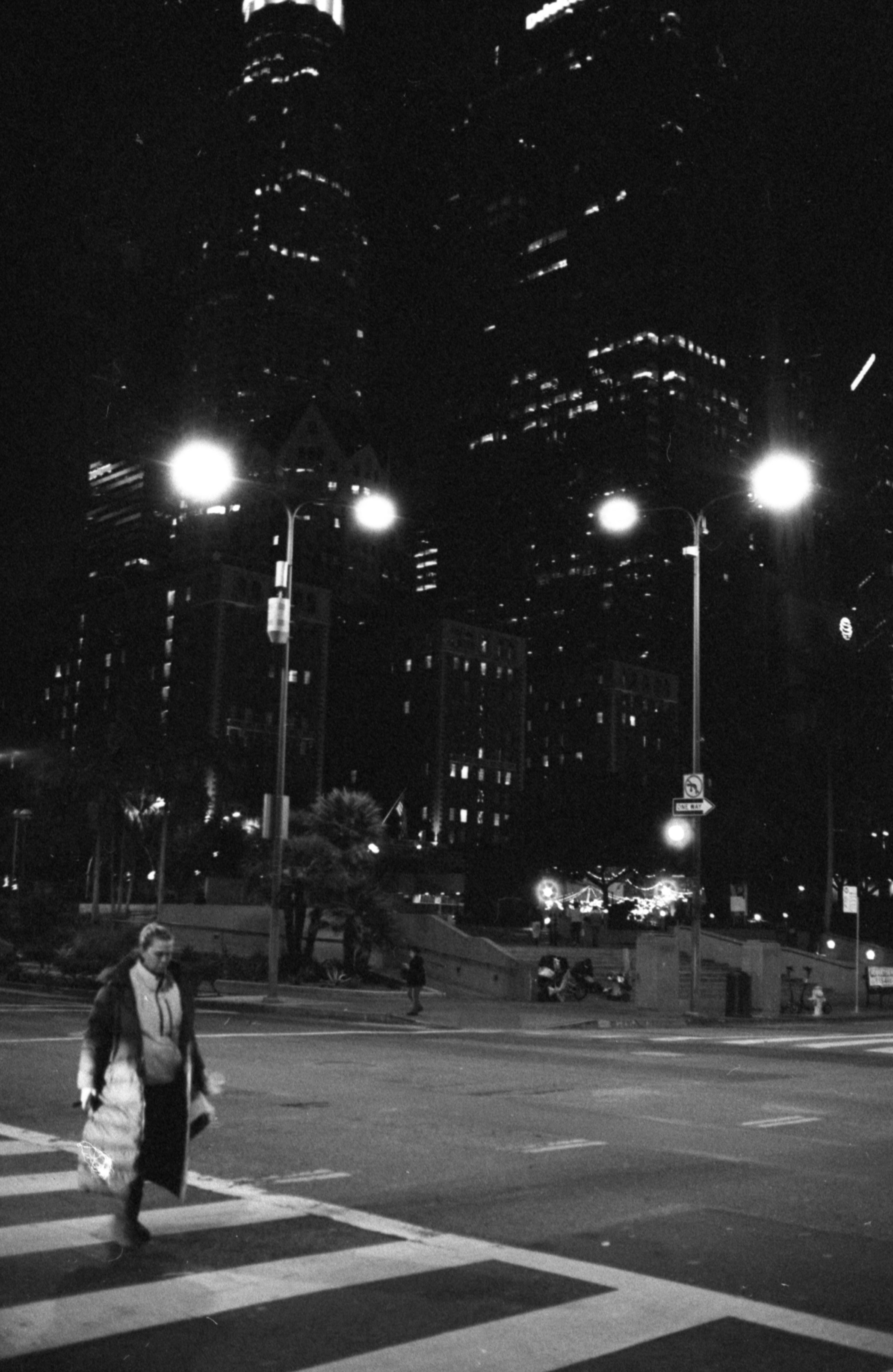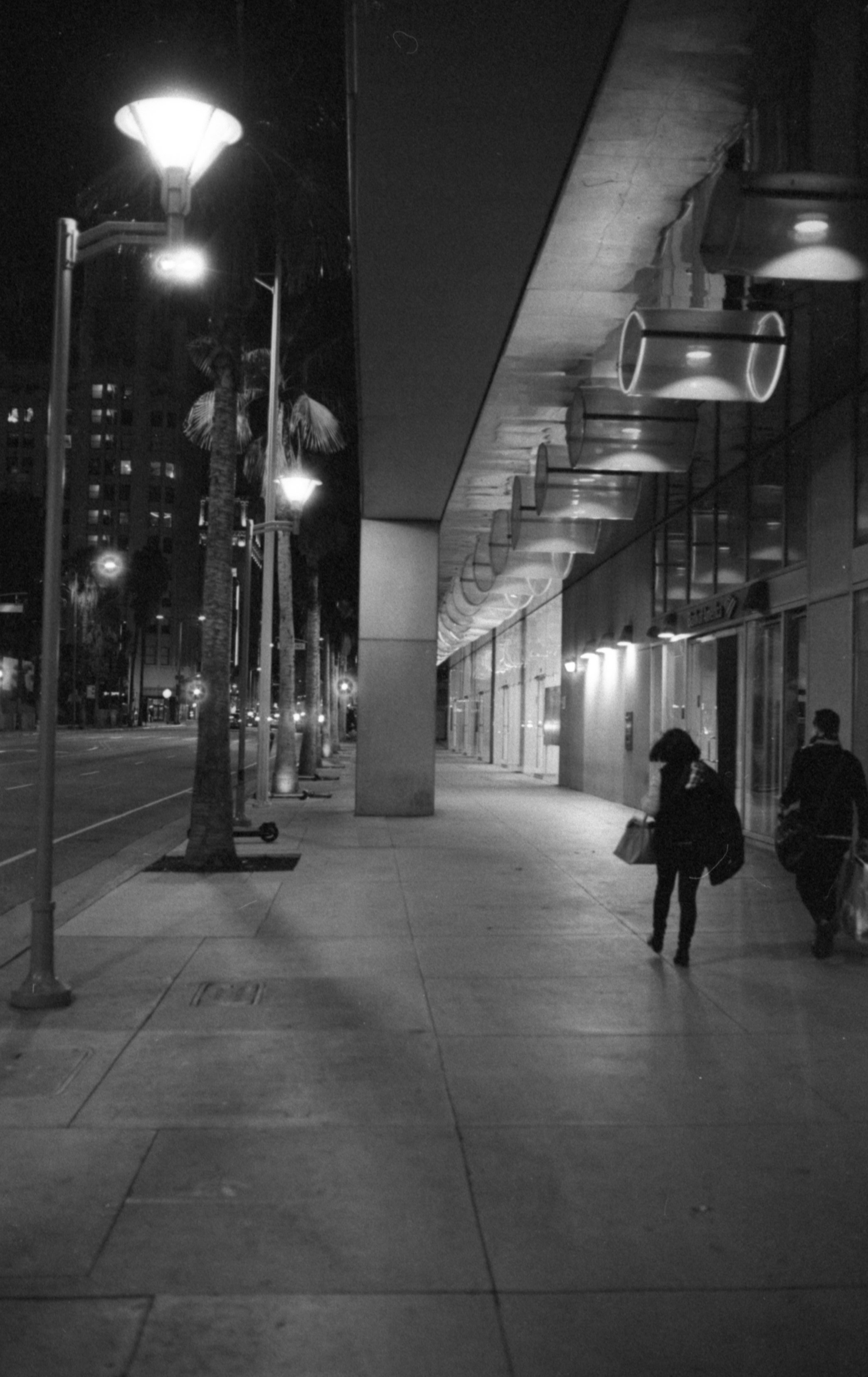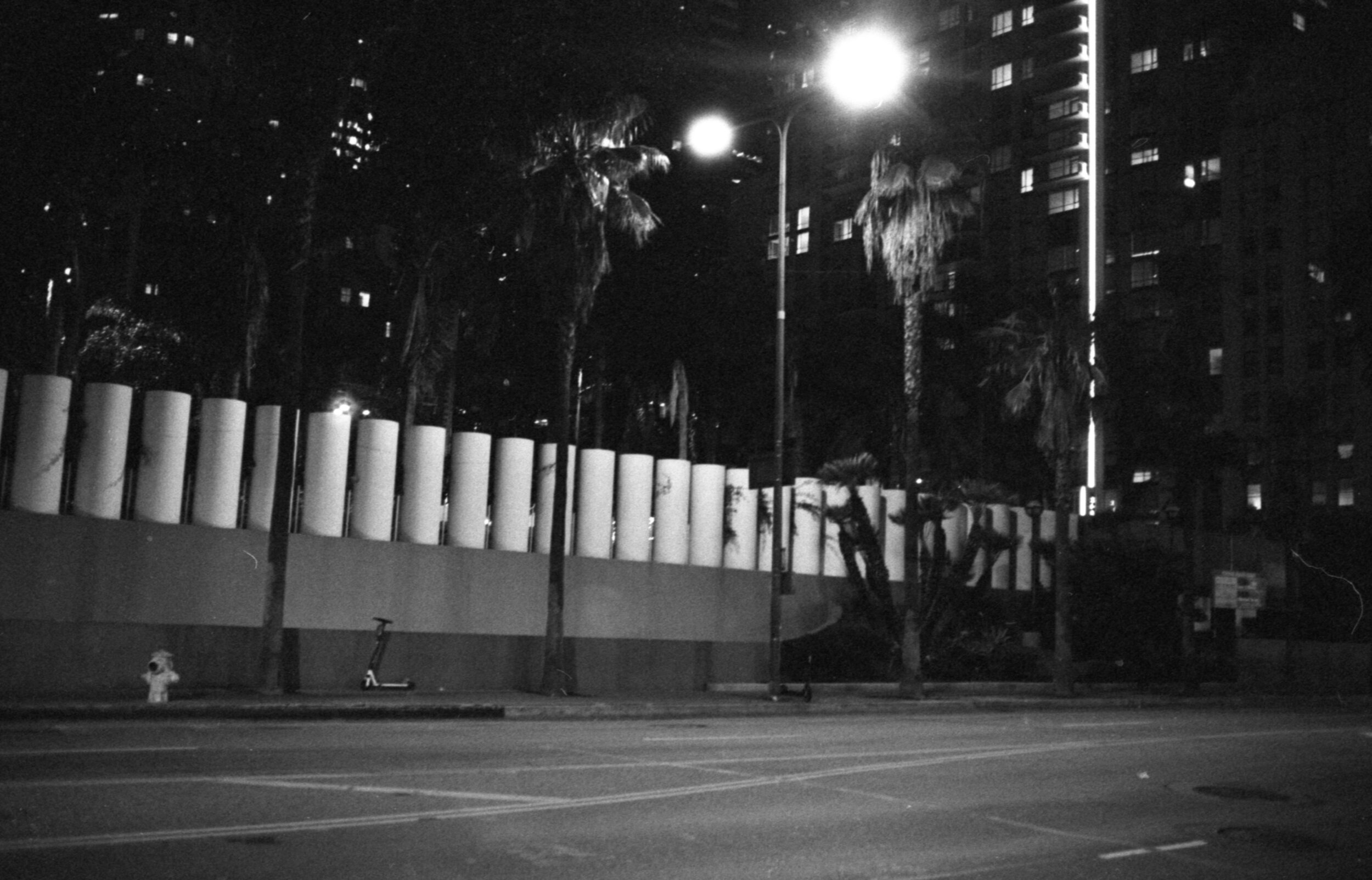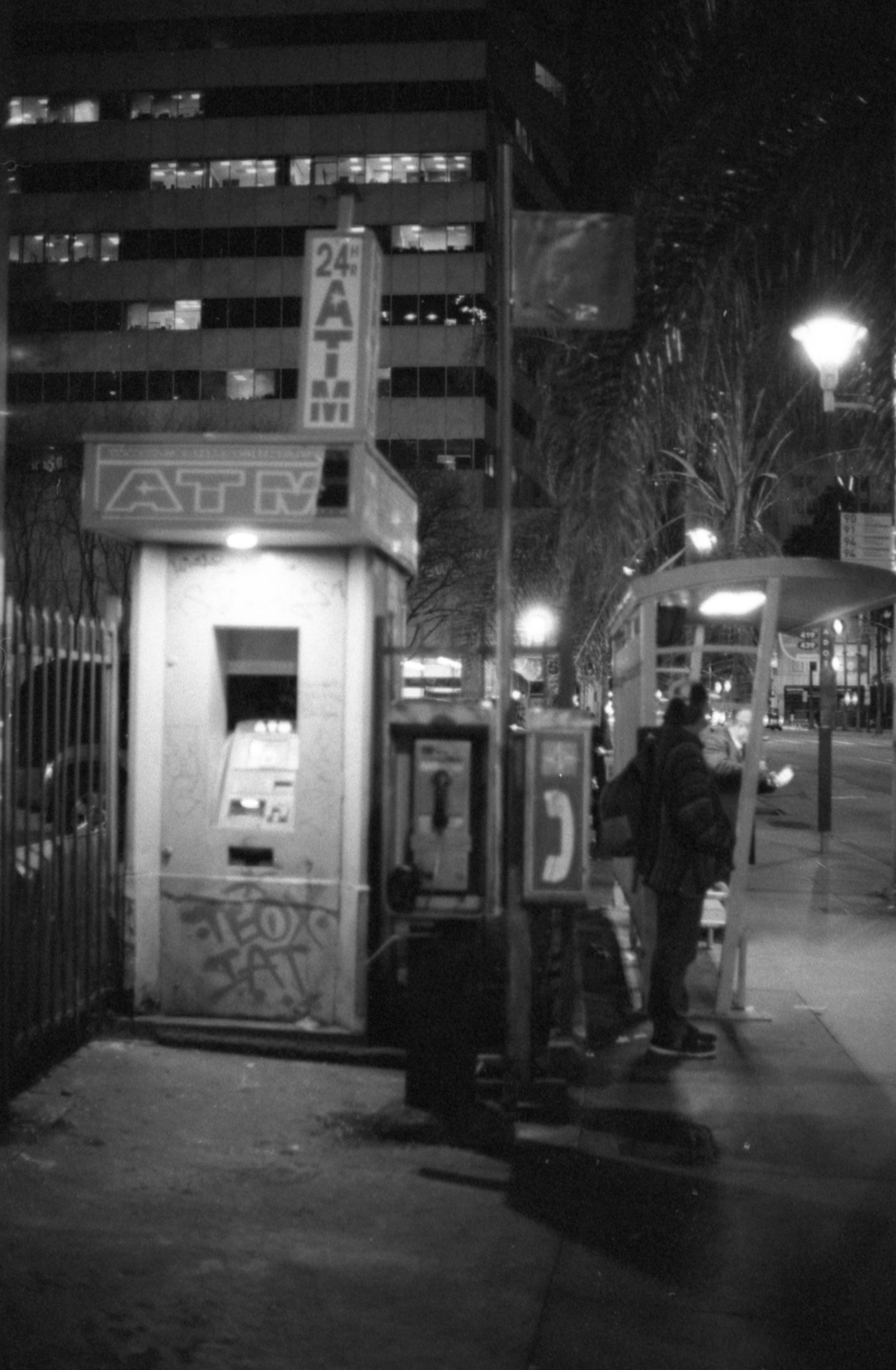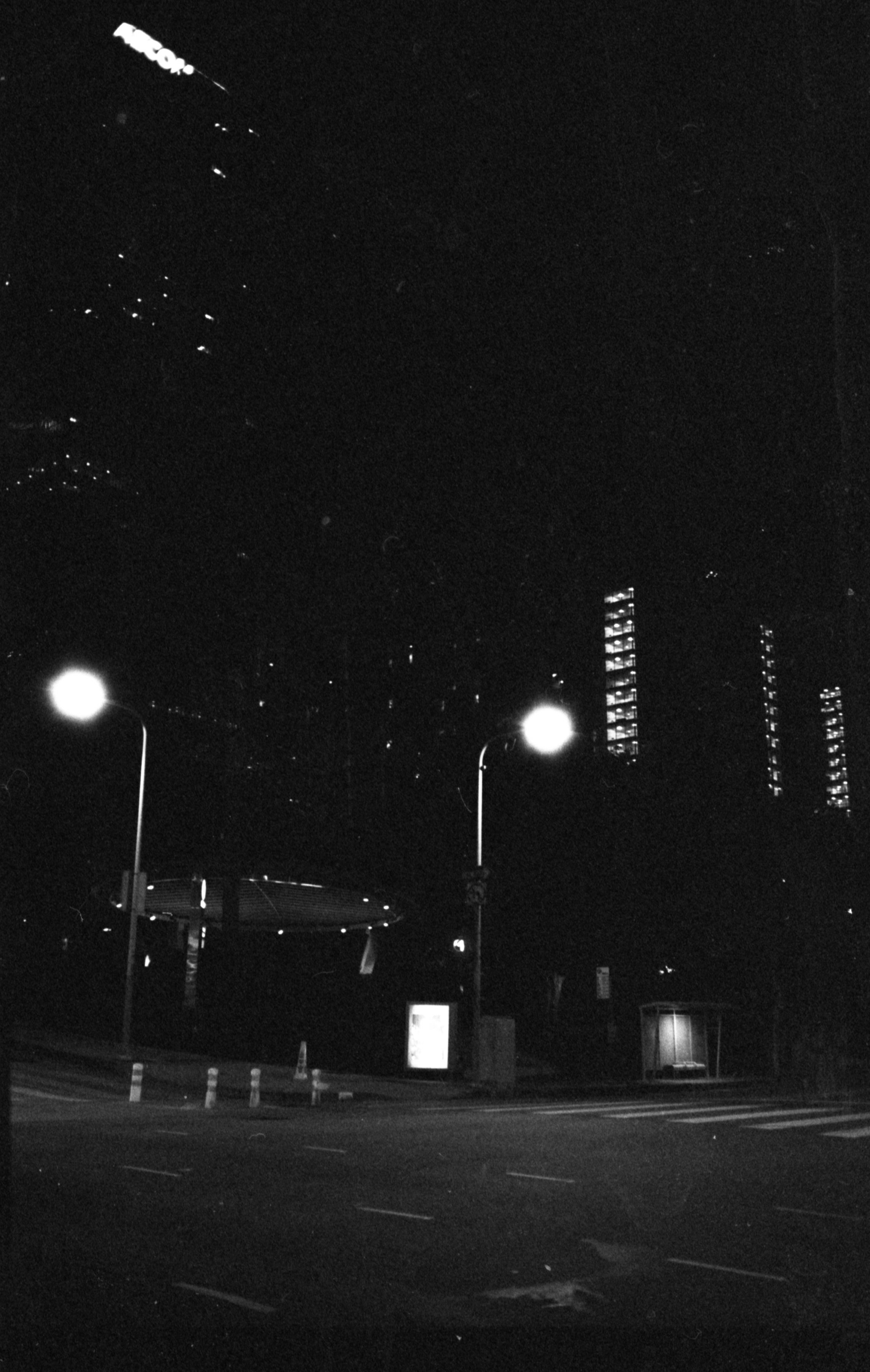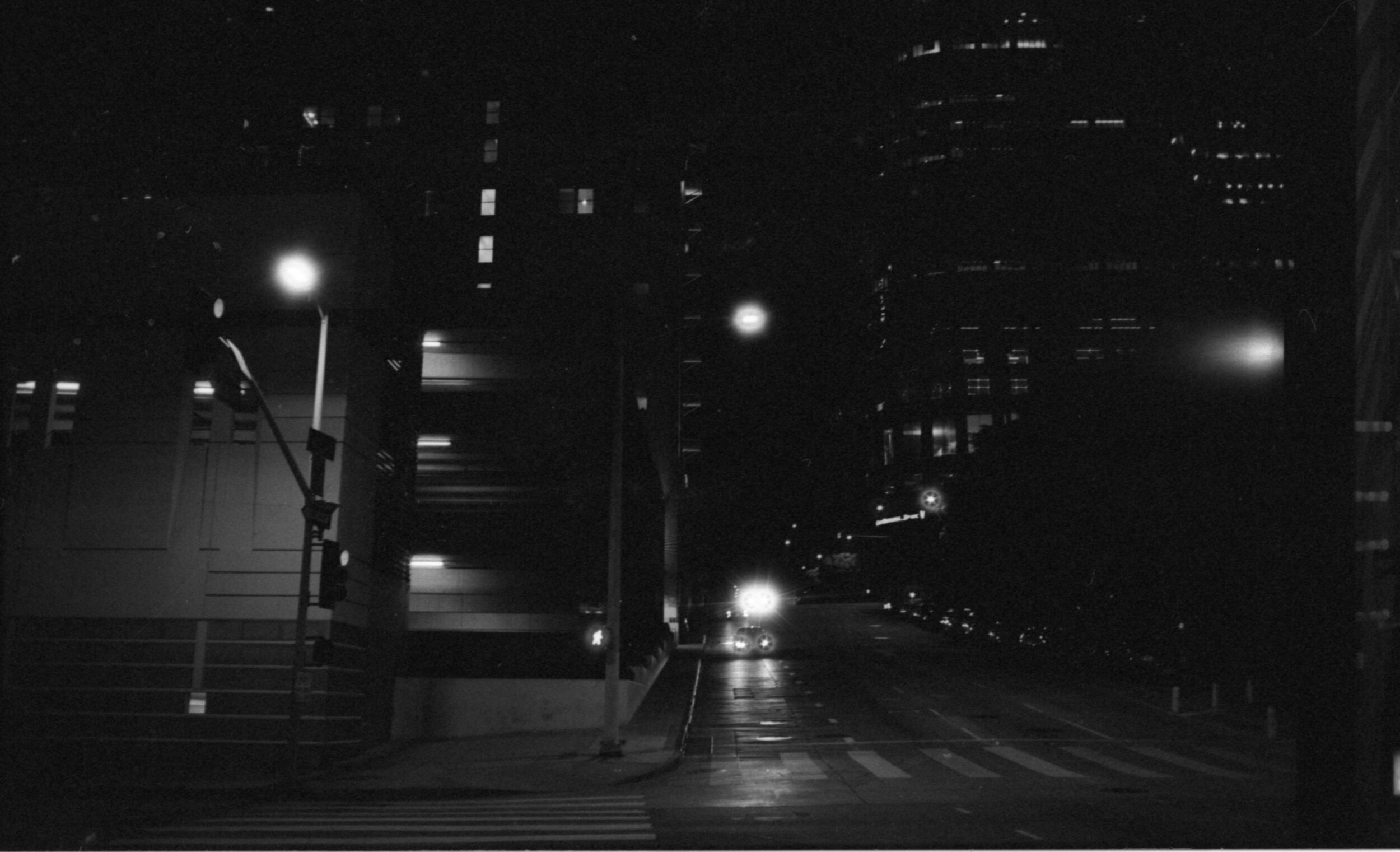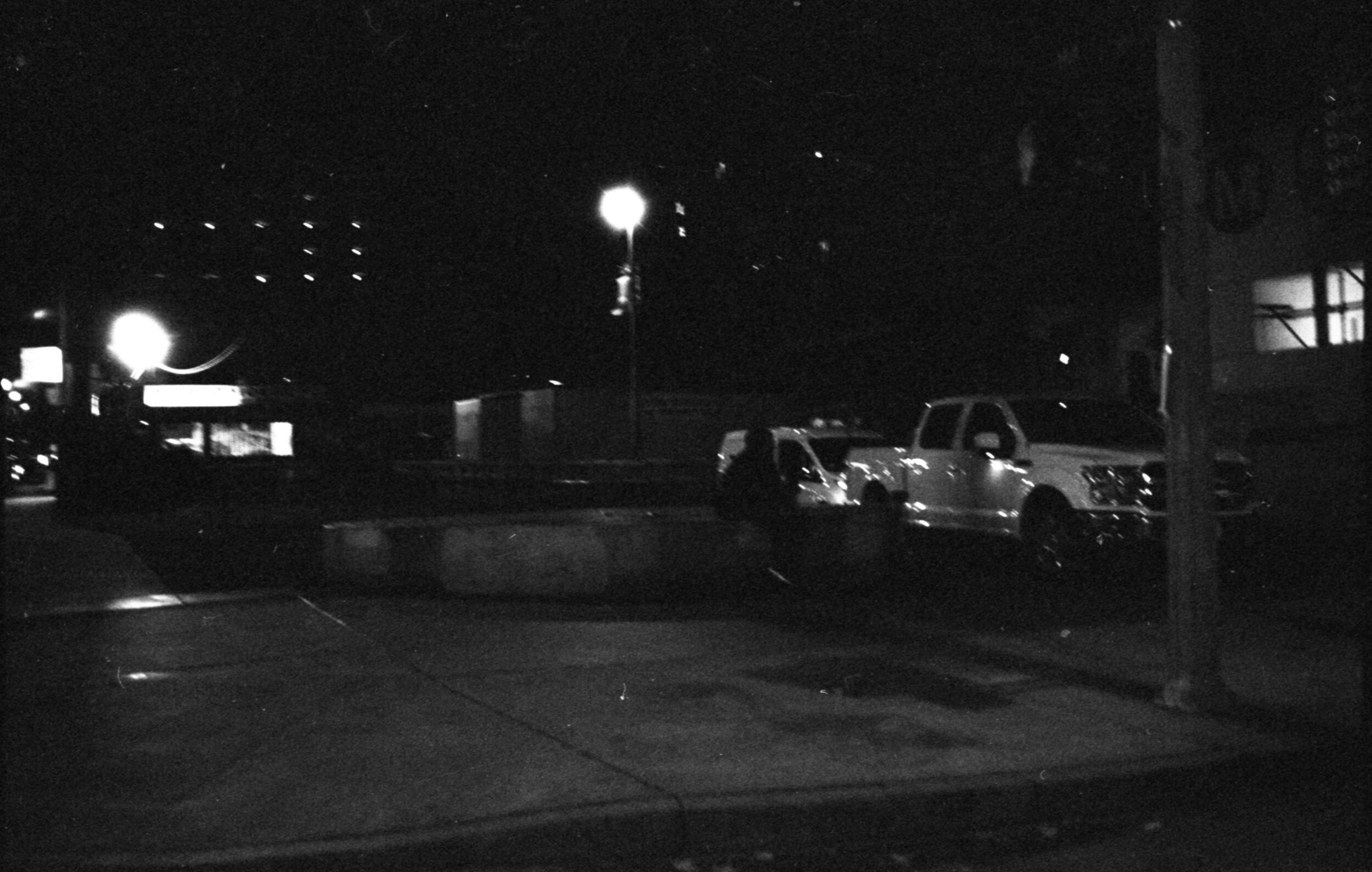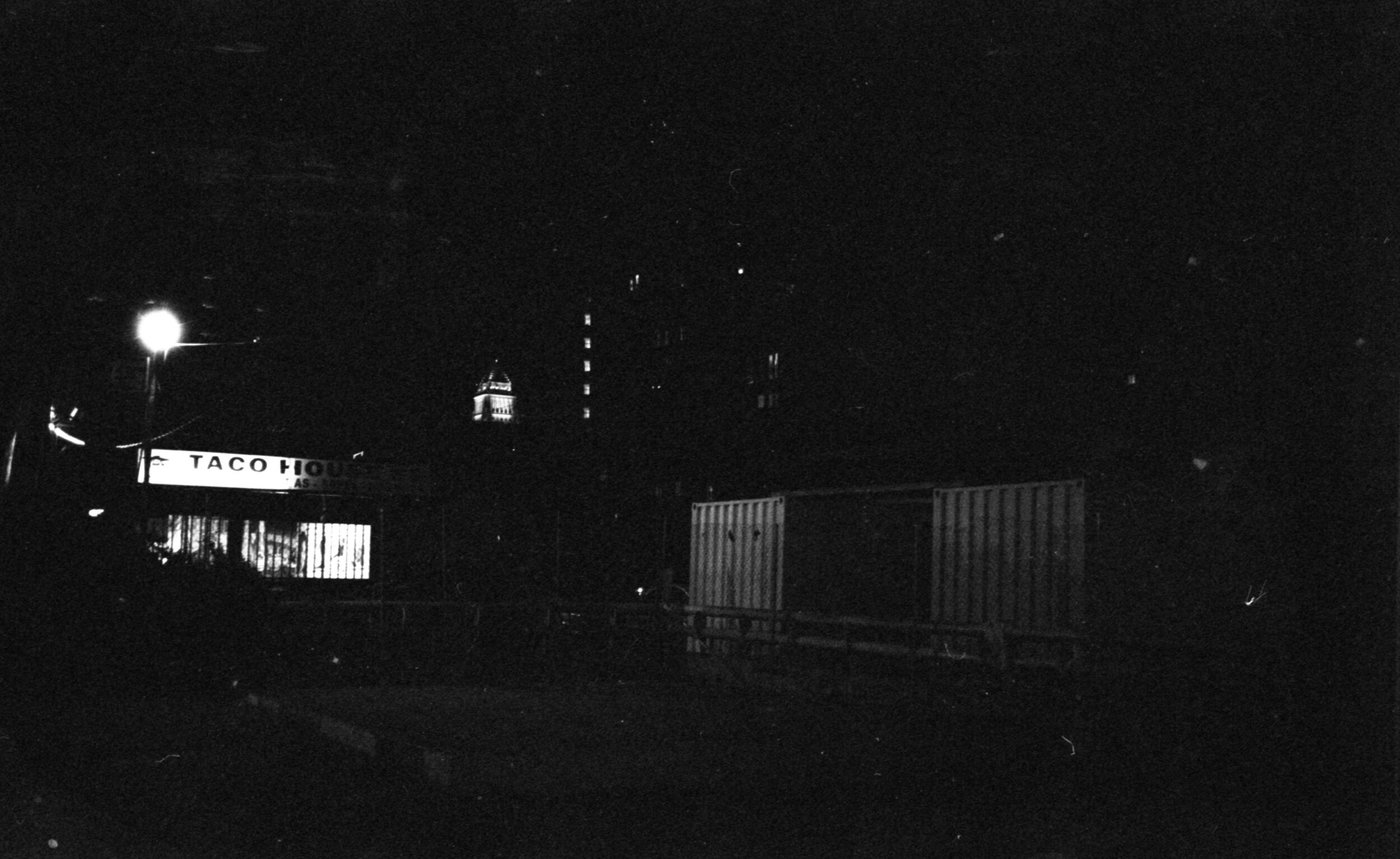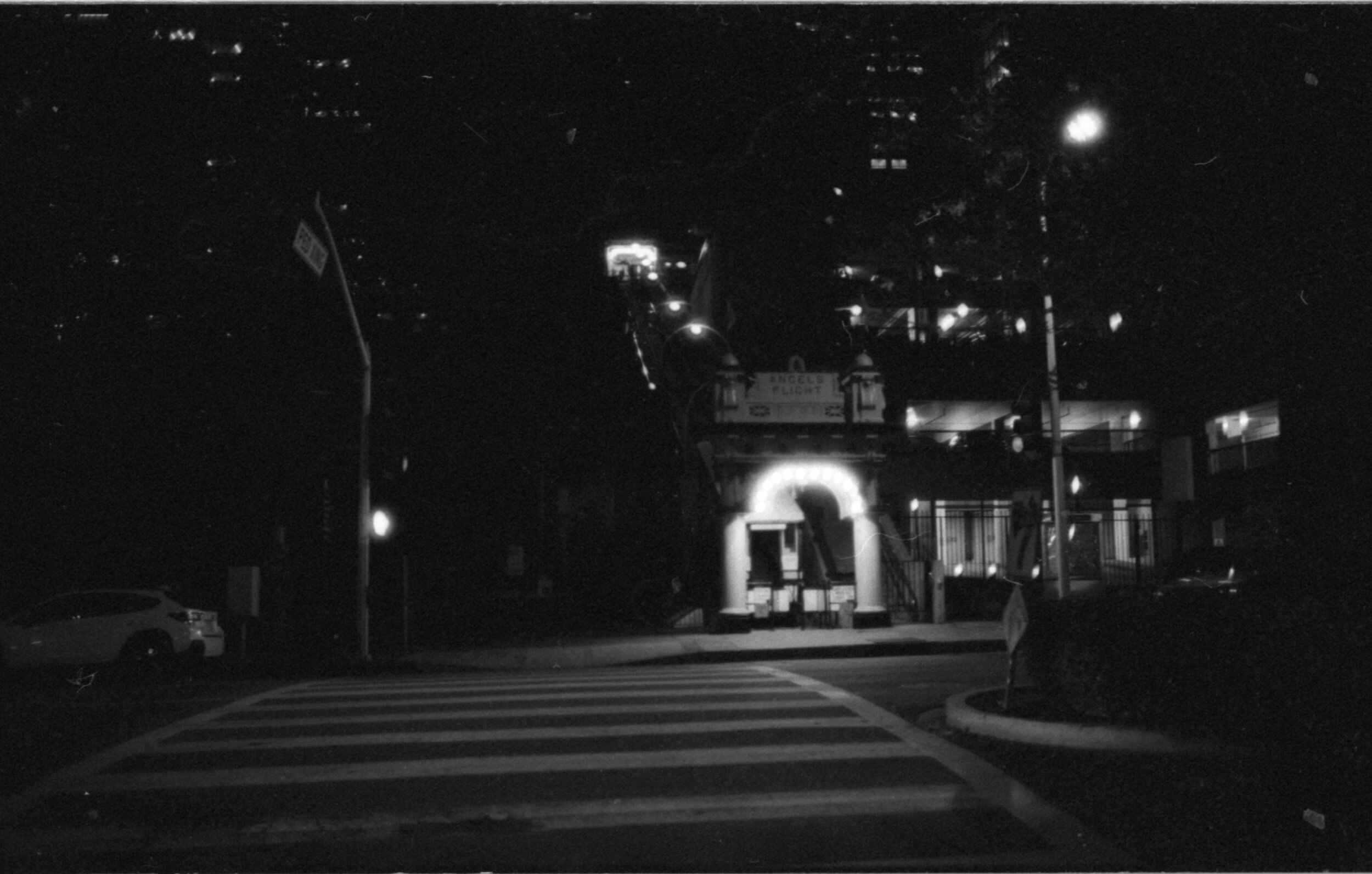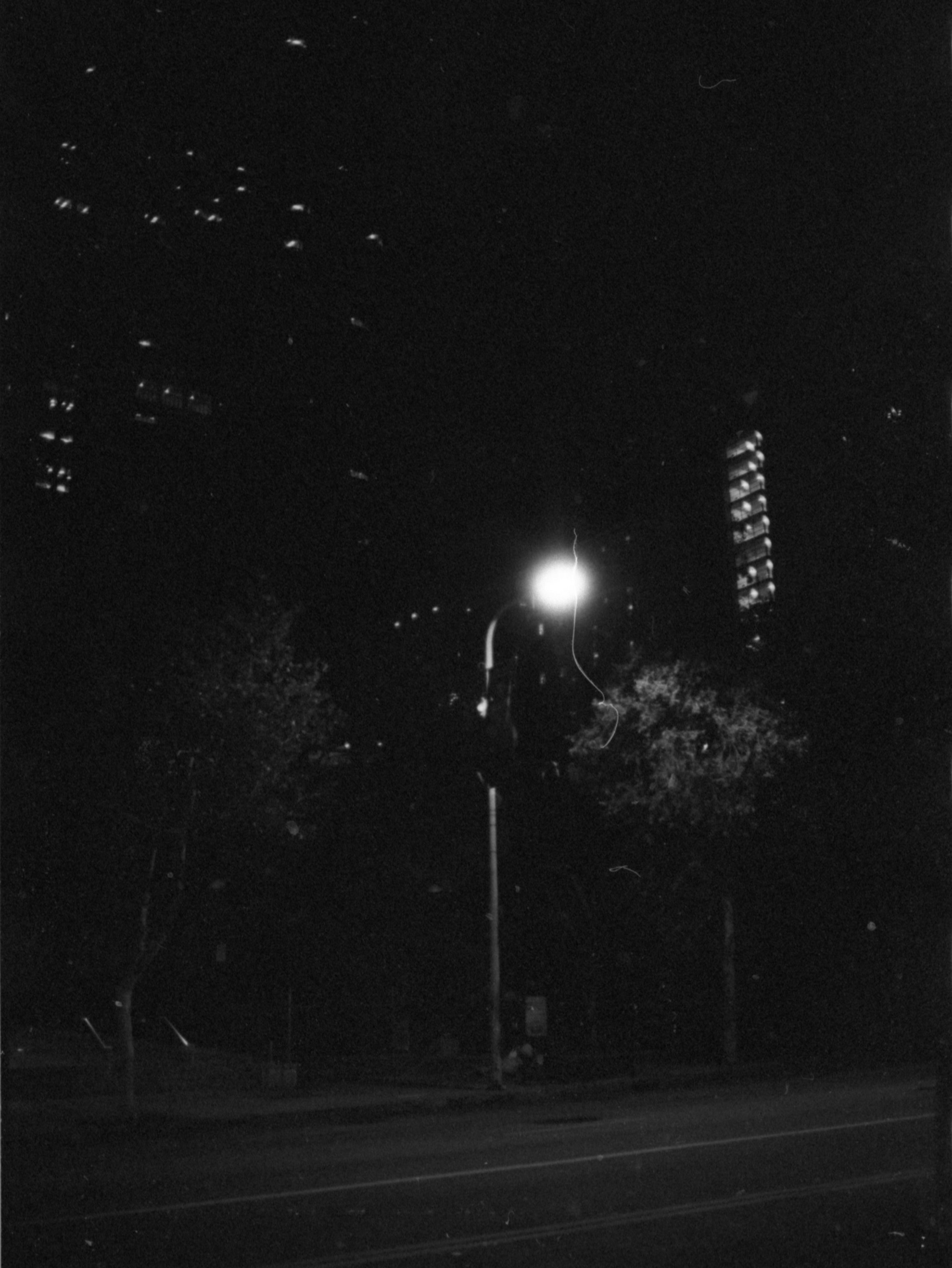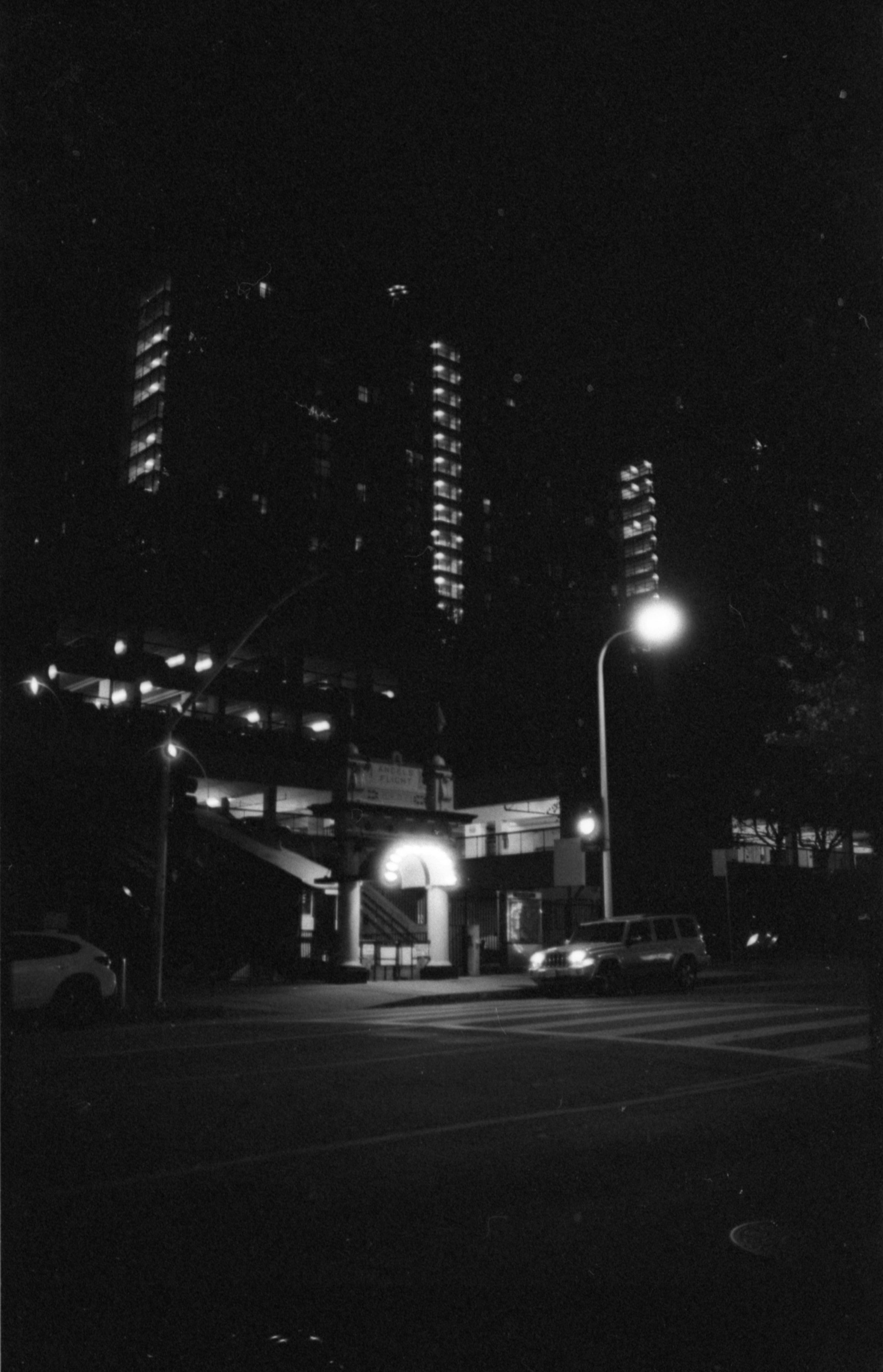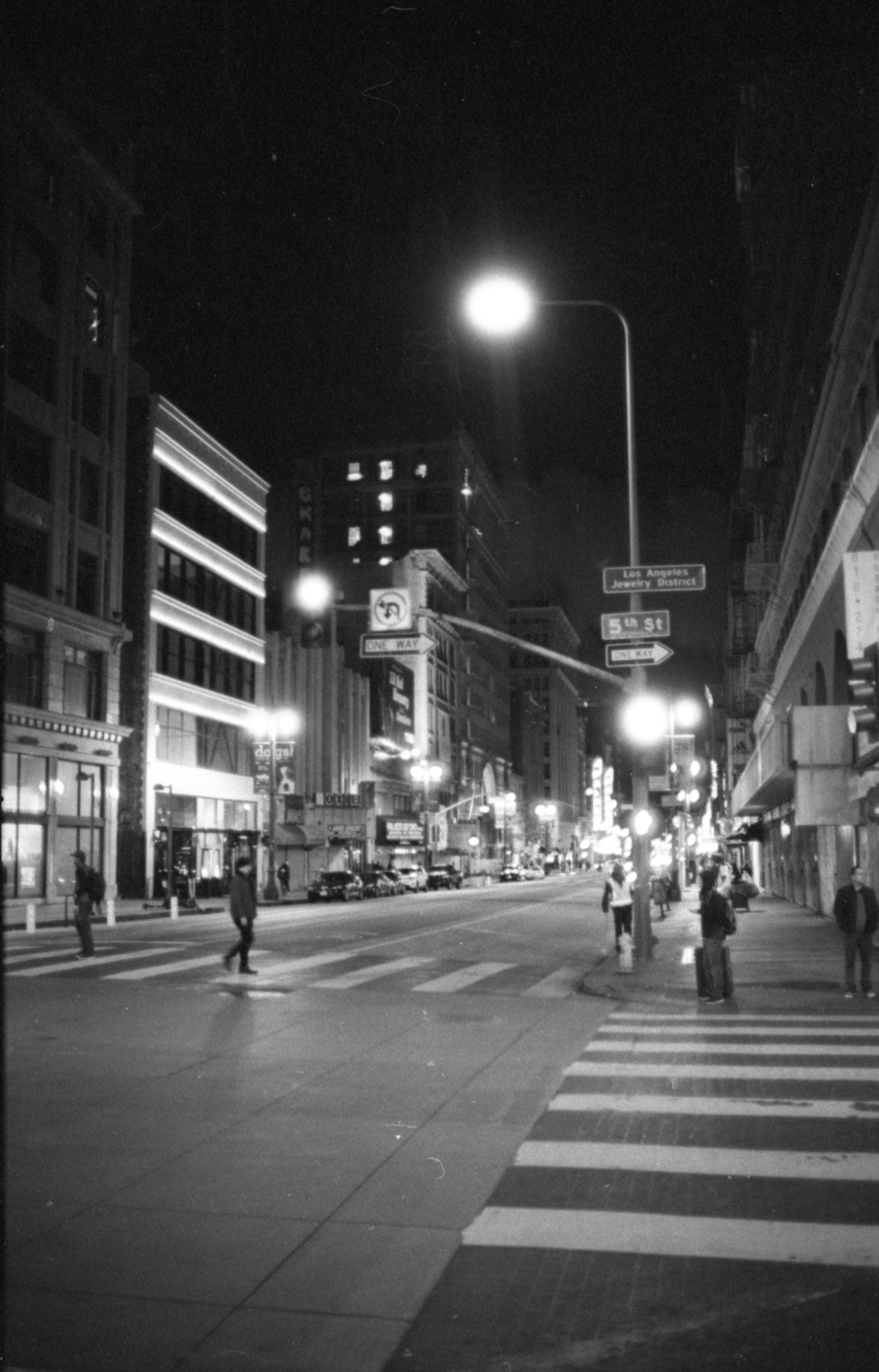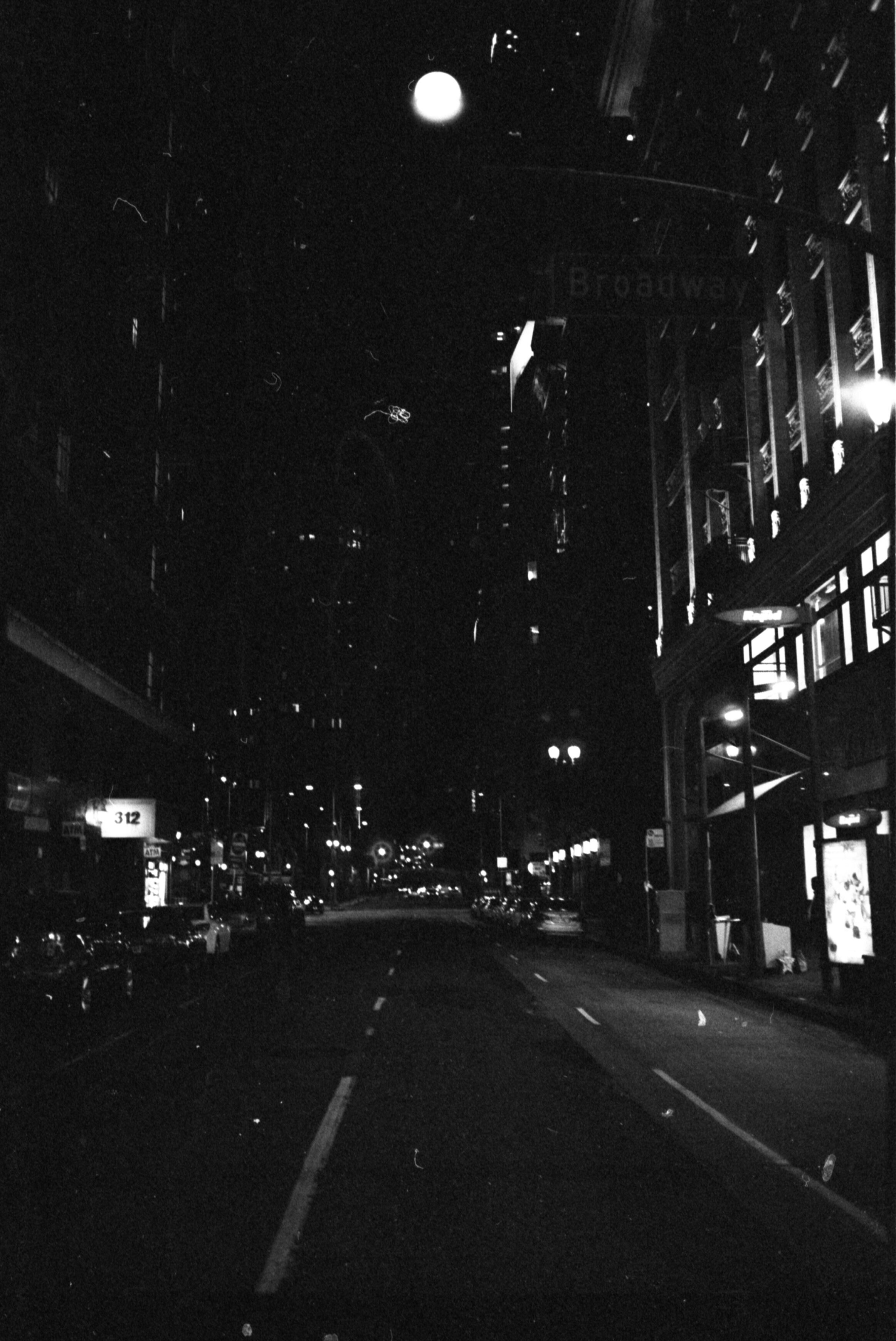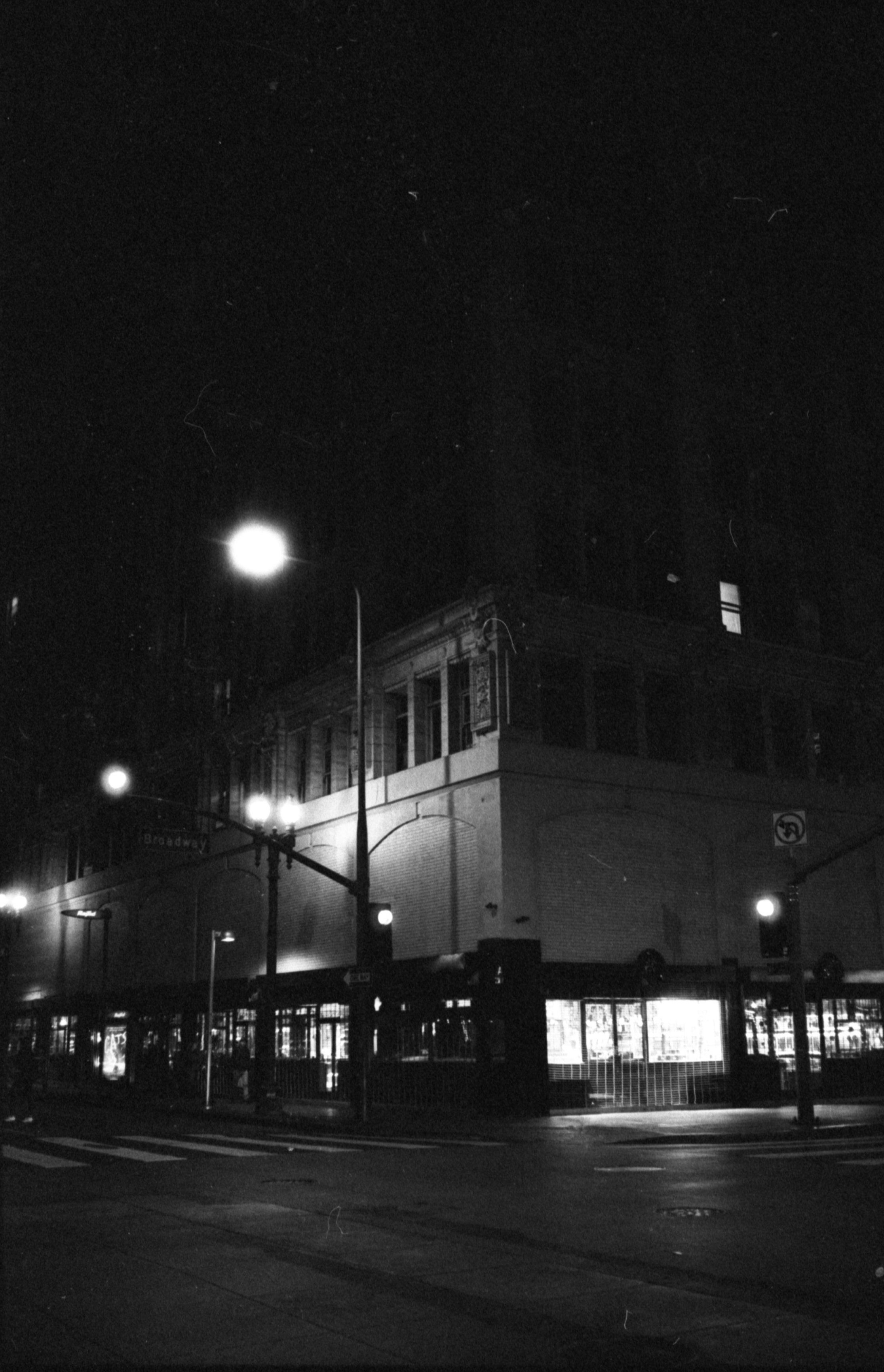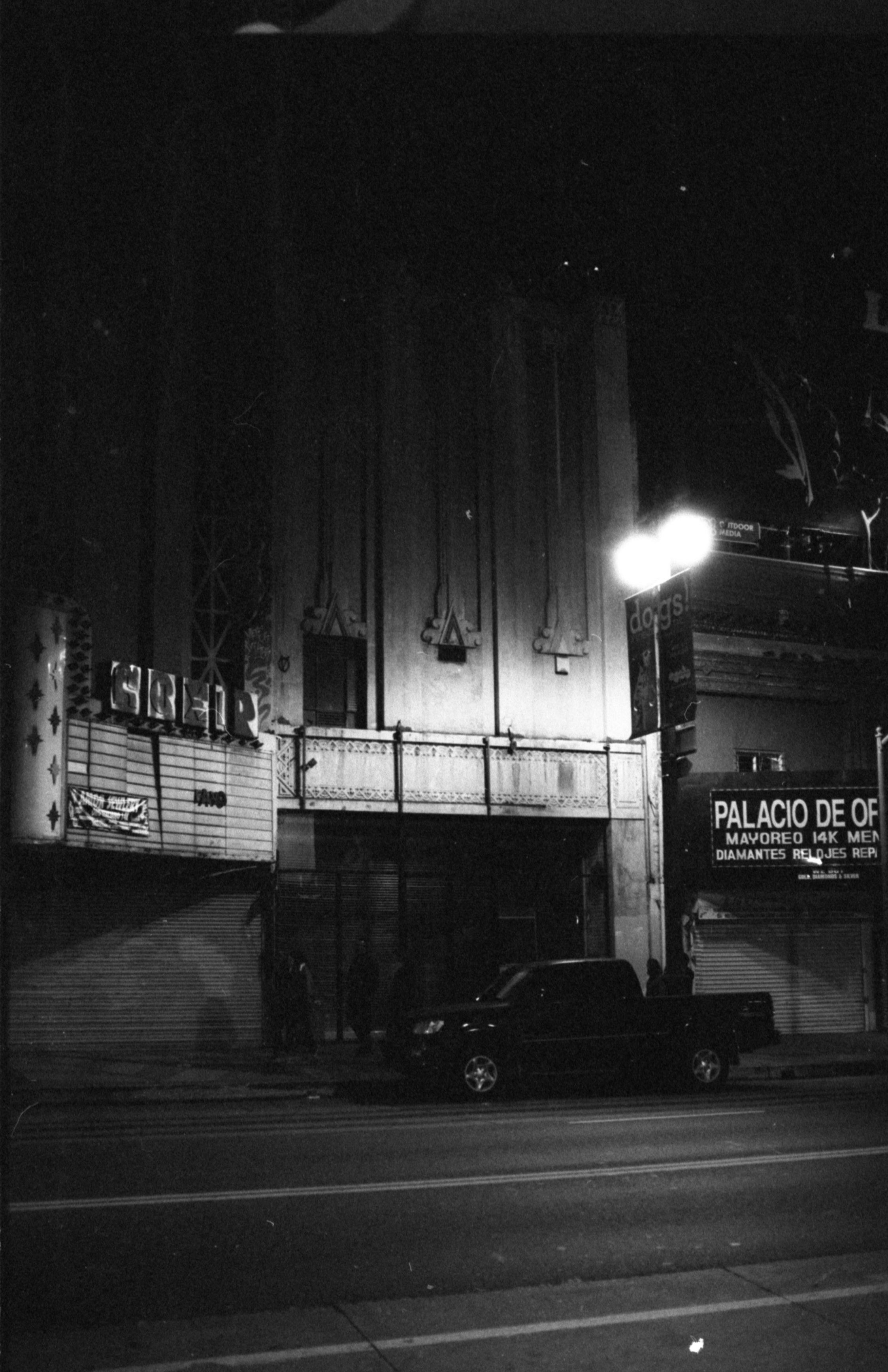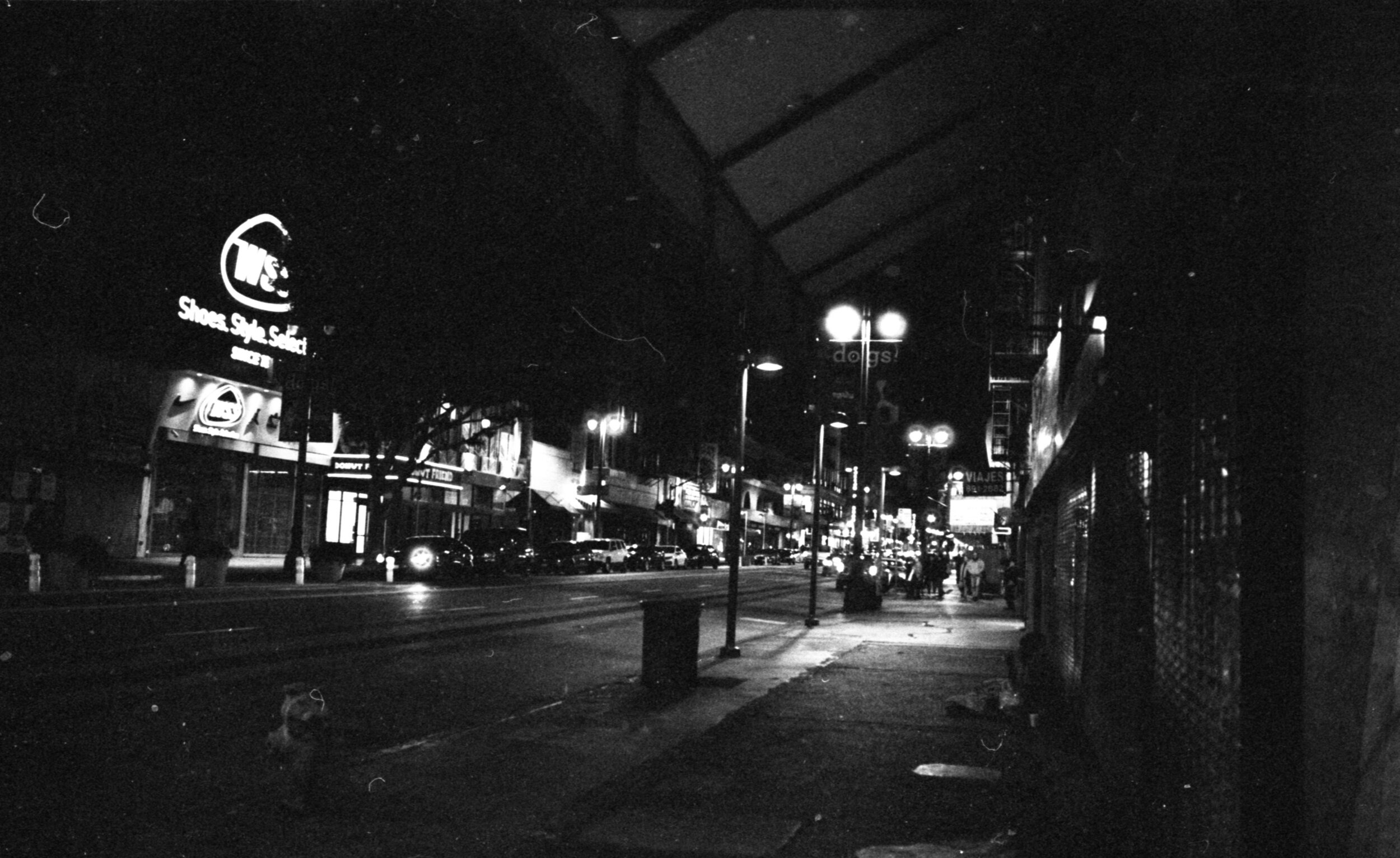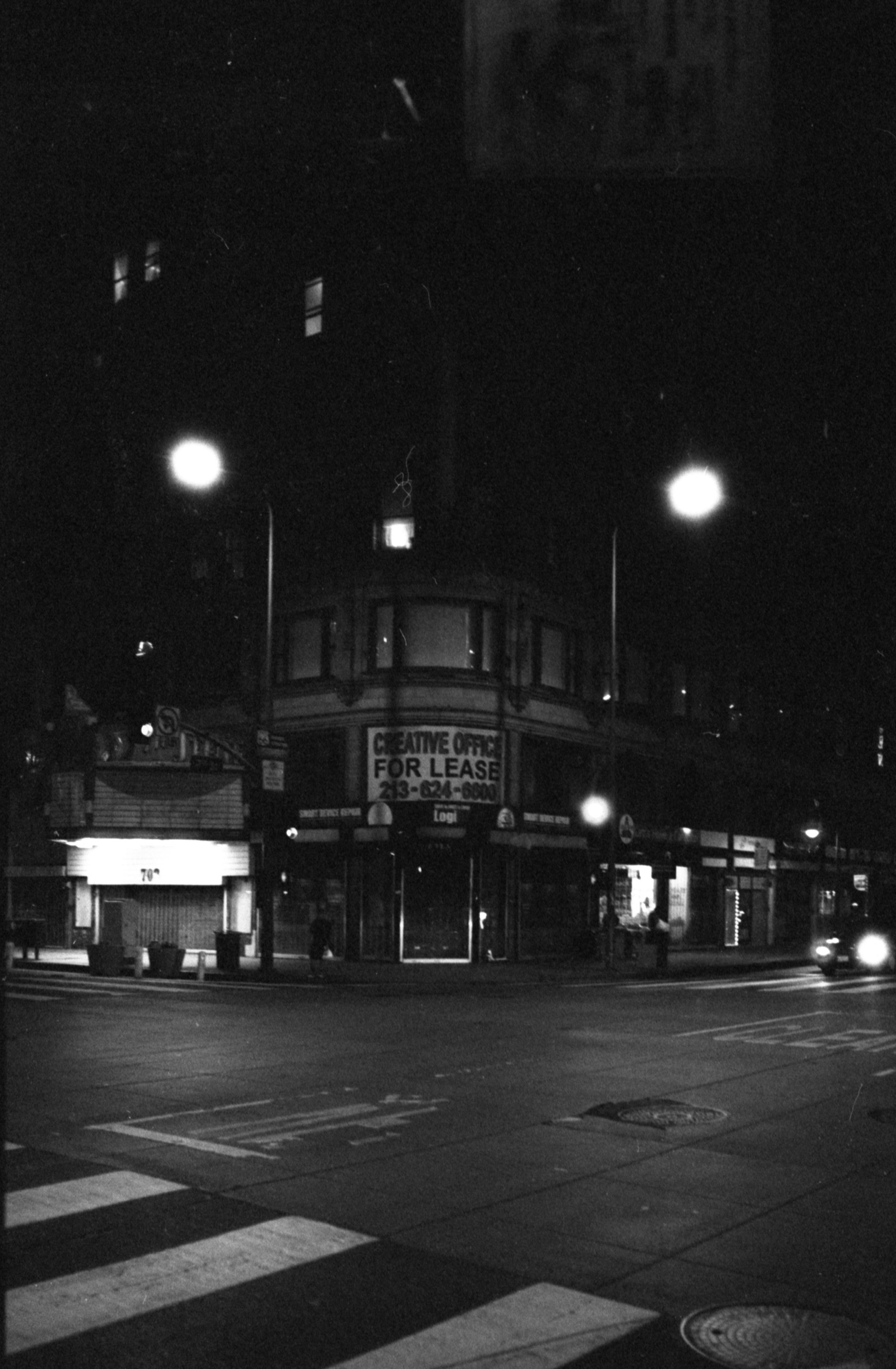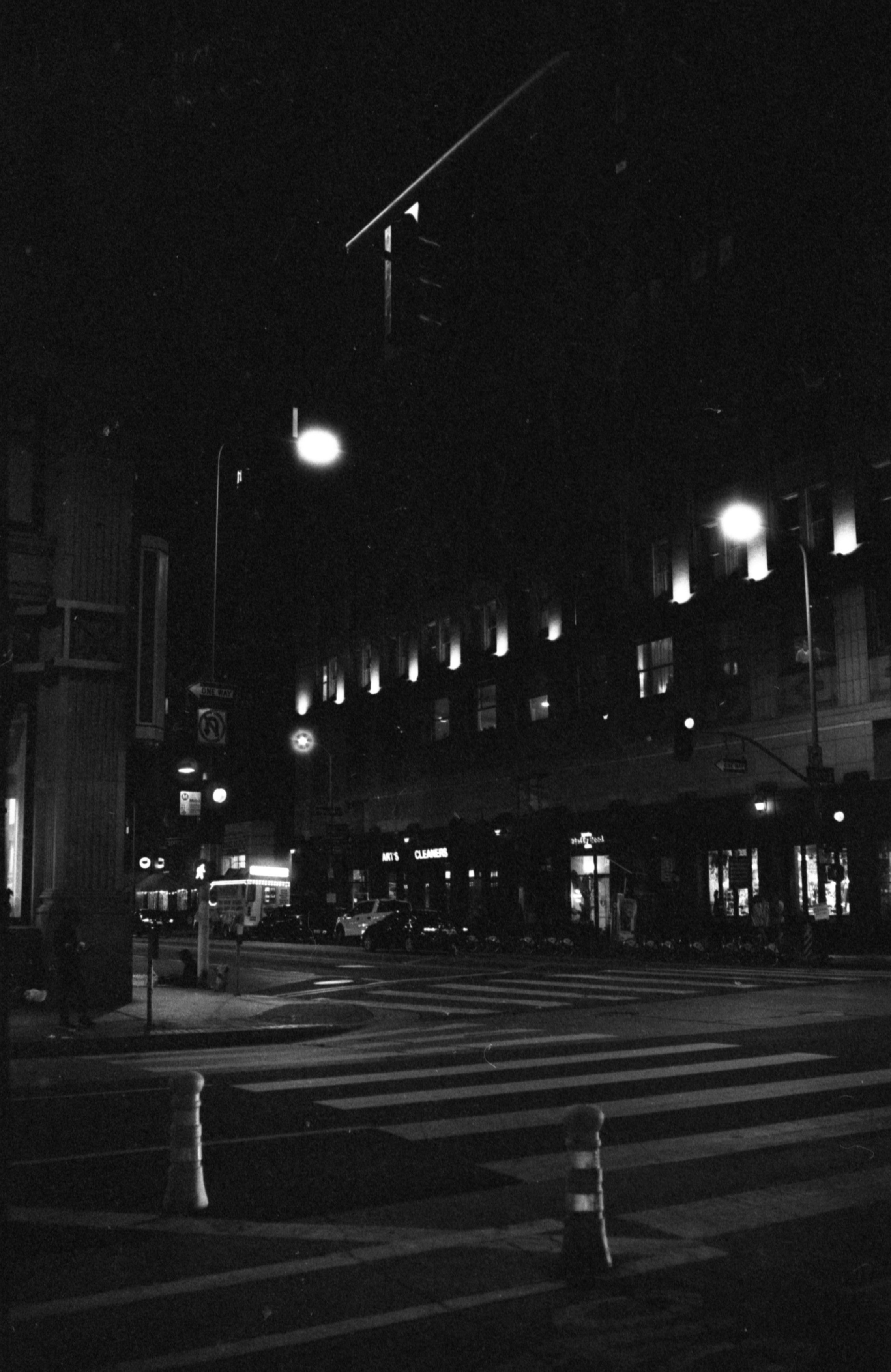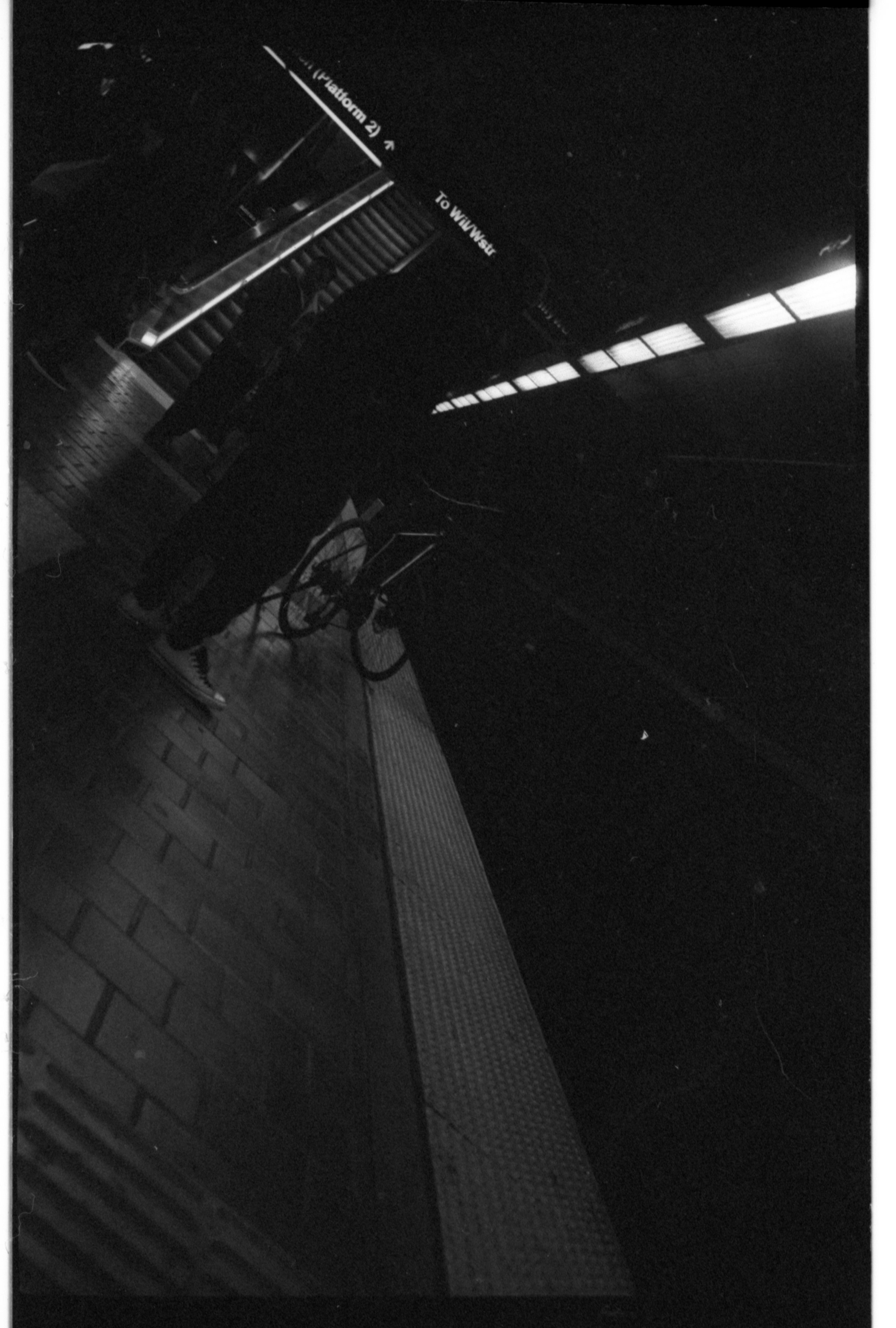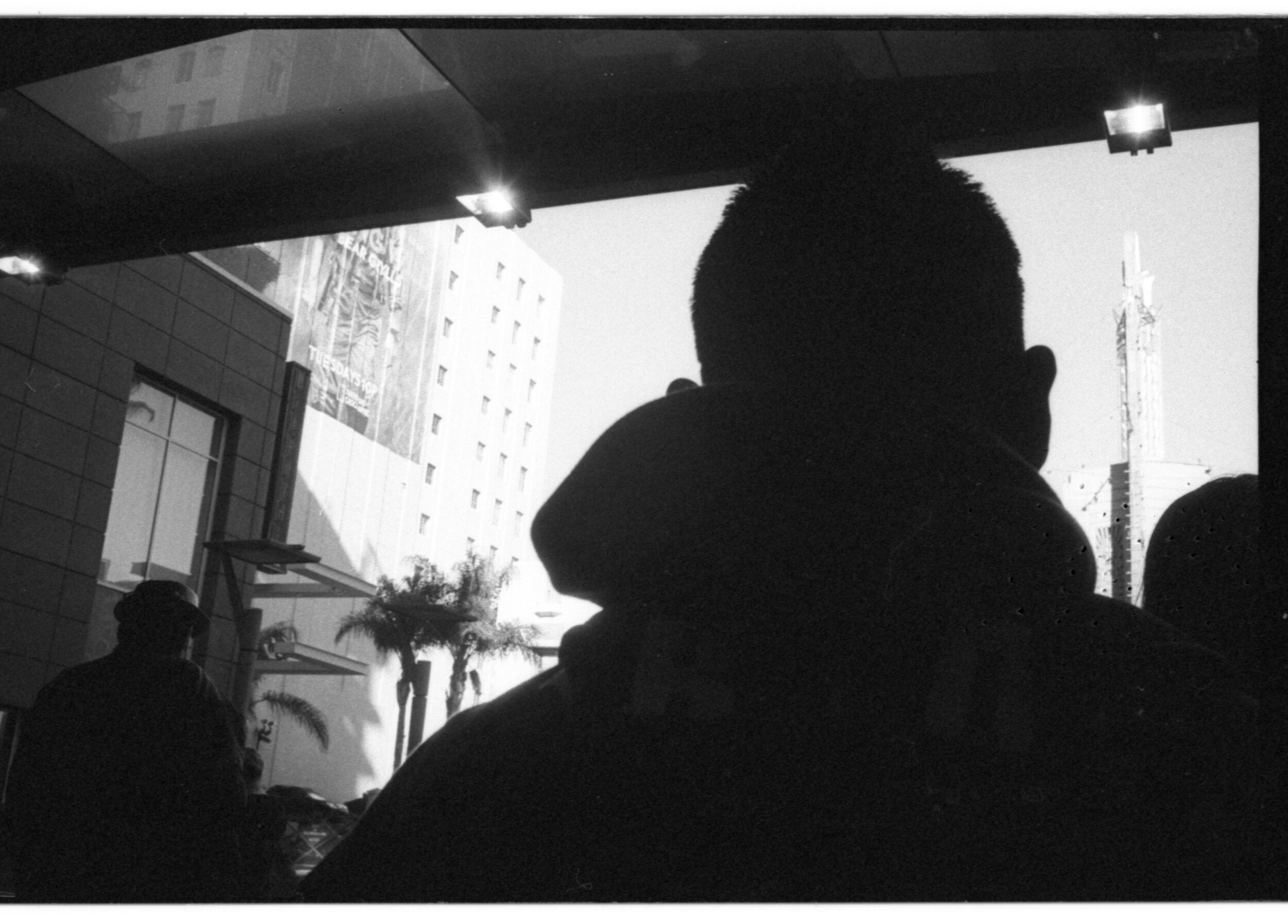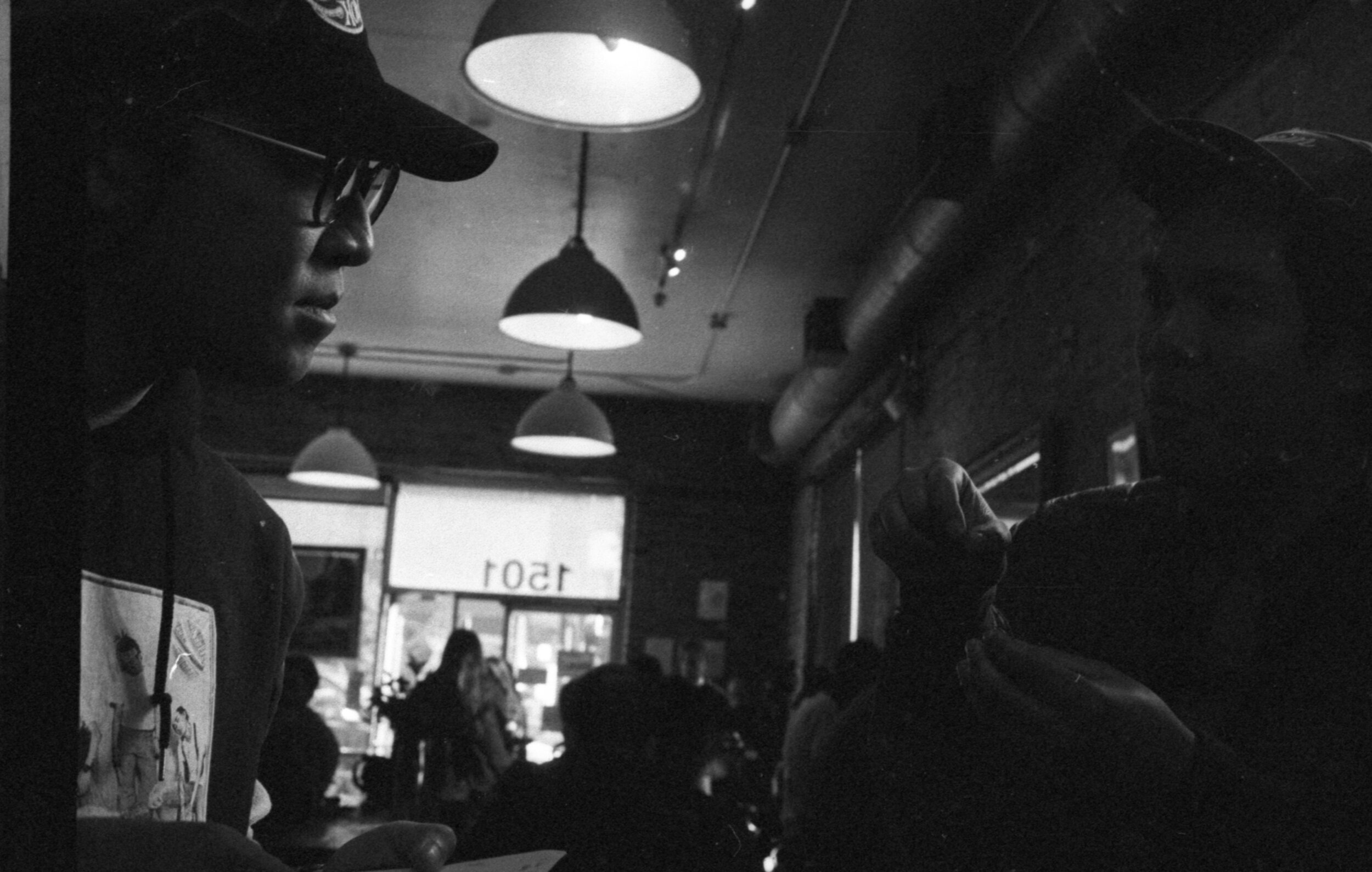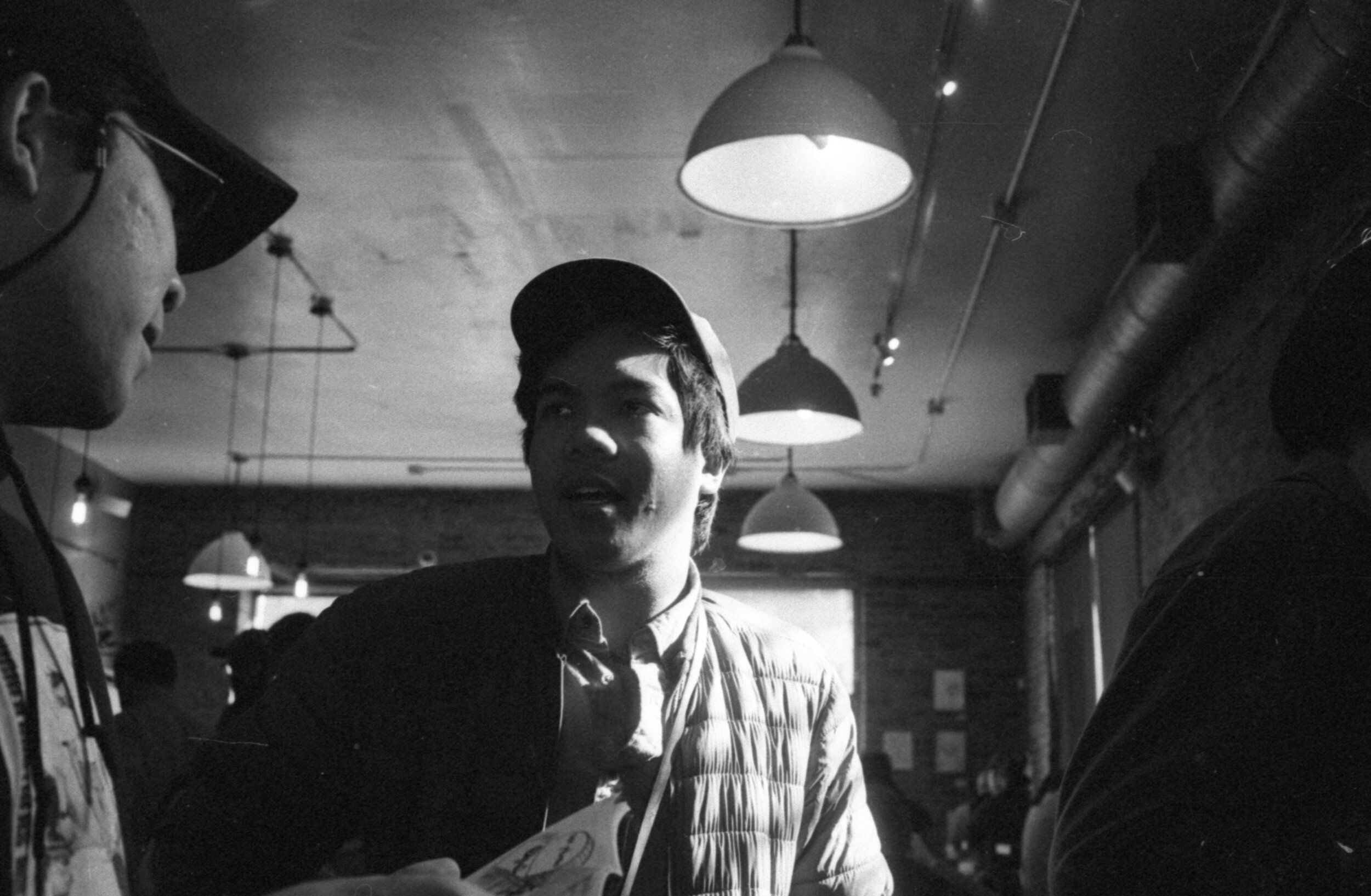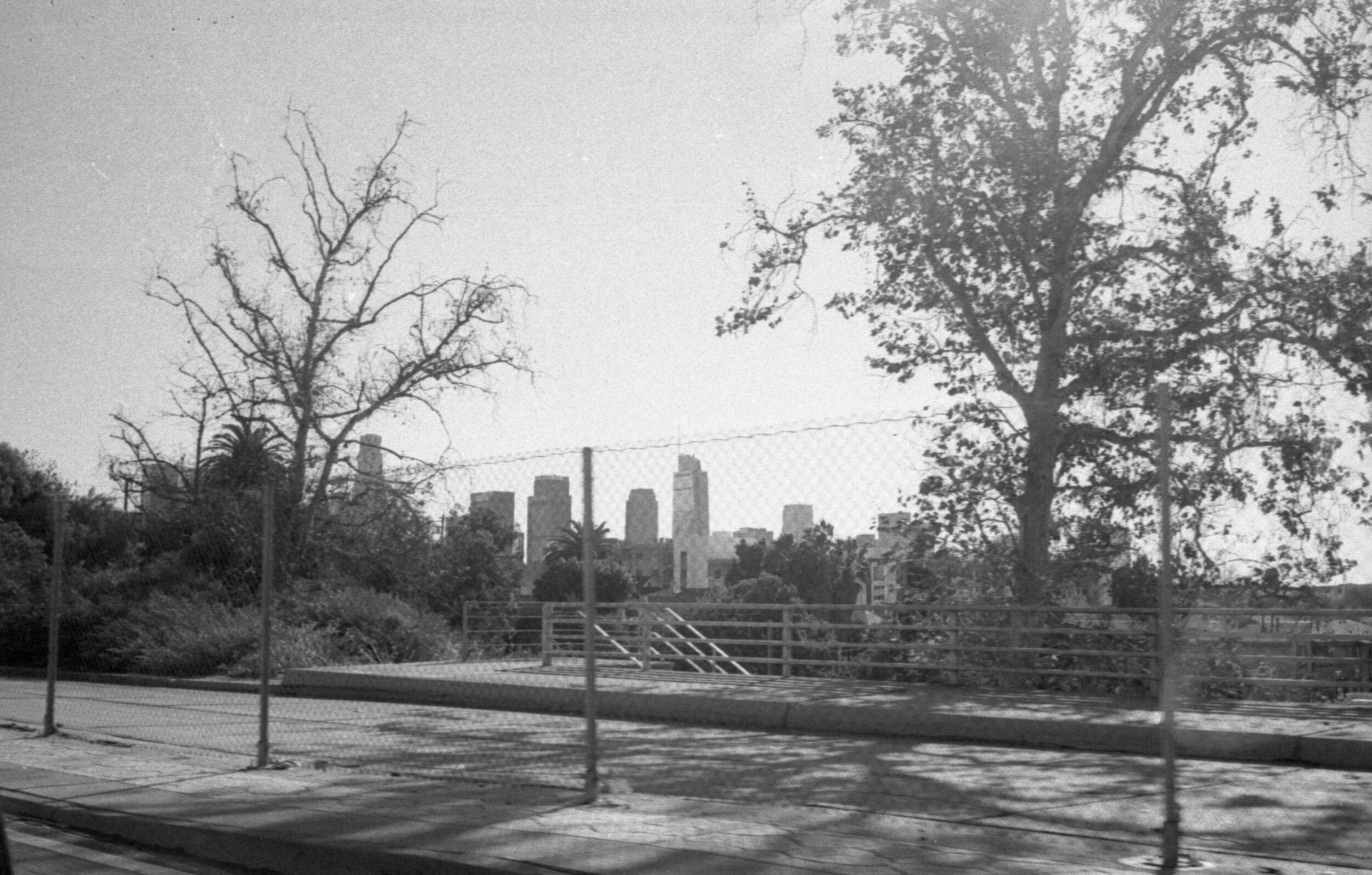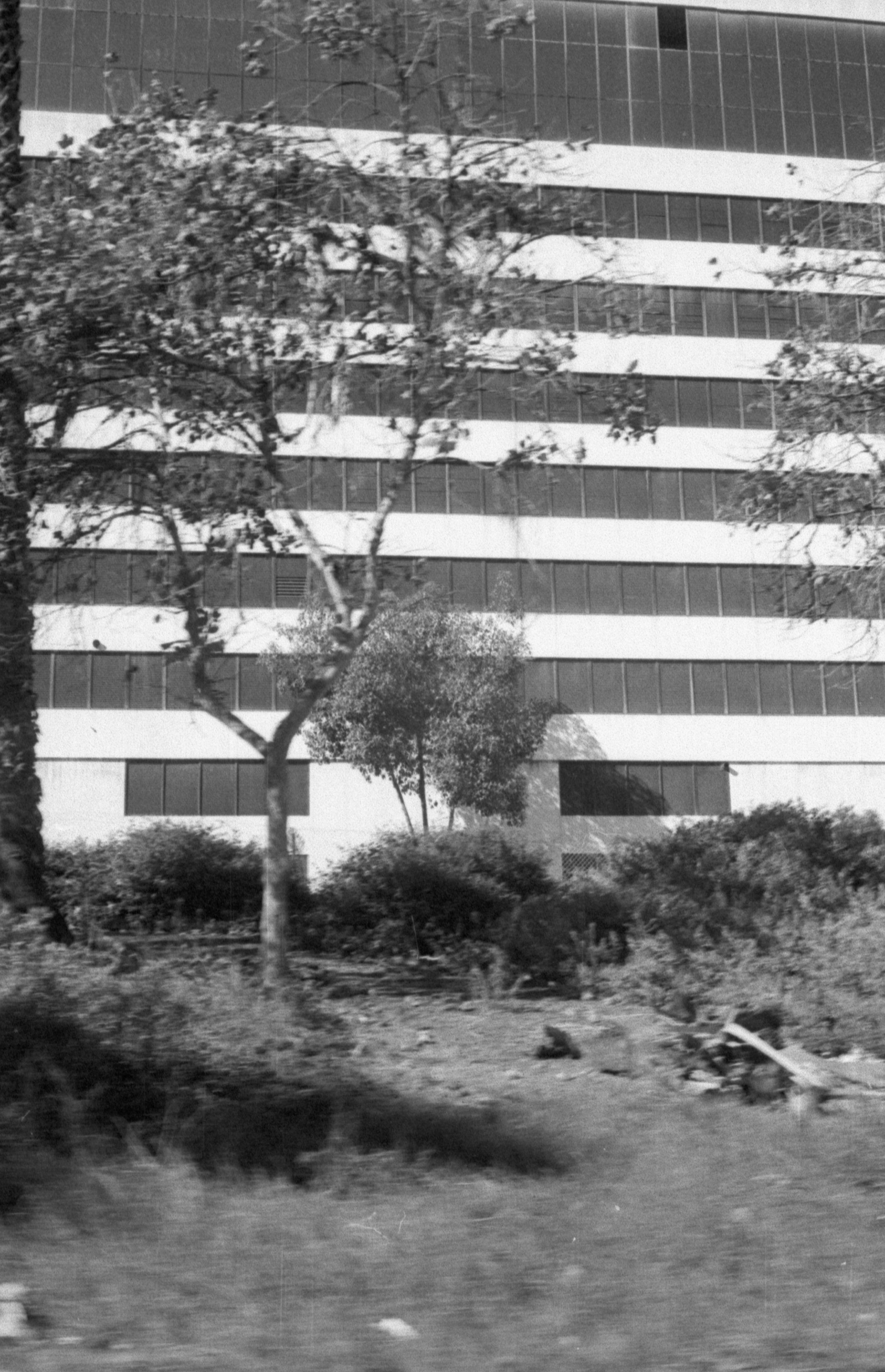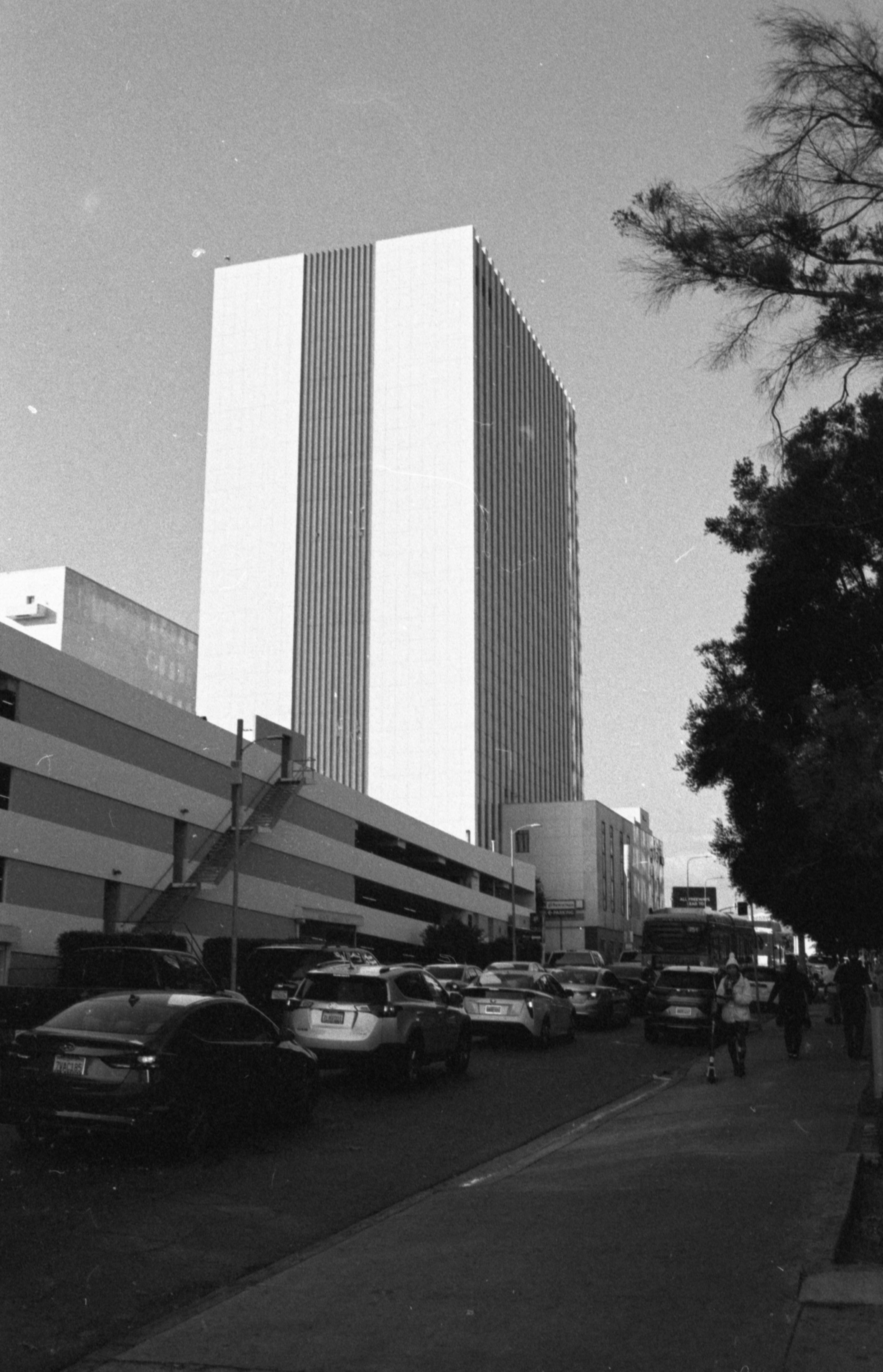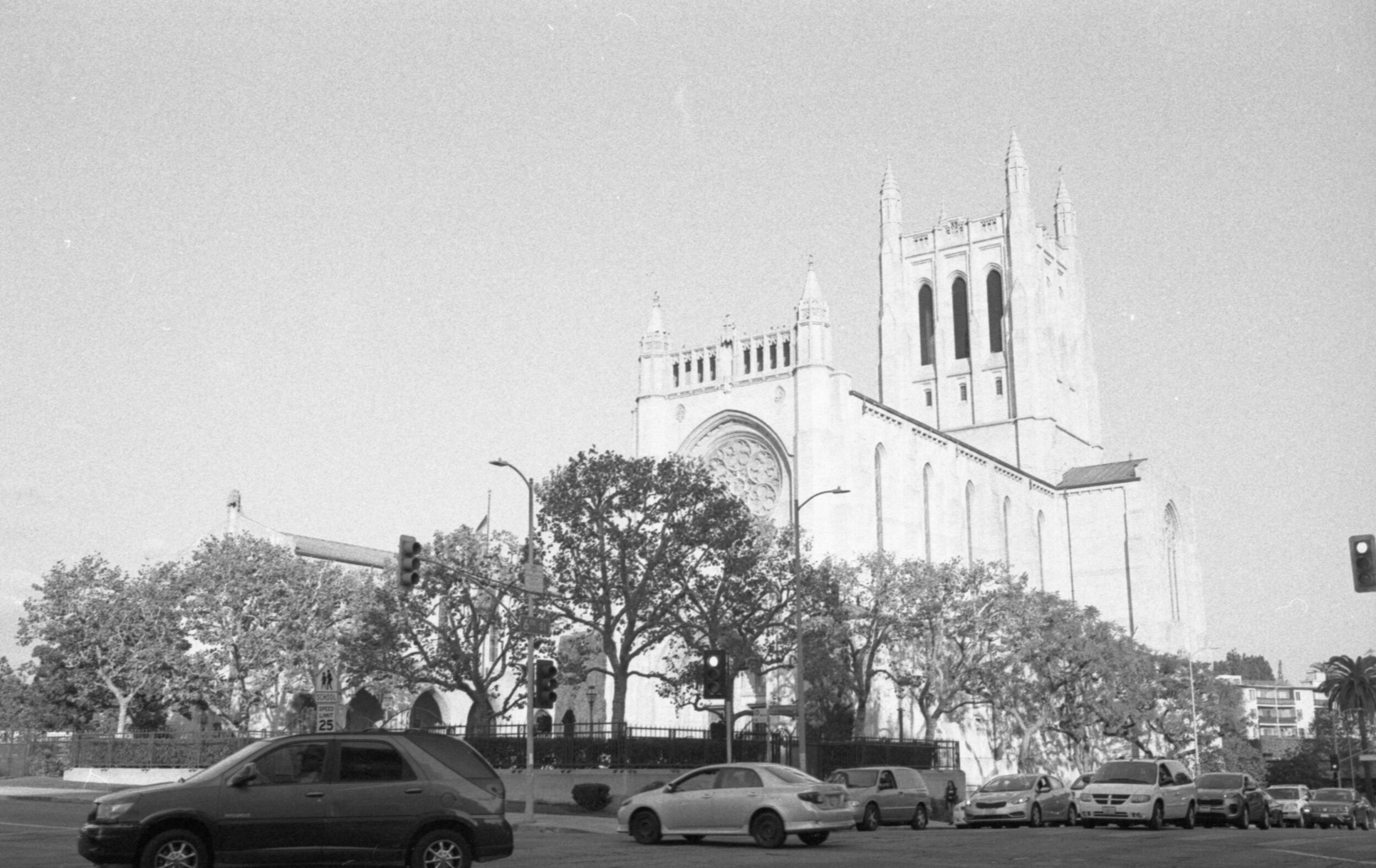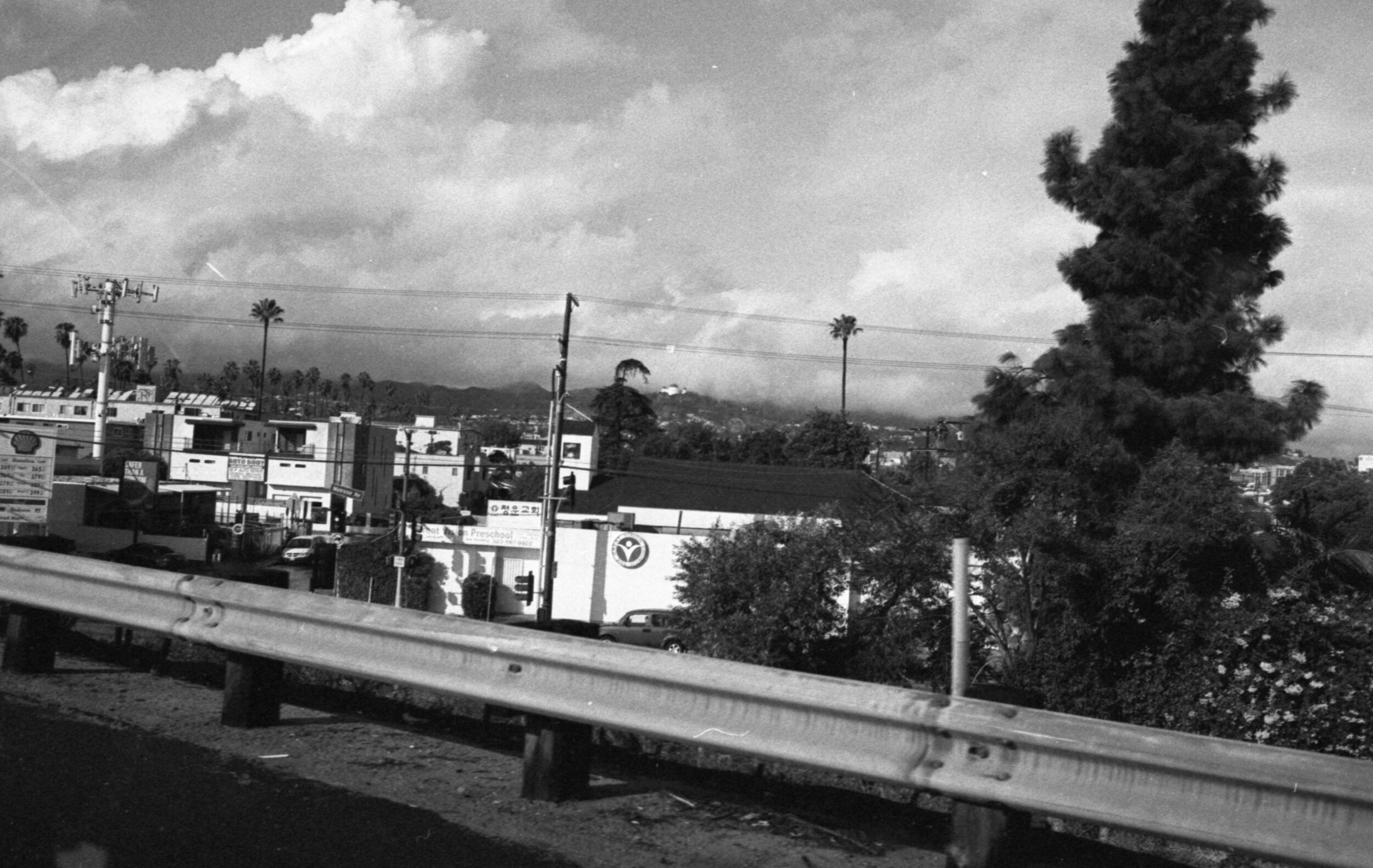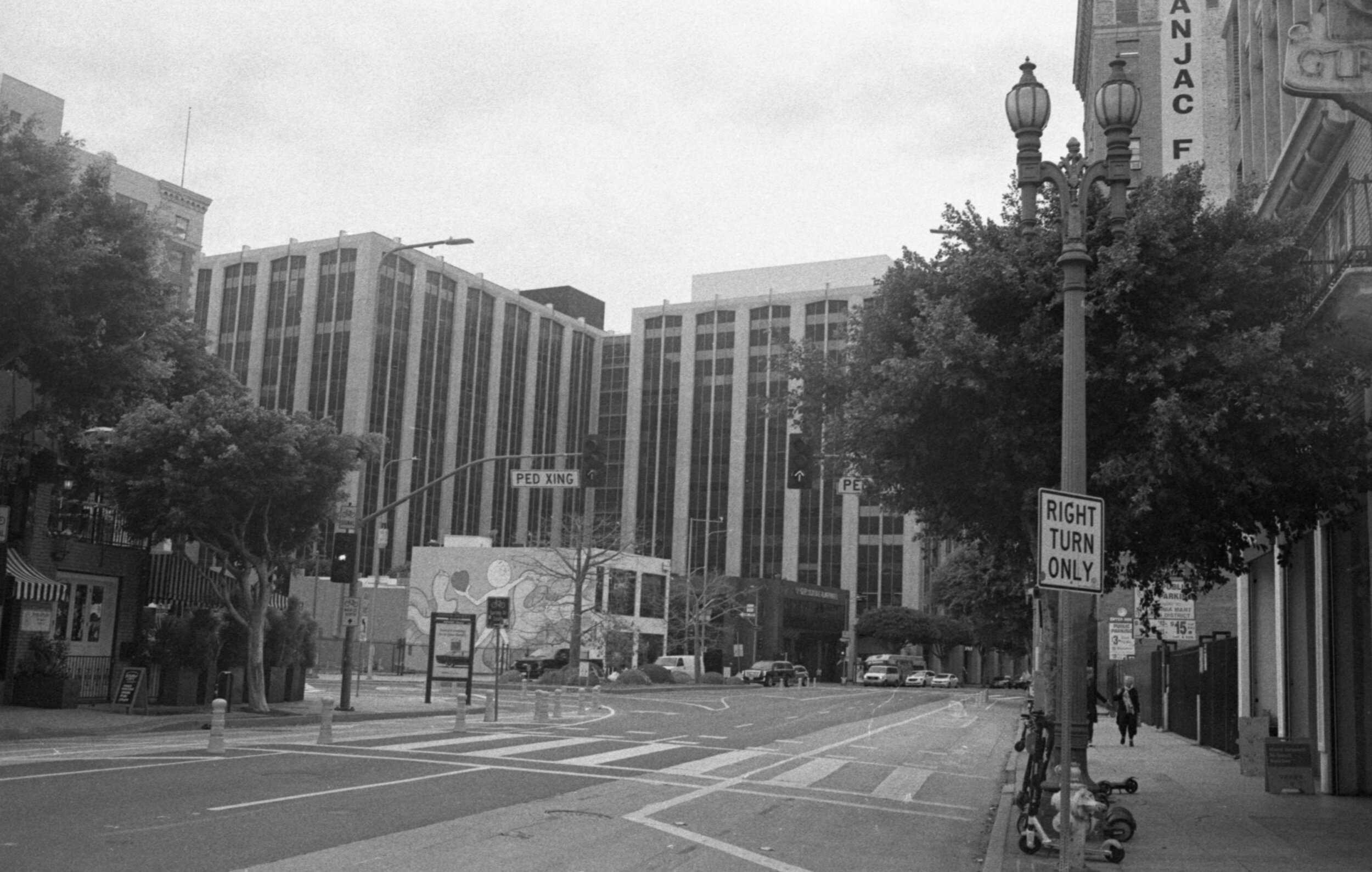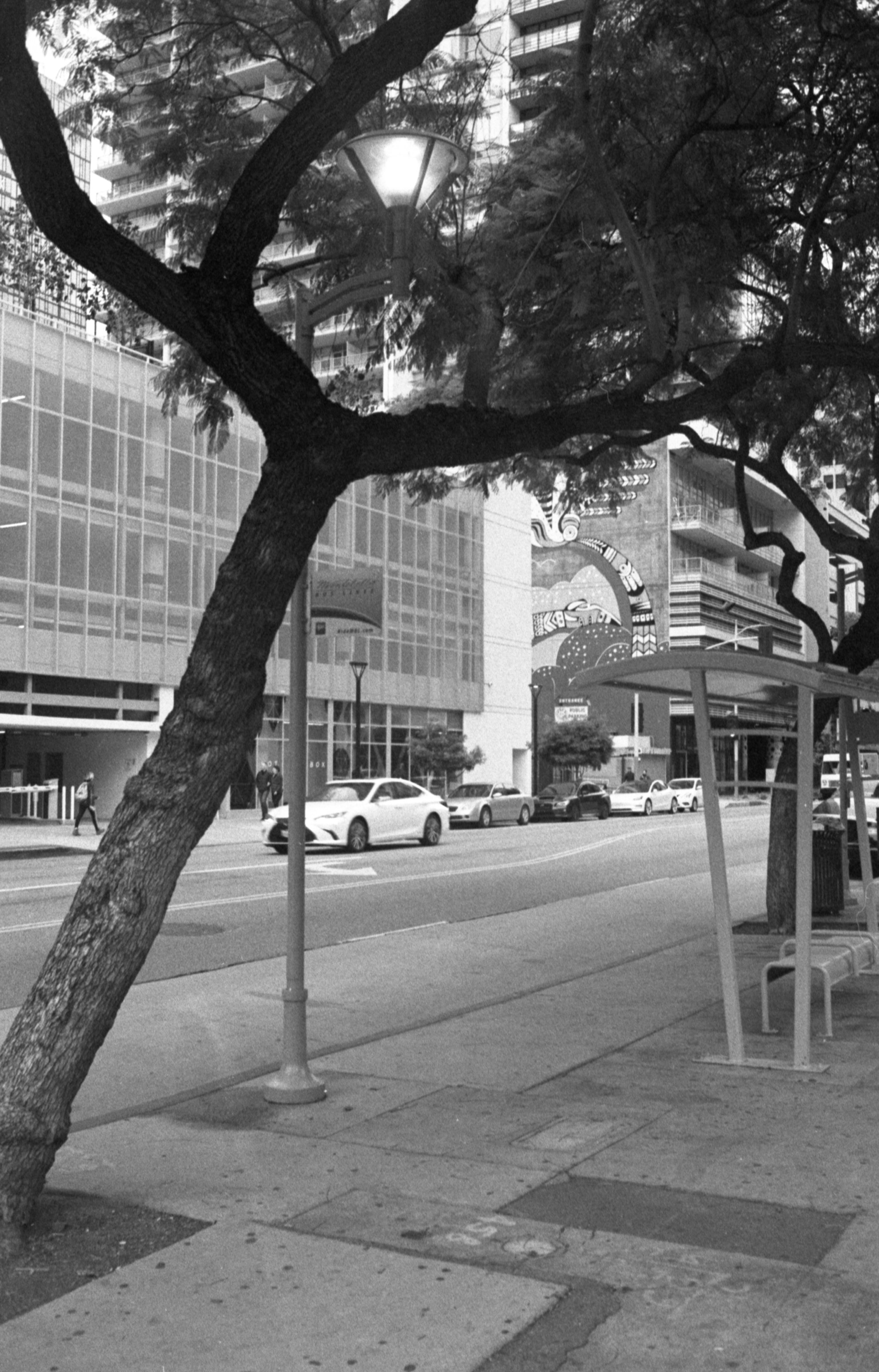What I learned shooting #11 - FOMAPAN 200 (35mm/120)
Pentax 6x7 -Takumar SMC 105mm f/2.4, Xtol 1:1 at 200.
I think I’ve chickenshitted around this review for three years now - if you’re coming here from instagram, and you’re a long term follower or person I talk to, drop a comment on how long I’ve talked about writing up a general overview of Foma 200.
Fomapan 200 is made by Foma Bohemia - I think that’s apparent from the name. It’s not an expensive film - in fact probably one of the cheapest films on the market. That being said I’d argue none of the Foma films are truly “budget films” - like, they’re not as sharp as newer tech films like modern Tri-X, HP5, or Fuji’s Acros - but they have nice grain (like the quality of grain is nice) and tonality overall - I have heard reports of Foma or the house rebrand - Arista EDU - having some quality control issues - but I’ve actually never run afoul of them, personally. I tend to think of Foma, and Fomapan as being “old tech” which accounts for its relative cheapness - where I tend to think of Kentmere and other Harman private label runs (Agfaphoto APX, Rollei RPX, and Adox CHS - Fotoimpex even outright acknowledges that Kentmere is the same film as those three lines) - as being markedly inferior versions of Ilford HP5+.
Foma 200 - Xtol 1:1 Minolta XD-11
Foma 200 is a bit of an odd duck even amongst the normal Foma line - it’s a half delta/tabular grain film (Think Kodak T-MAX, Ilford Delta 100, Fuji ACROS), but with the traditional grain of the other Foma films - so it has that “old” look. Add to that that the film is nominally rated at 200 - though Foma’s Netherlands distributor Fotohuis - pops up on almost any forum that the film is mentioned on and quickly discounts that rating, giving a nominal *actual* speed of 100-160 depending on developer - anyone who shoots the other Foma films will know that’s pretty much par for the course and be more or less unsurprised by that.
I’ve used the emulsion on and off for a few years now - probably at least the three I’ve mentioned here before - maybe longer - so this is probably a broader or less specific “what’d you learn.”
Foma 200 - Rodinal 1:25 - Minolta XD-11
Equipment Used:
(for those who aren’t familiar, or like me demand pretty much every possible vector for variation be revealed):
35mm: Minolta XD11 35mm Camera - MC-PG-x Rokkor 50mm f.1.4, and MD-W Rokkor 24mm f/2.8
Minolta CLE, with the CLE M-Rokkor 40mm f/2, as well as the CLE M-Rokkor 90mm f/4
120: Pentax 6x7 MLU, Takumar SMC 105mm f/2.4, Takumar SMC-II 55mm f/4 - final version, and the Takumar SMC 45mm f/4 - second version.
So, what did I learn shooting: Fomapan 200?
1. Rodinal isn’t an all purpose developer for 100ish iso films. Some of the Fomapan 200 is 35mm, some of this is 120. It should be clearly marked. I didn’t keep a good track of what I developed in (ie writing or noting everything on paper), but after deep frying (honestly, really just developing normally) some in Rodinal at one point - i’ll point it out, don’t worry - I found that Xtol was just a far far better developer for the film. Most of or all of the film was developed in Xtol 1:1, it’s a pretty broad testament to that developer - that being said, I think given the additional negative size of 120, the negatives from Rodinal would be less ugly in MF - though it seems to be the grain itself.
The key learning point here is that rodinal doesn’t work for everything - I mean, given it’s common knowledge that Rodinal is a rough choice for most films over 200, but on paper, one wouldn’t necessarily guess that a film with a rating of 200 box, and colloquially 125-160, or even 100 would look as rough or gross as it does in rodinal.
I’d chalk that up to being a tabular or hybrid tabular grain film, but across the board, I’ve found that against initial first thought, - ie rodinal is old and super low tech, tabular grain is new and shiny - that rodinal gets along well with Delta 100 and original Fujifilm Acros (miss me with that ACROS II shit) - I can’t really speak on T-Max.
Pentax 6x7 MLU - Xtol 1:1, shot at 200 pushed to 400/800
2. Sometimes the colloquial film speed ratings are actually right - or at least they usually are when speaking about the mainline Fomapan films (100,200,400). Most of the time I tend to balk at a lot of the conservative film-speed ratings for black and white emulsions given by the various codgers on the forums - they’re probably not wrong, but I value speed, and I don’t think there’s usually a big enough sharpness loss, to justify knocking at least half a stop if not more off my film’s default rating - typically because I like a ton of contrast, or nice dark black, I tend to overcrank (that’s what I’m calling it now - sorry Johnny Patience) my film where I’ll shoot it at 400 and develop way over to 1600, or 800 to 1600 or 3200, or even just go way out at 1600 or 3200, as the base speed. At any rate given my usual choice of developer (xtol, rodinal) film speed is usually more or less box, or me cranking the shit out of it for fun and profit.
However, in this case, as I noted before Fotohuis is actually correct - Fomapan 200 should probably be shot at 125 or 160, maybe 100, unless you’re doing it for effect. The dark, dark shots here are shot at 200, pushed to 400, or possibly even 800 - I don’t mind the push or the contrast, but like, some of it is a bit too rough for even me.
3. Medium Format (120 film) is better than 35mm. Controversial opinion to most of the other younger folks here, but to any of the adults, you know exactly what I mean. Don’t get me wrong, I have a deep, deep love for 35mm - I think in terms of practicality and daily use, especially for street photography, or projects where resolution doesn’t matter so much as being out and capturing critical moments is the key goal, it’s a much better system. That being said, negative for negative, once you get used to shooting and composing for medium format - because there is a learning curve, perhaps a longer one than one might initially expect - the images from, and negatives that one gets from medium format, just have a certain shine or sharpness, that can’t really be replicated by 35mm images - maybe some zeiss or leica lenses can render as sharp on 35mm as say a 6x45 camera -but I have a really hard time believing they can make the jump to 6x6 or bigger (prove me wrong).
Pentax 6x7 MLU - Takumar 55mm/4 SMC-II - Shot at 160, developed to 200
4. Rangefinders need calibration regularly, and so do their lenses. So, on a bunch of these (the Minolta CLE images), I got lucky because I stopped way down to 8 or further, which let me cheat the focus, however there’s sort of weird focus issues all over the place with a bunch of the images which leads me to believe, rangefinders can go out of calibration after a year, and even the lenses do as well. It gives kind of a neat infrared look - or there’s something else wrong here. I don’t think it entirely negates the examples here though.
5. Commitment to a system does pay benefits - I really like that all my photos look the same with the same system. It gives a better overall feel. I’m sure I’ve groused about this at length back on the Orwo N74+ “What I learned.” Luckily from years of shooting Fomapan 200, and in two formats rather than one,
6. Original Acros has no replacement - I had some film community/camera selling bigshot joke that nobody shot Acros, and that Foma 200 was a fine replacement from Acros three or four odd years back. I think I groused about it on my travelogue about Huntington Beach. I might delete that travelogue, but it’s linked here anyway. He was (is) wrong. He also looked like Varg Vikernes wearing a hawaiian shirt. Take that how you will.
Minolta CLE + Rokkor-M 90mm F/4 , Shot at 160, developed to 200+30%
7. I don’t know why I don’t just shoot HP5+ all the time. Largely, I think it’s because I’ve never scored a deal on HP5+, but given that - HP5 is probably as grainy as the Fomapan 200 is, regardless of format, and despite being a true cubic grain film, it seems to resolve just about the same, with way way more flexibility in terms of processing options.
Going back to systems, it might take some more time to get a really finely dialed in HP5+ system, but it seems like the payout is probably more worth it, - especially given you’re essentially adding two stops on with little to no downside - assuming box speed for hp5 rather than the practical speed of 100ish for Fomapan 200.
8. You can push a 100 iso film to 400. I don’t *love* shooting-to- push 100 ISO film, but it can be done. All the Fairground stuff is shot that way - and it turned out alright. It definitely could’ve used more exposure in some places, but it’s not completely unacceptable. I mean, I guess I technically push Acros (Original) - but at the same time my process is a weird semi-stand thing, so it doesn’t *feel* like pushing.
9. I don’t write these reviews for any kind of deep fulfilment, or because I’m actually trying to be useful to anyone other than myself, it’s mostly to force myself to review my process and photos at length - ie “am I making photos that I want to make,” “are these photos showing enough progress?” “Did this piece of equipment work well for me? Also to boost my SEO presence. Sorry. If you’re reading this, there’s about a 50/50 chance you’ve become accustomed to that.
10. I don’t know why I don’t just commit to shooting HP5+ for all my black and white stuff. I don’t really give a shit one way or another about grain, I want my contrast to be dialable rather than bricked all the time, and more often than not I end up needing the two extra stops, minimum.
Minolta CLE + Rokkor-M 40mm CLE - Shot @ 100, developed to 200+30%
Slipping into actual review territory for a half second:
-- The film is fine, like, I’d probably rather shoot it than t-max, maybe Delta 100. I think it’s a bit neutral toned for me, though the new auto algorithm for Epson Scan 2 is a ton contrastier. That being said - I don’t think Foma 200 is totally right for me - it’s not a bad film overall though, like if you like what you see, and you like the price point, it’s honestly, a solid choice.
If it makes it sound like this film is bad - it really isn’t - both of my actual dedicated travelogue zines were shot on it (in 120 format) - and while I think I’ve improved as a photographer and scan technician since I shot, developed, and scanned the film - I think the film performed perfectly adequate - and I’d probably pick it out over any other 100 iso film currently on the market.




